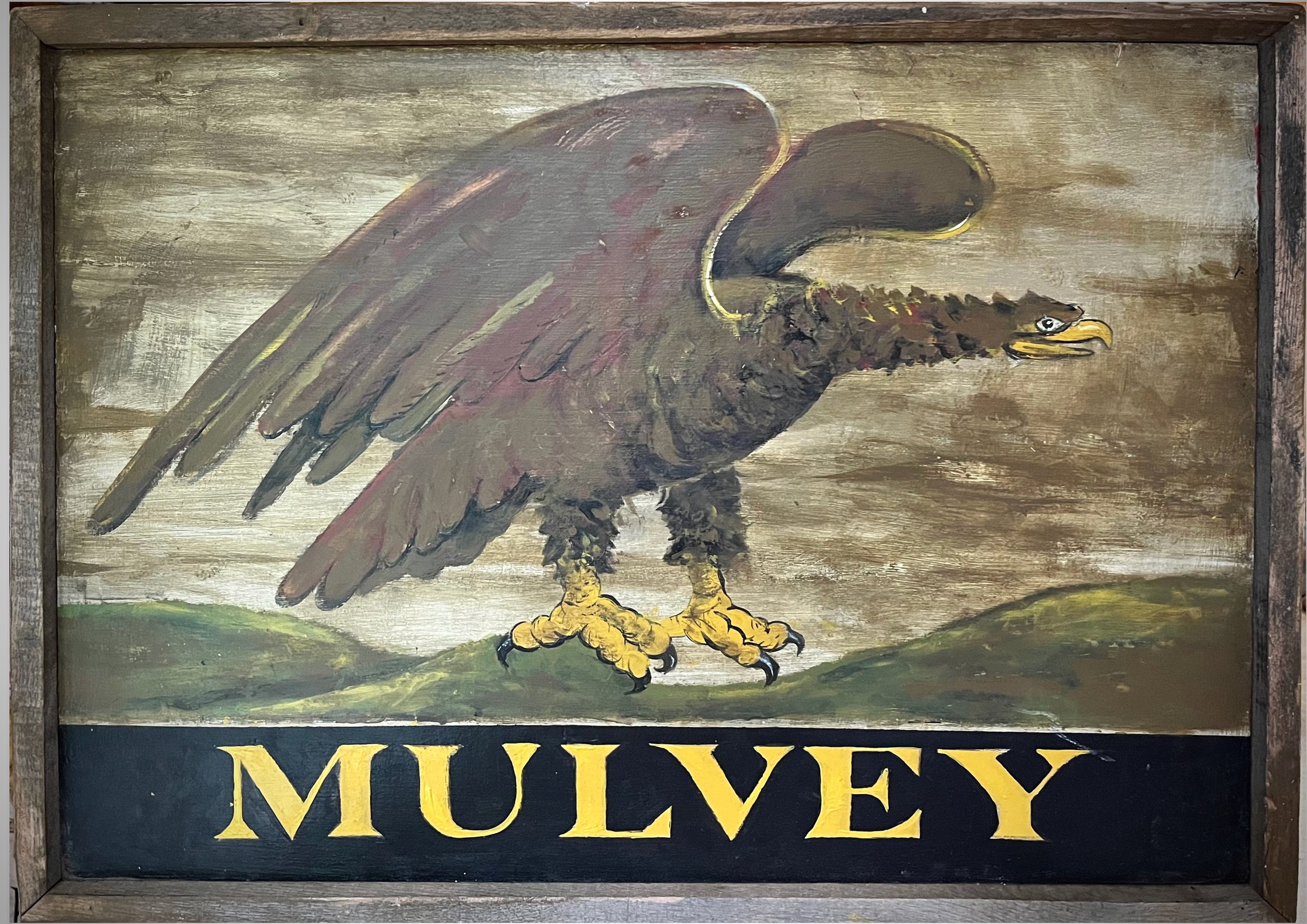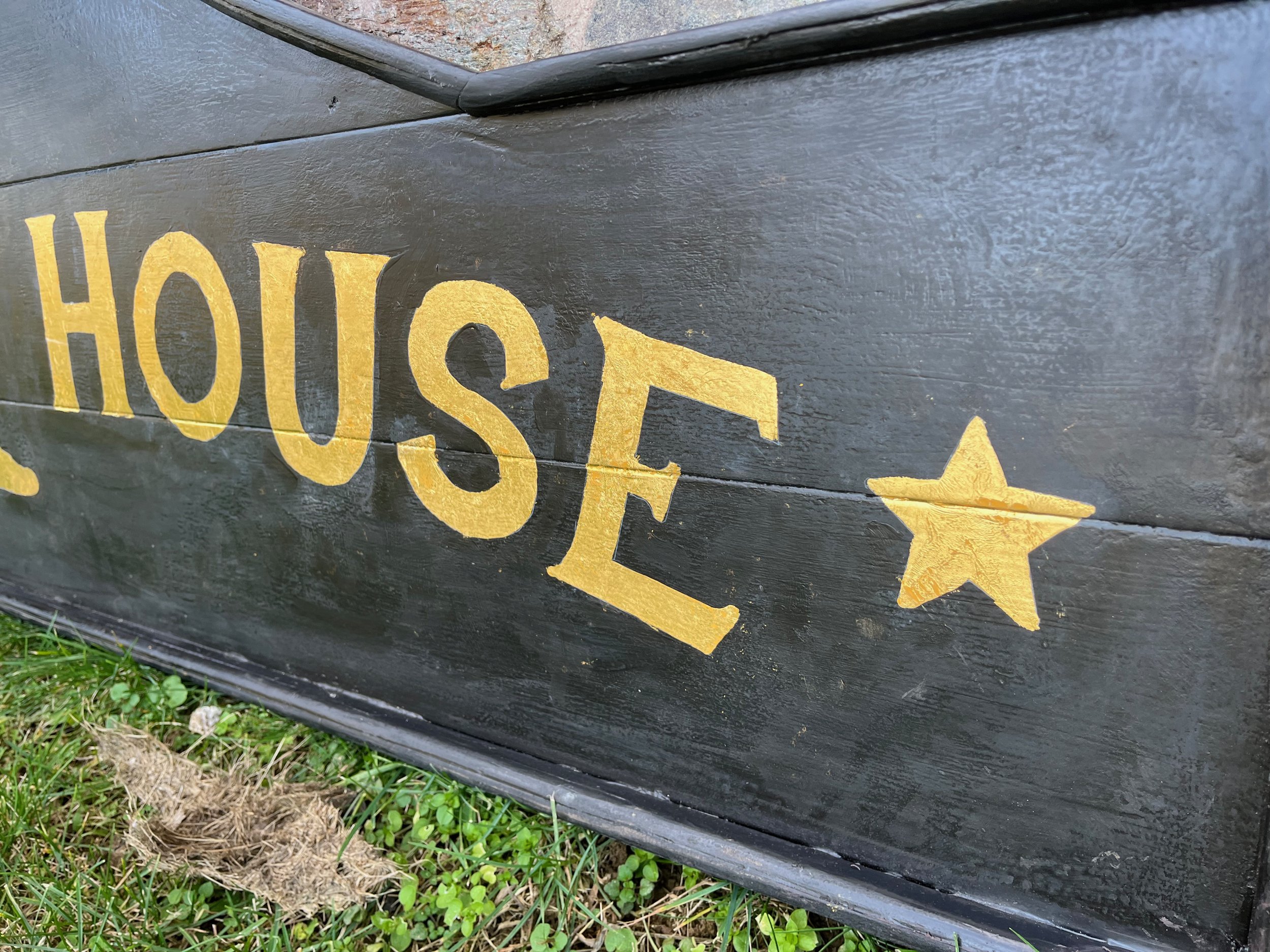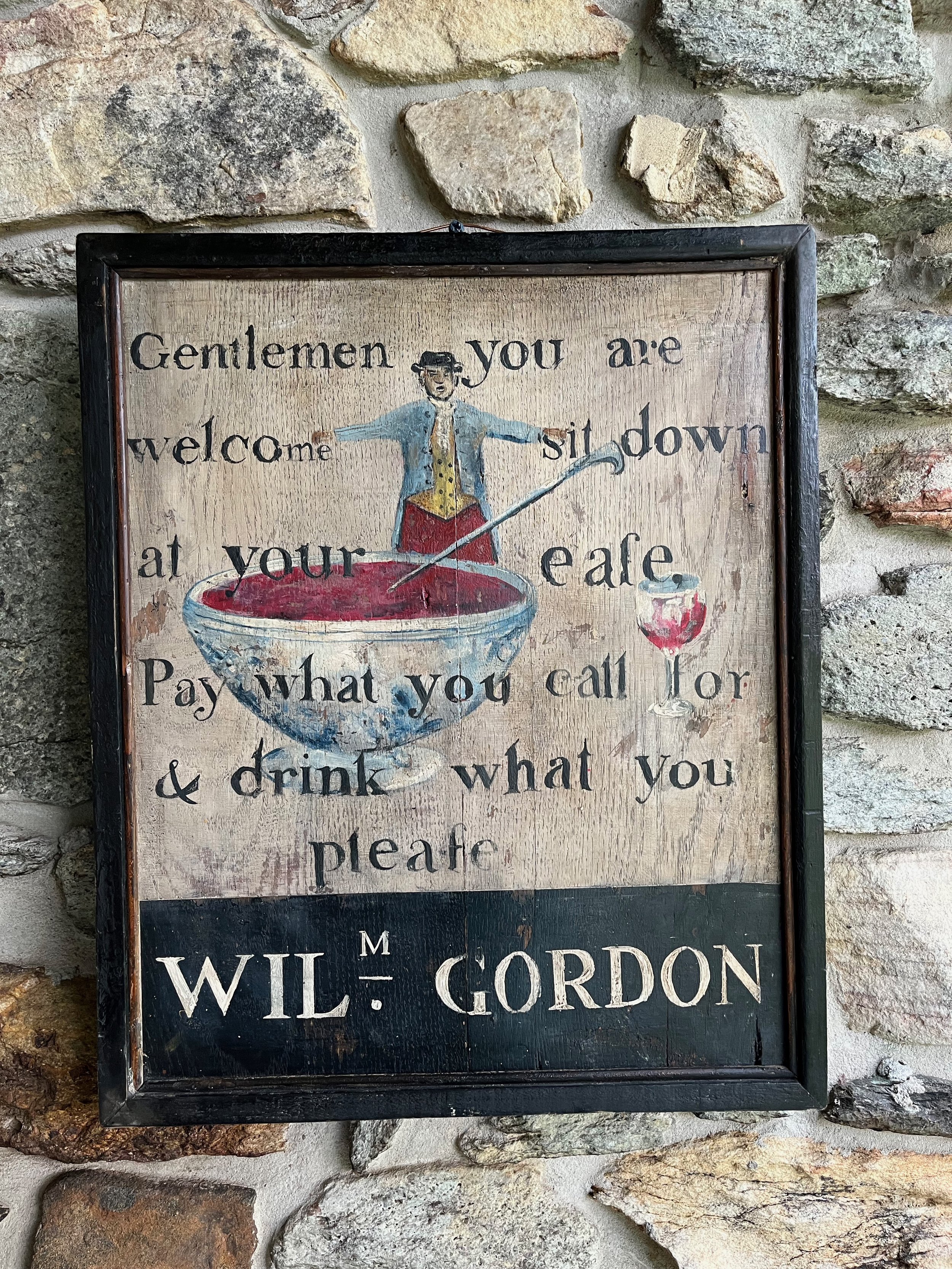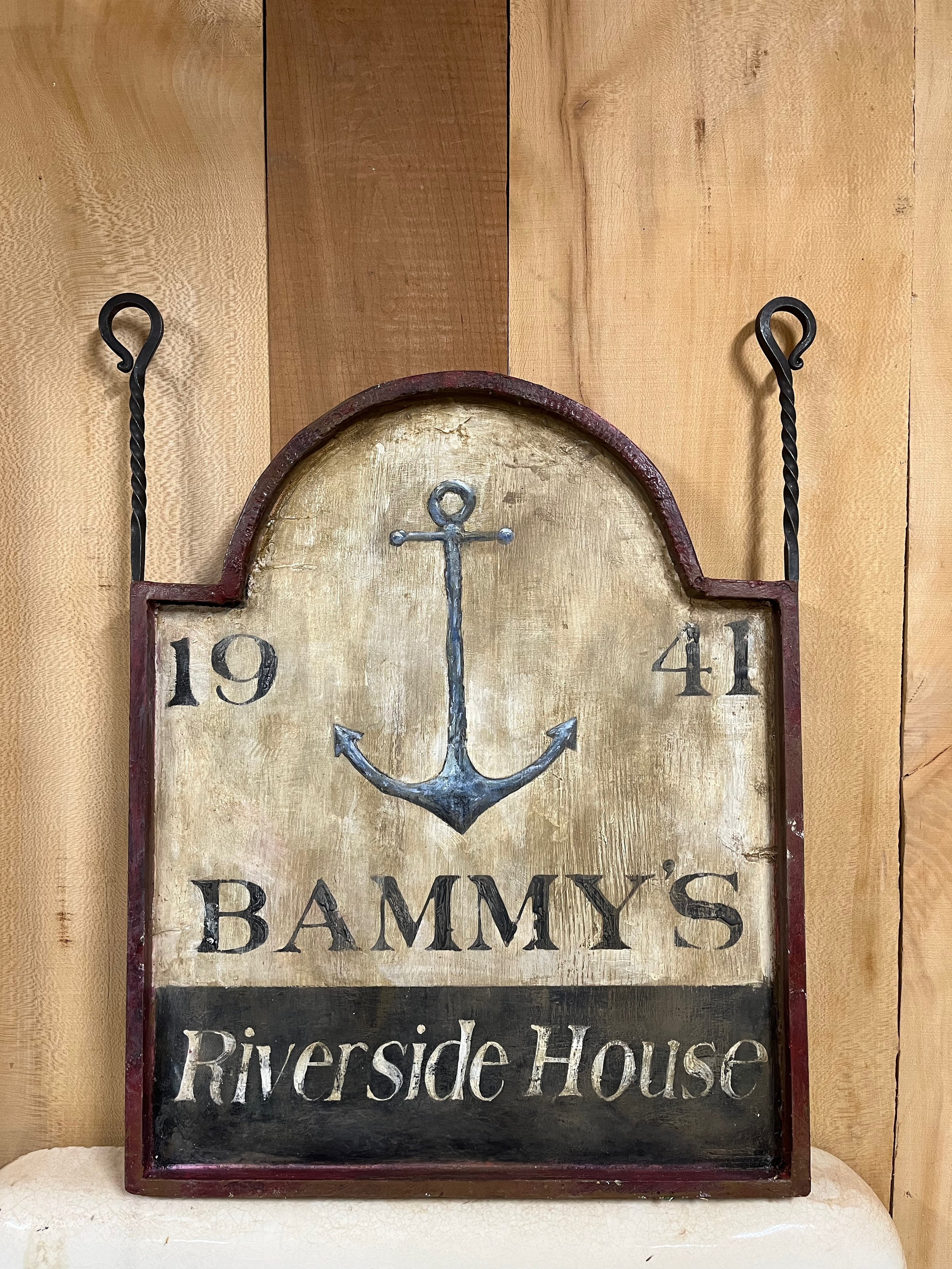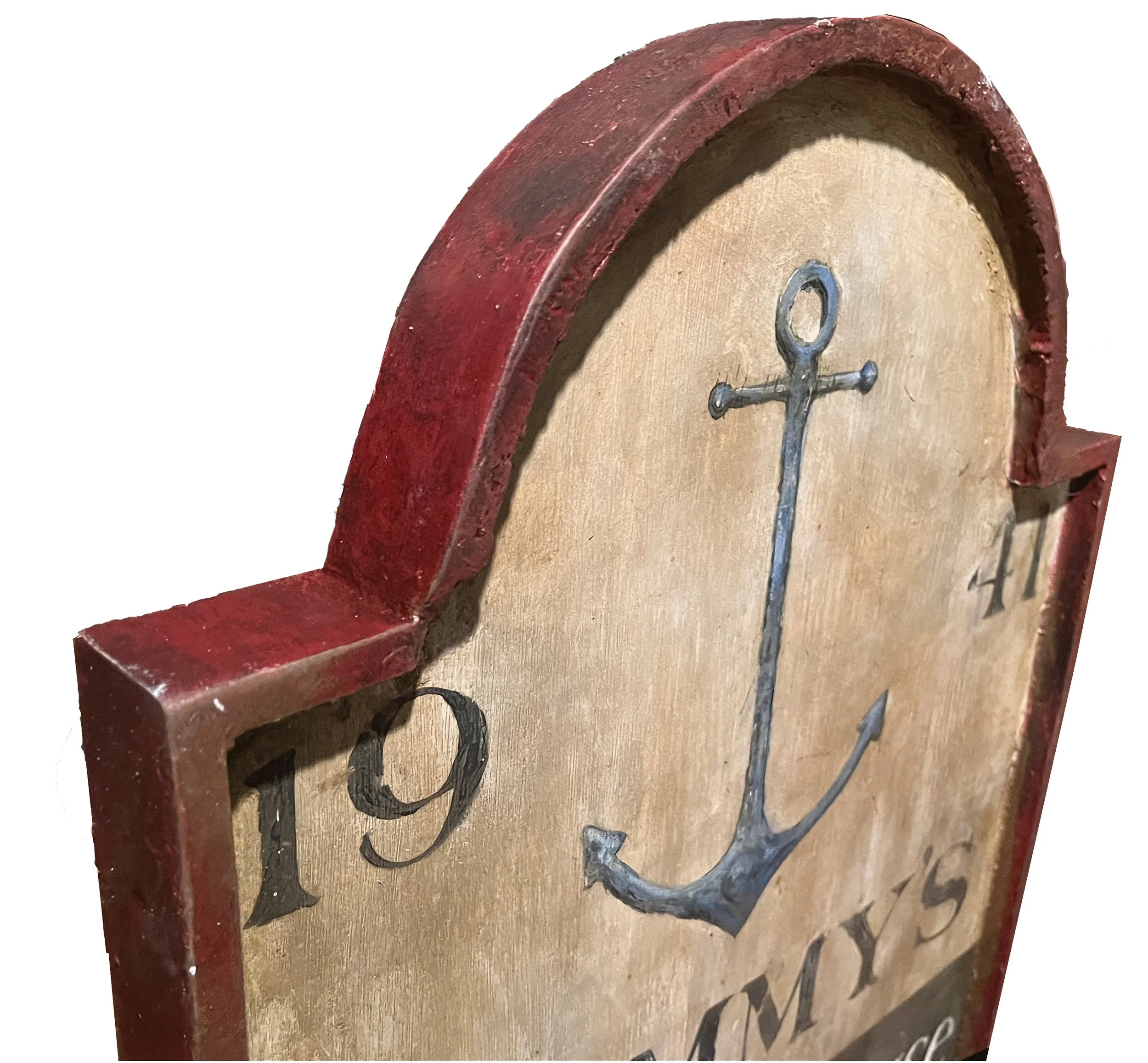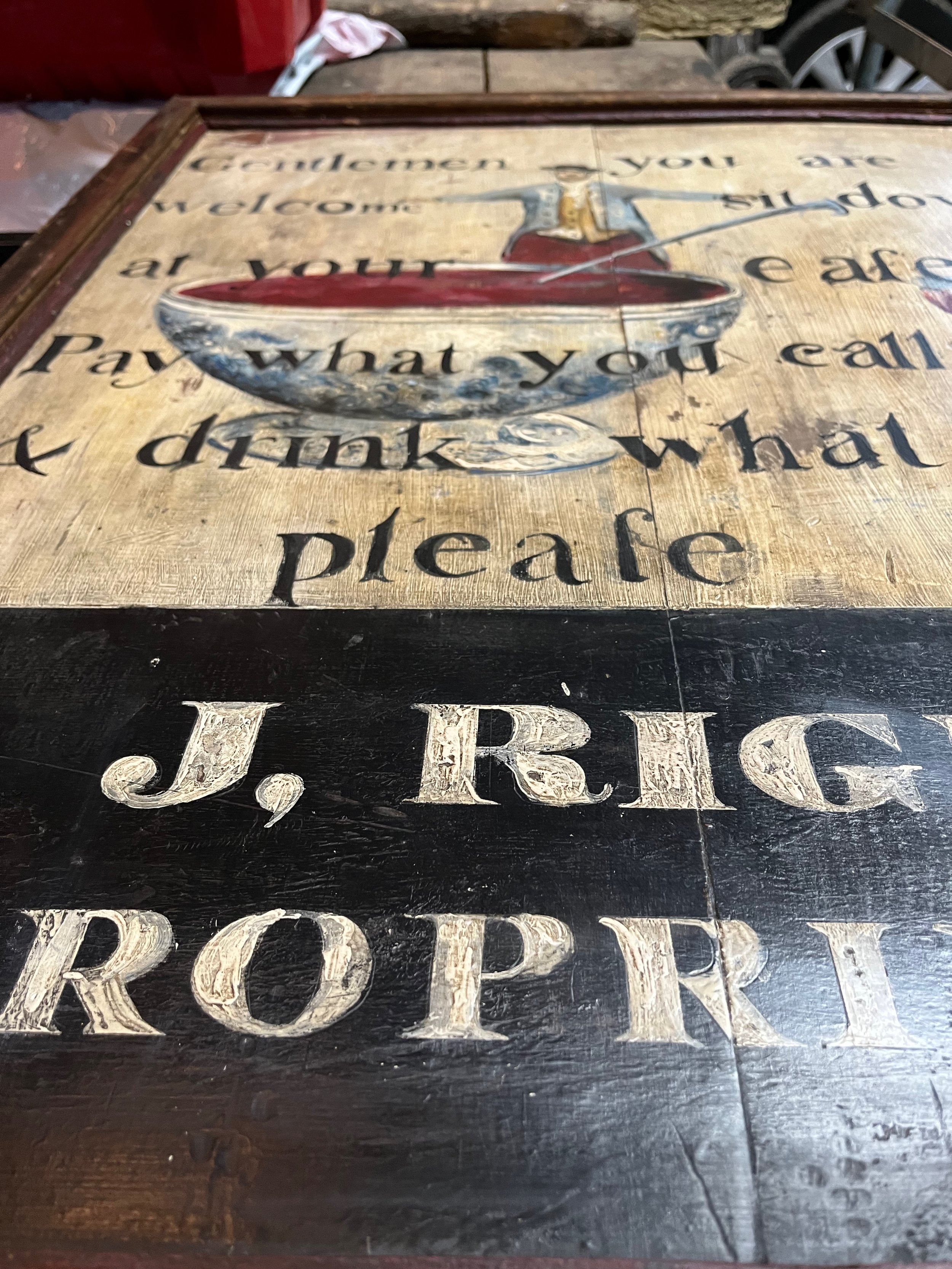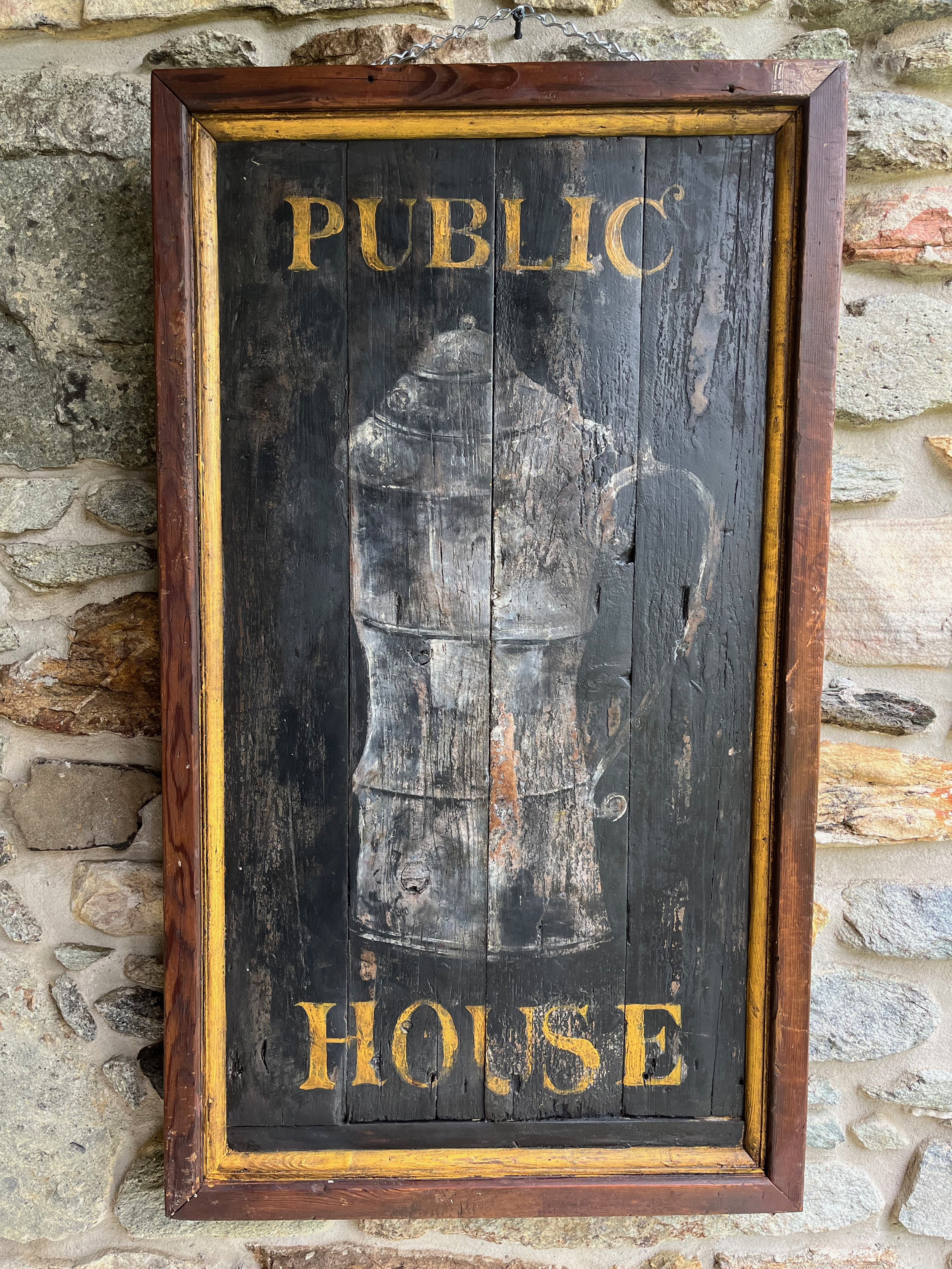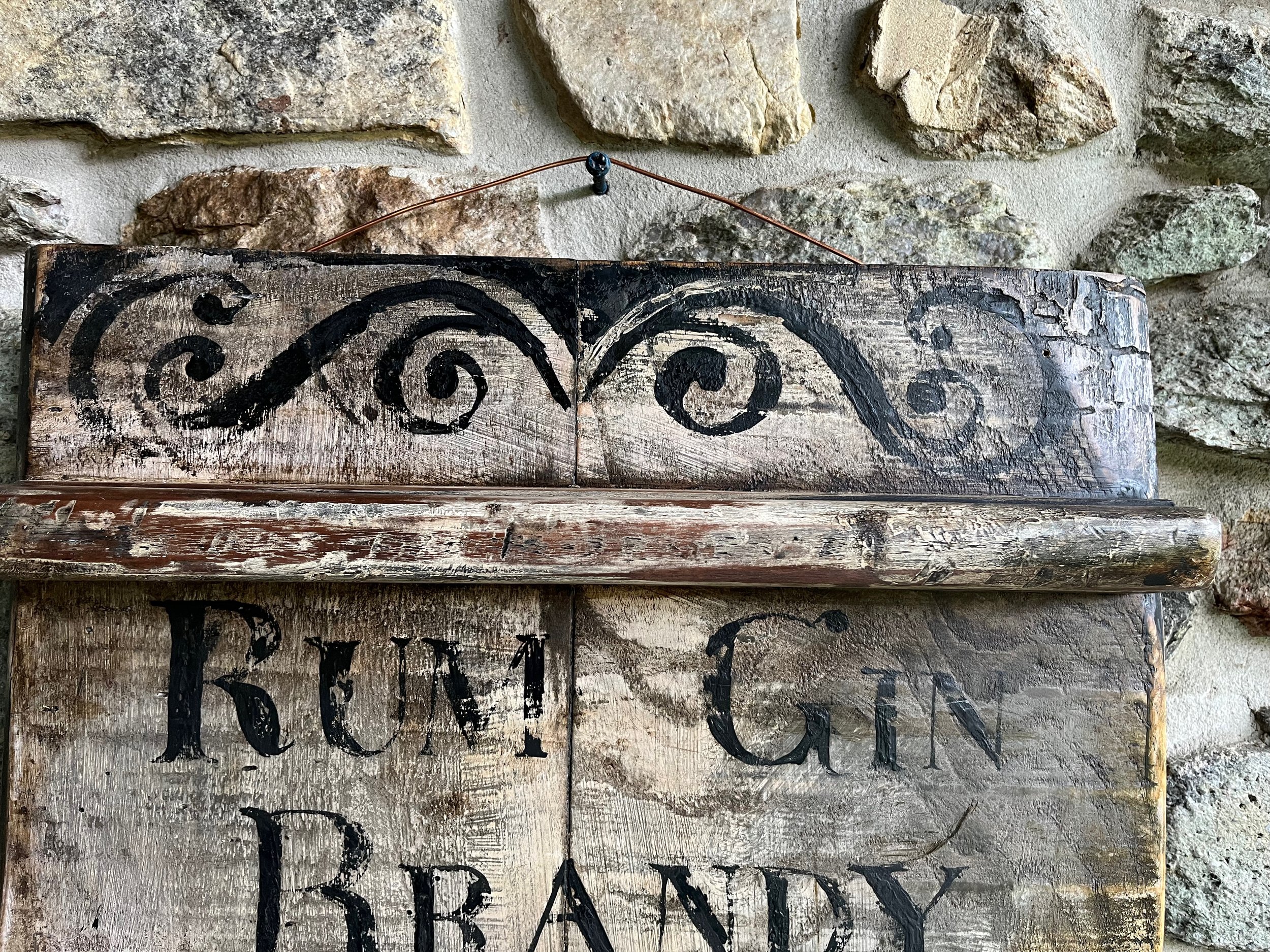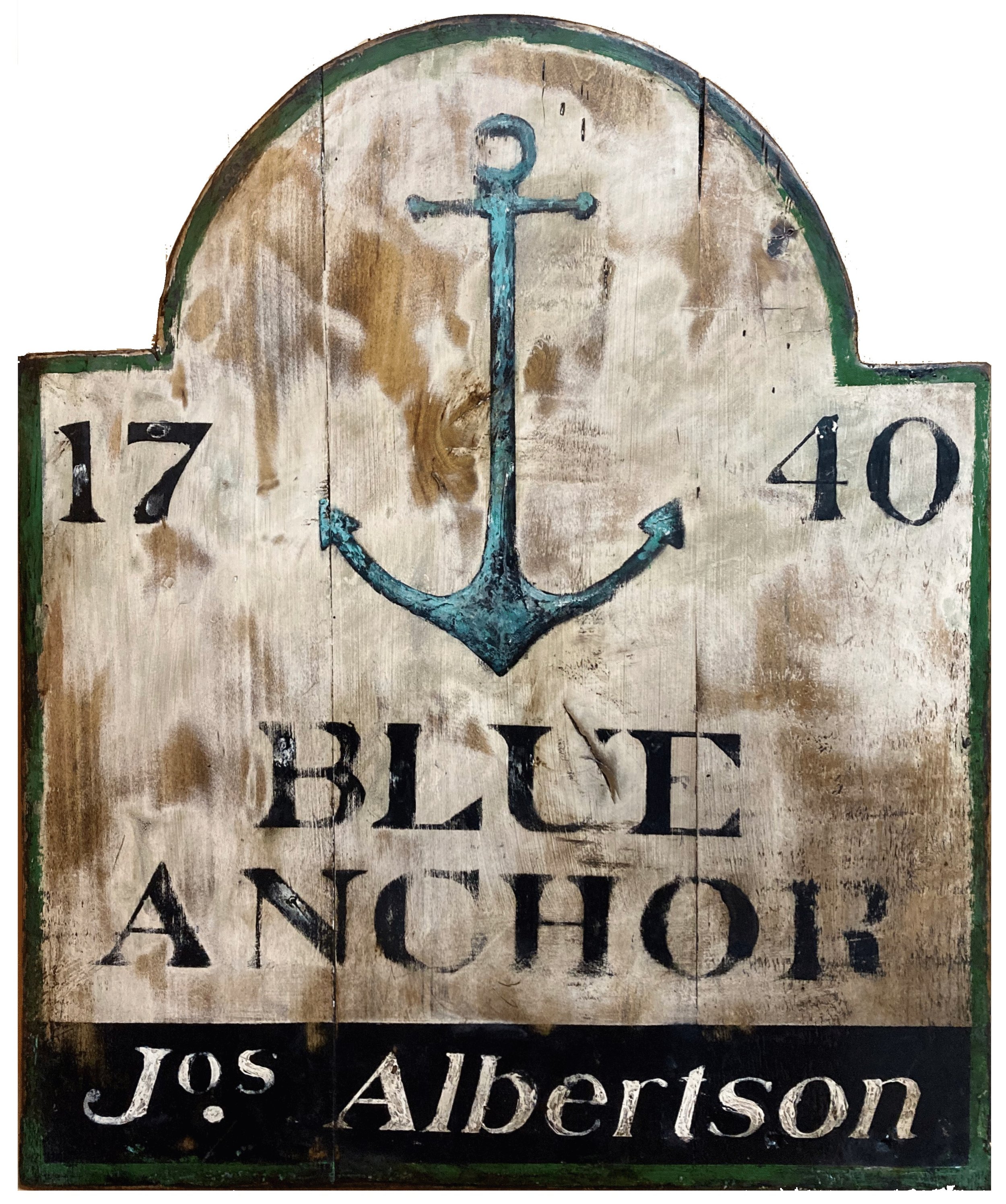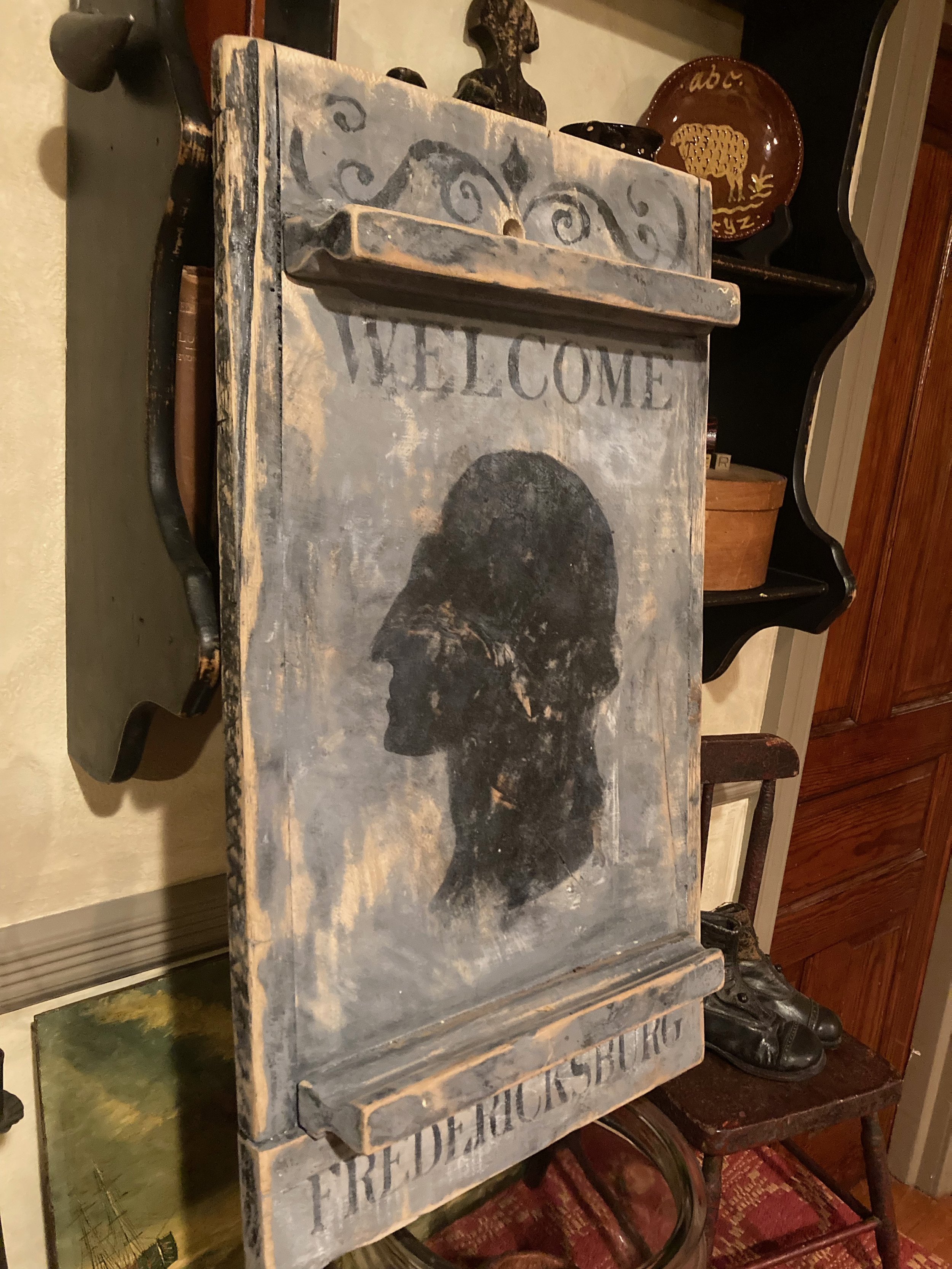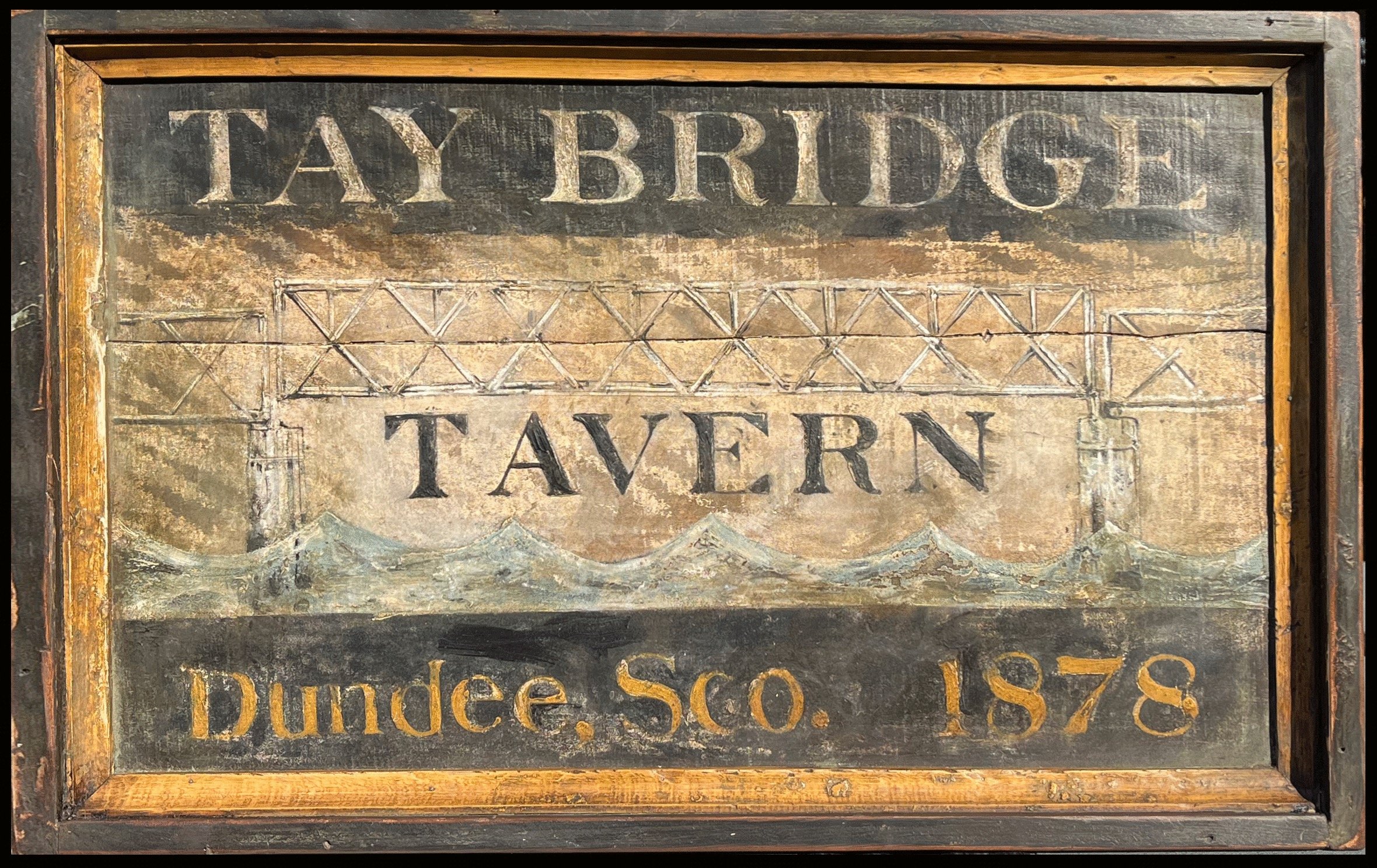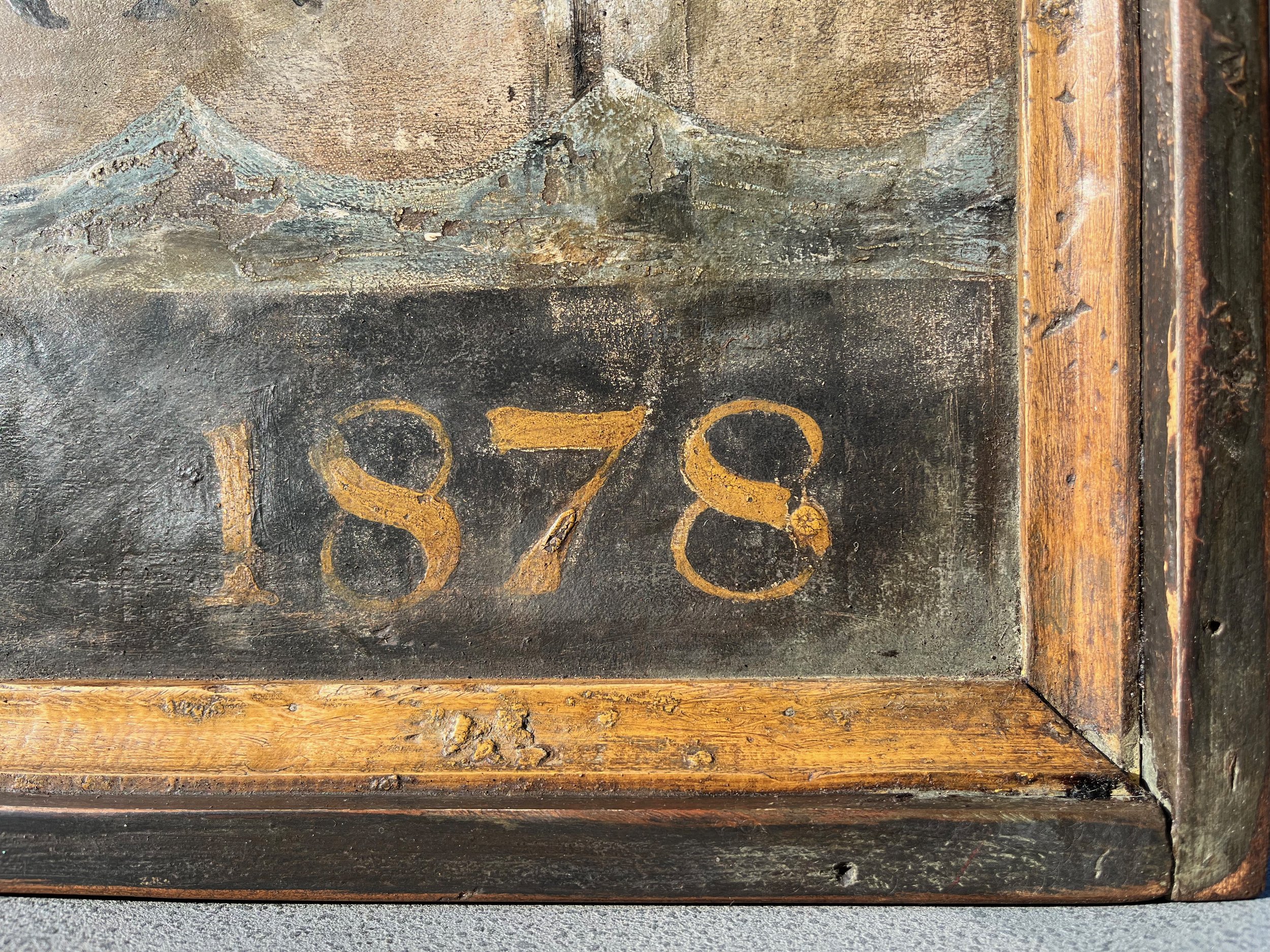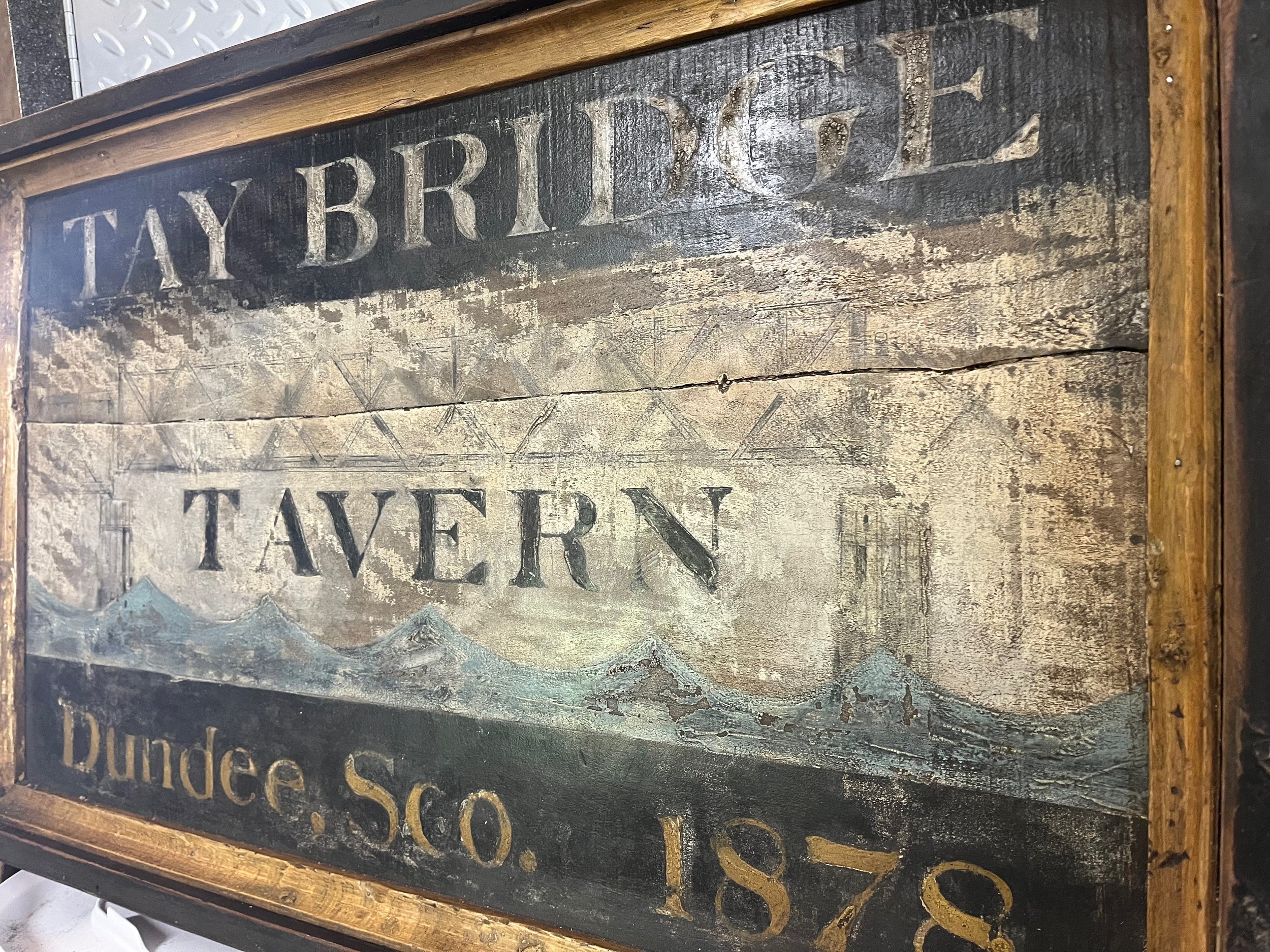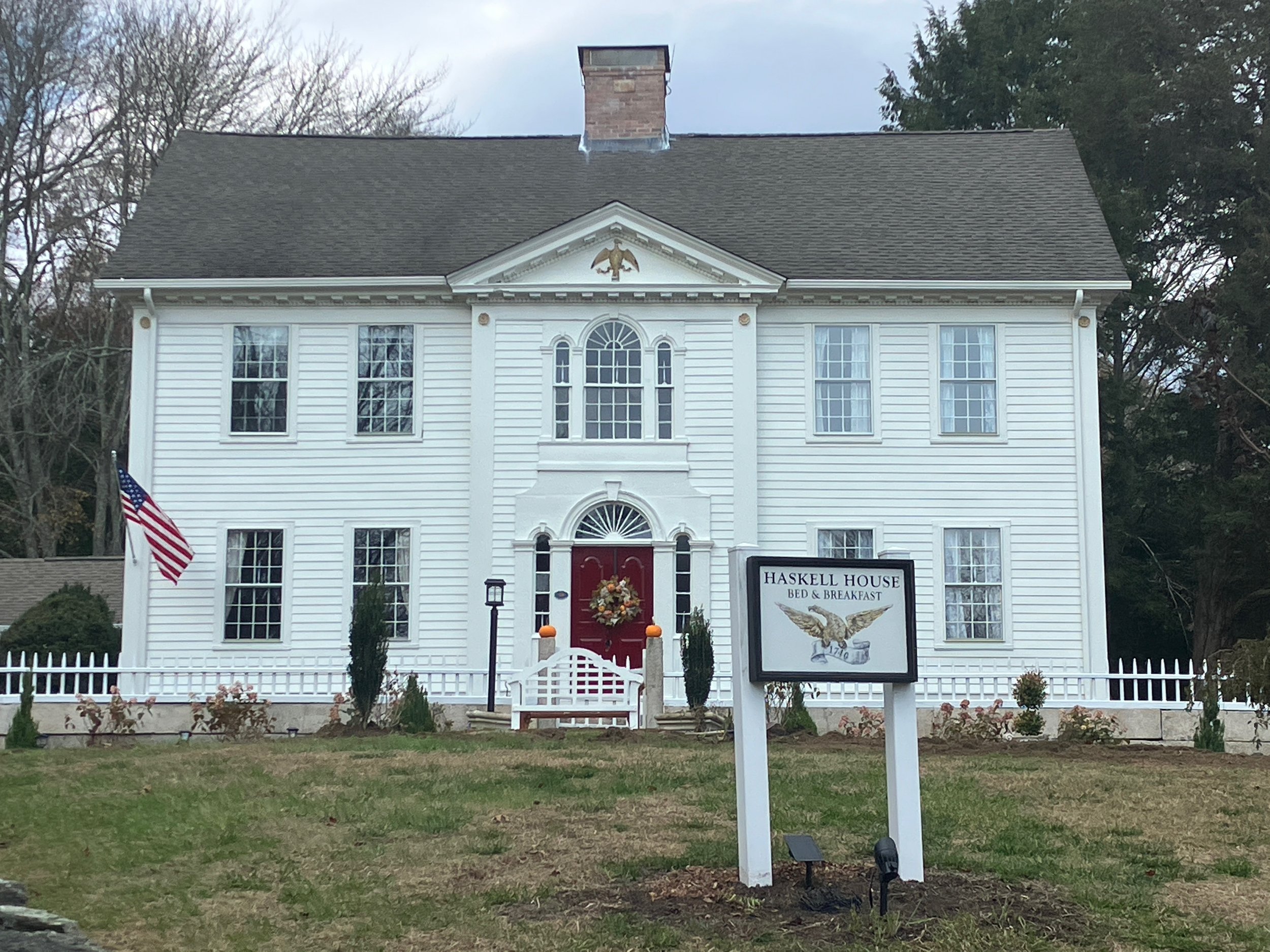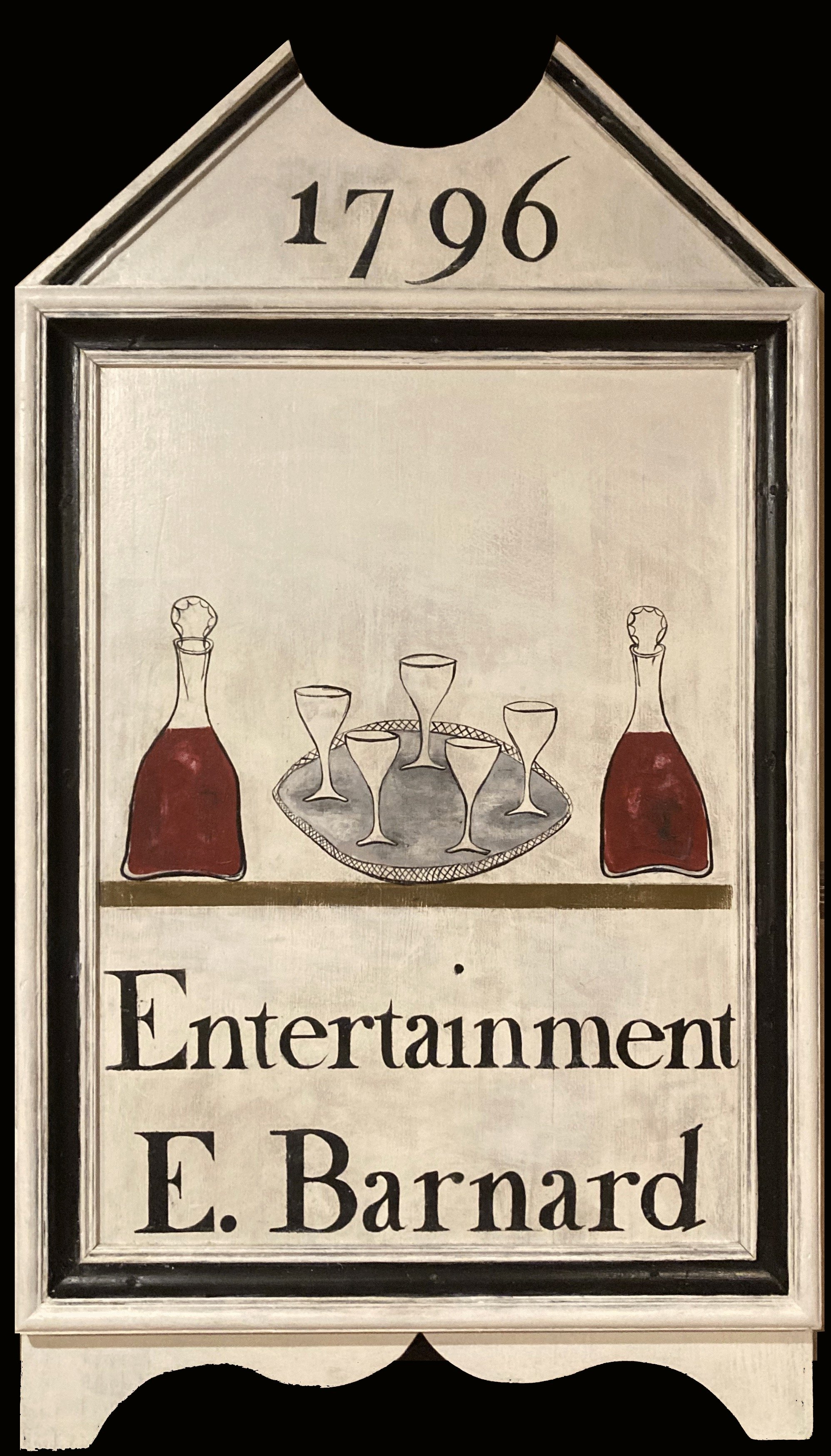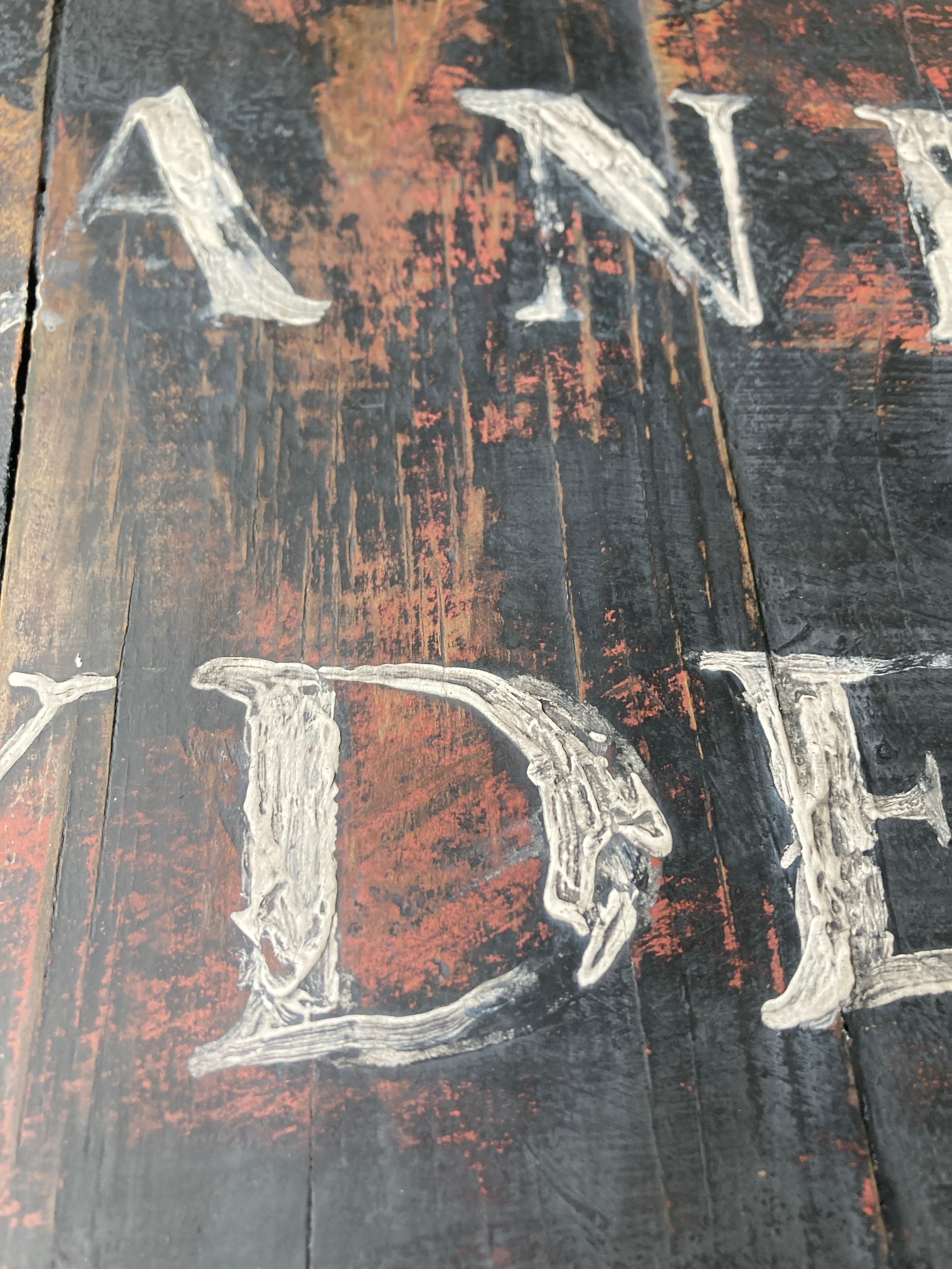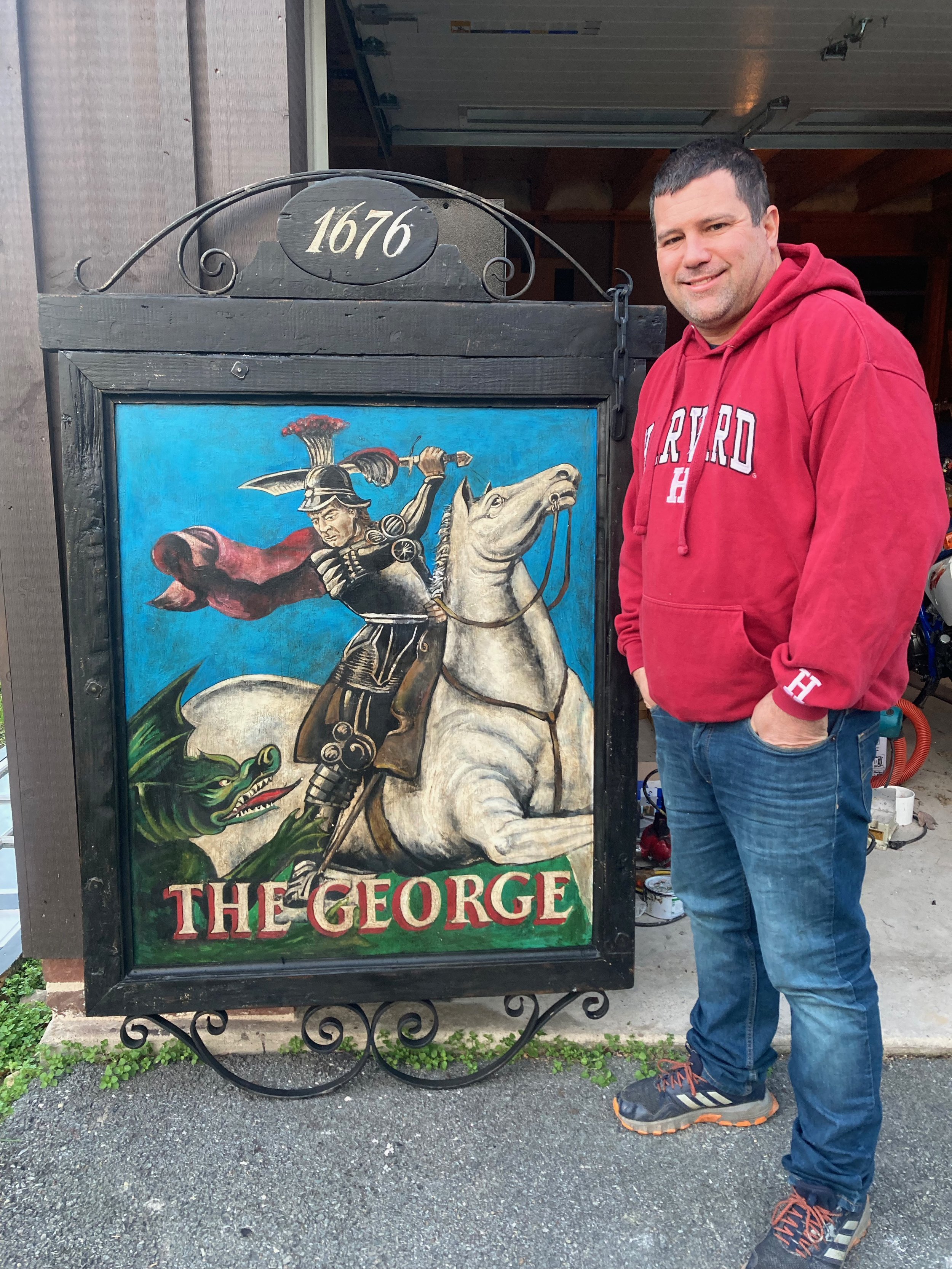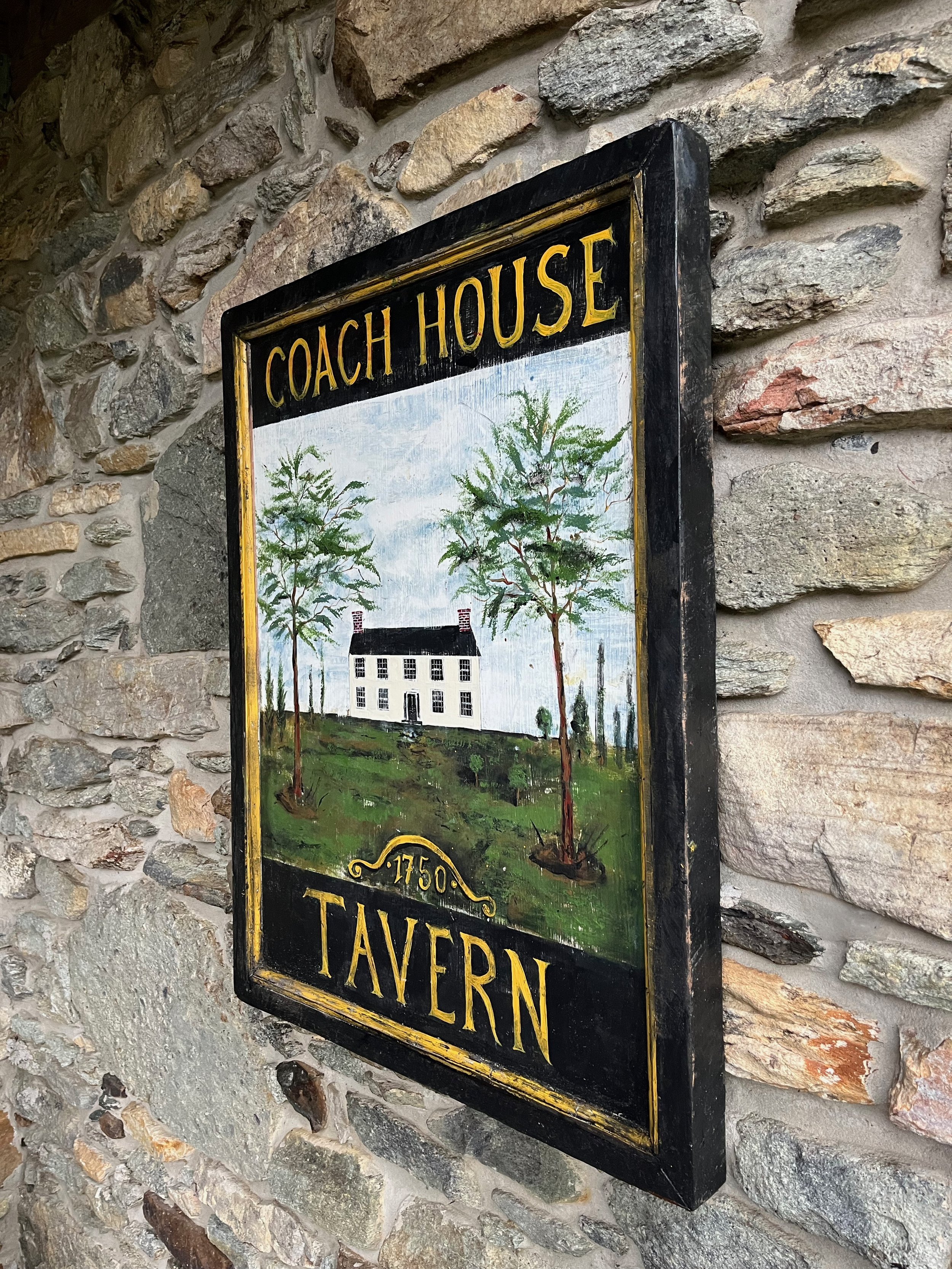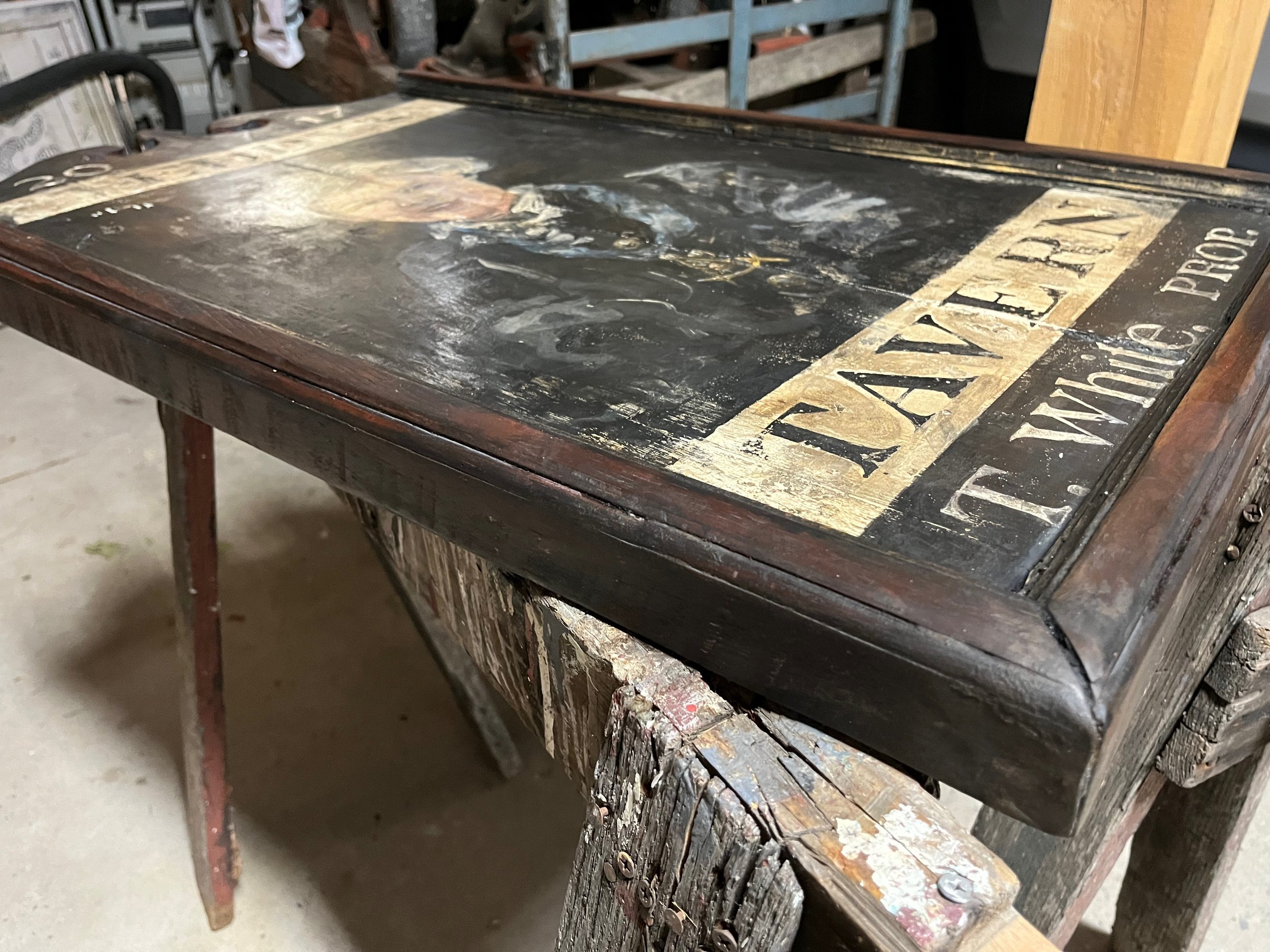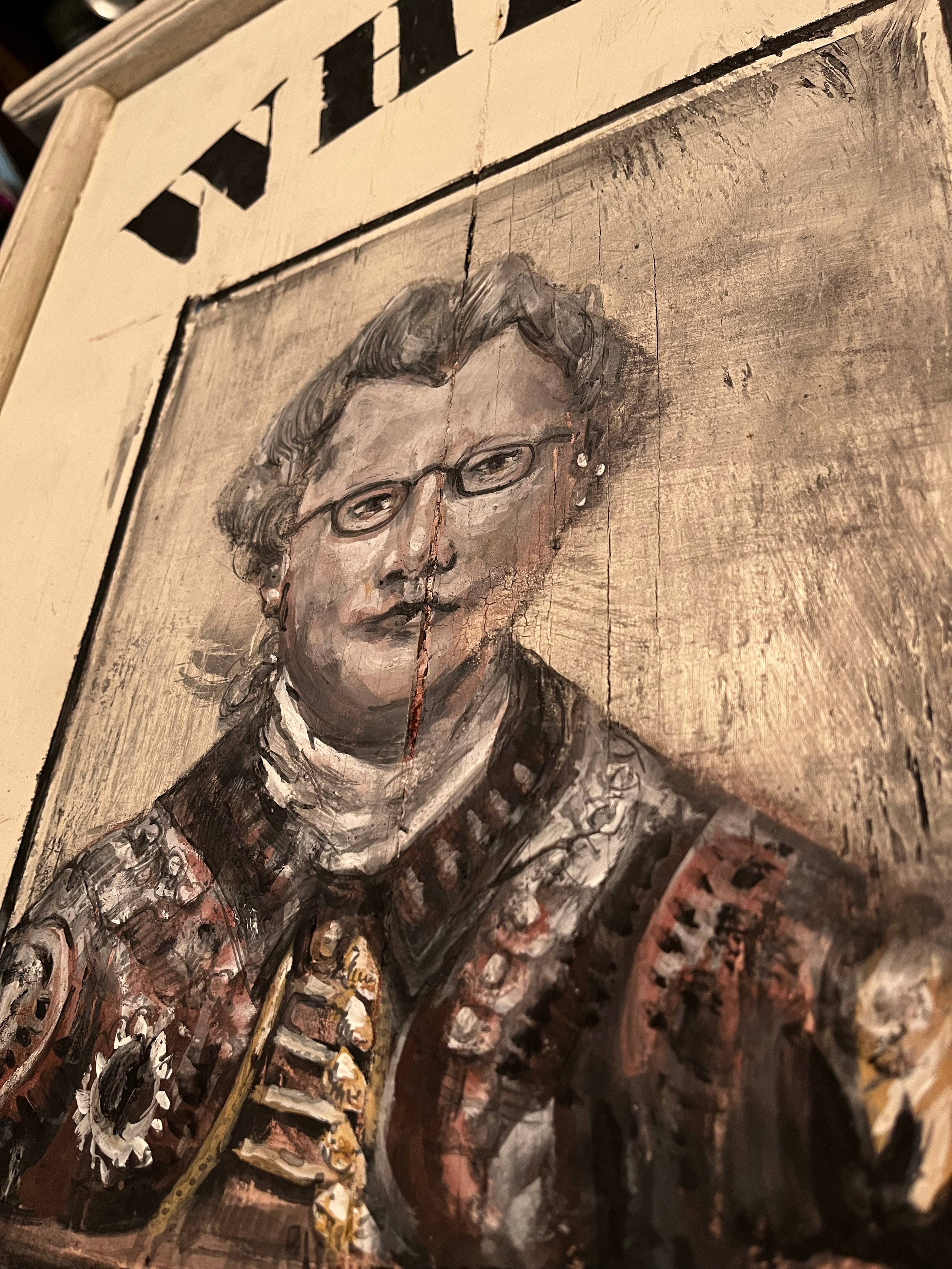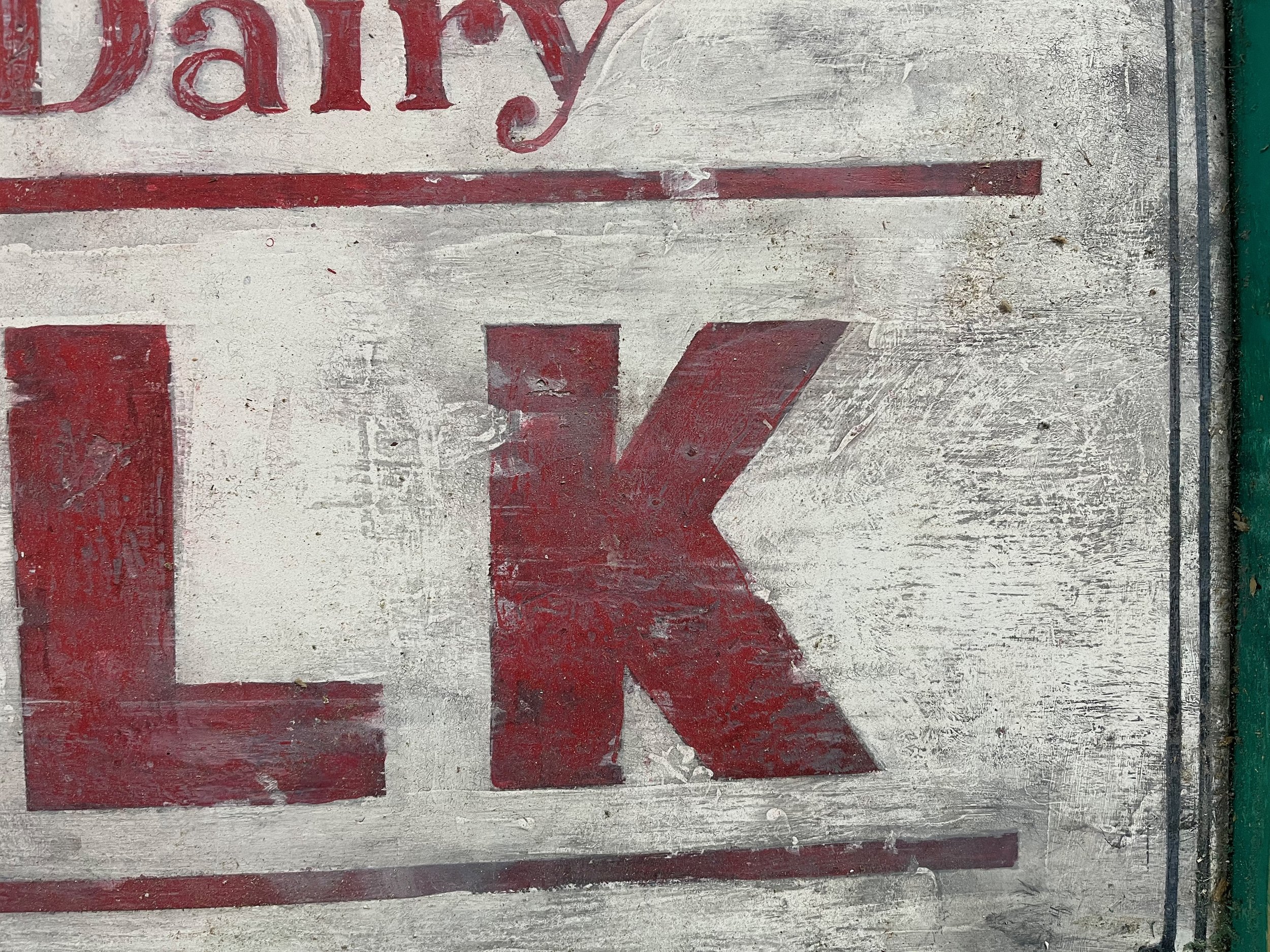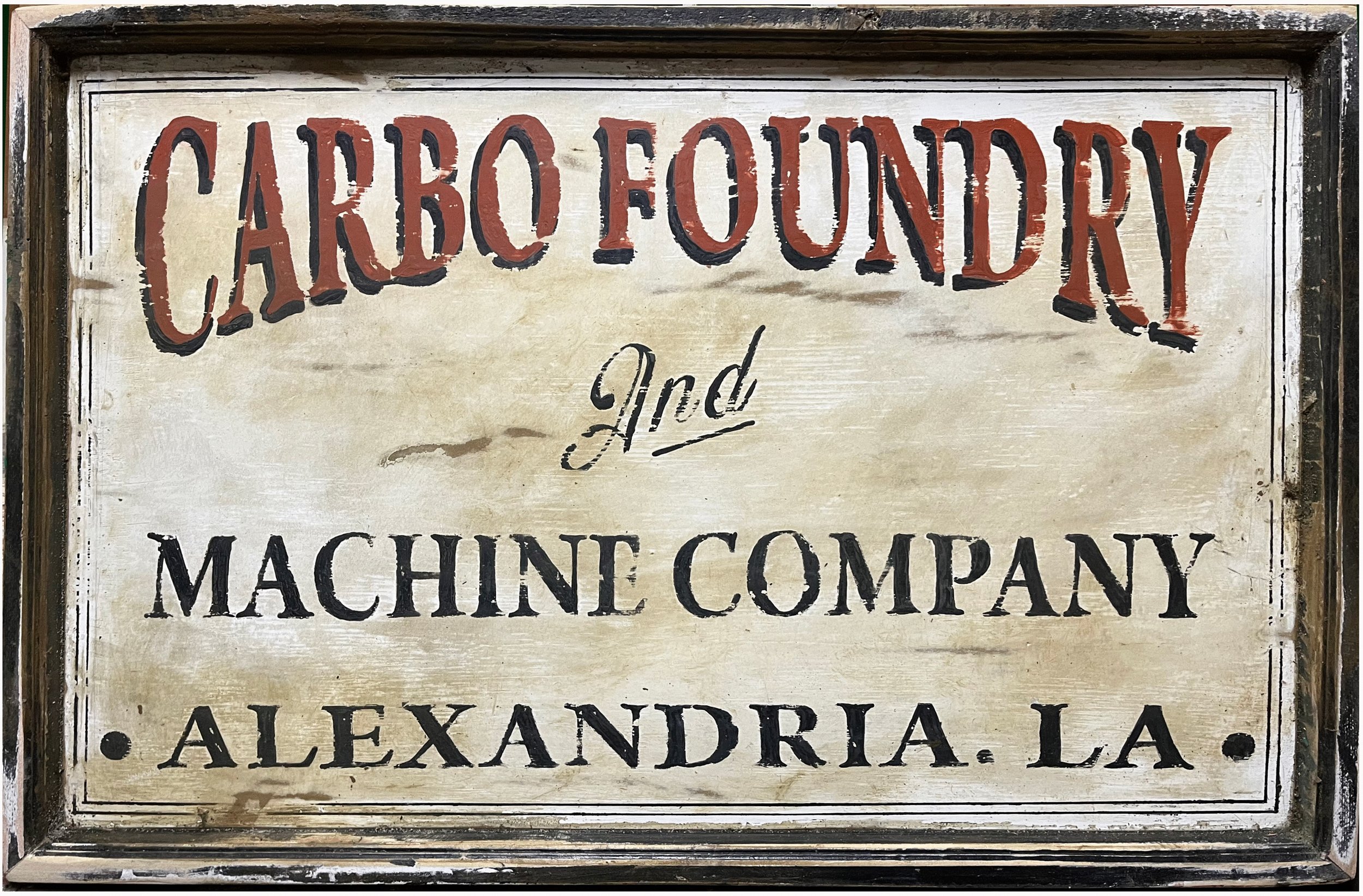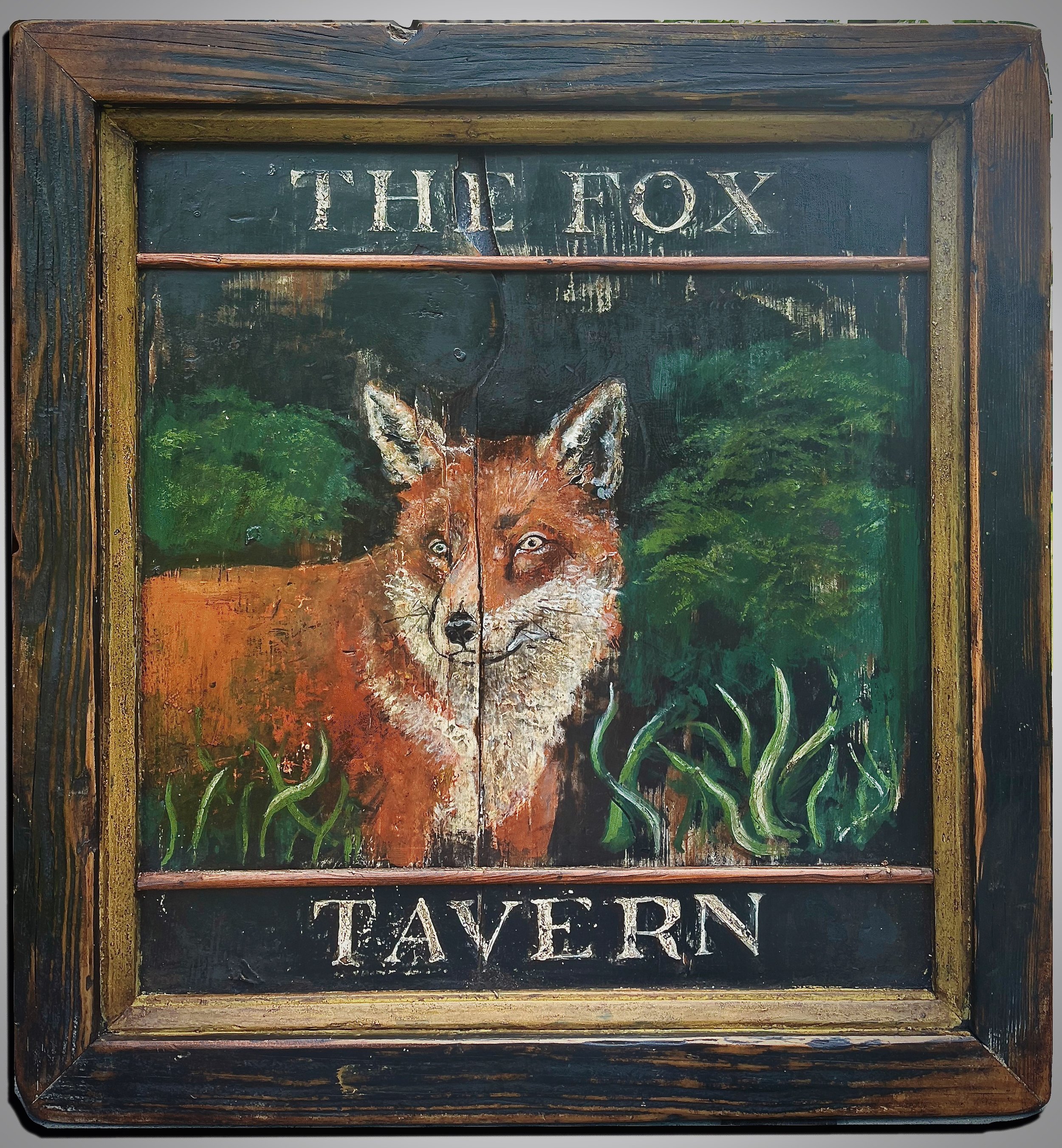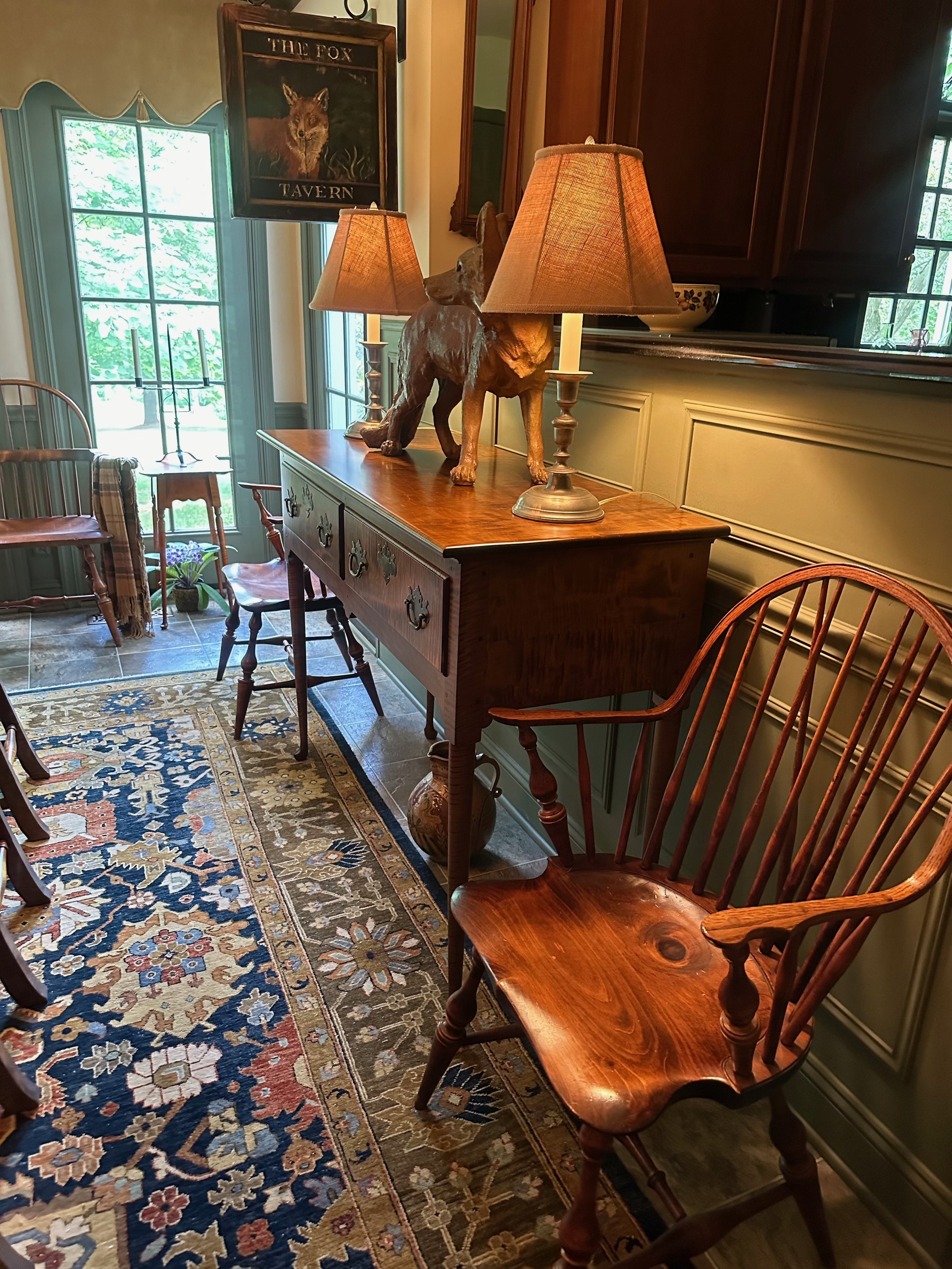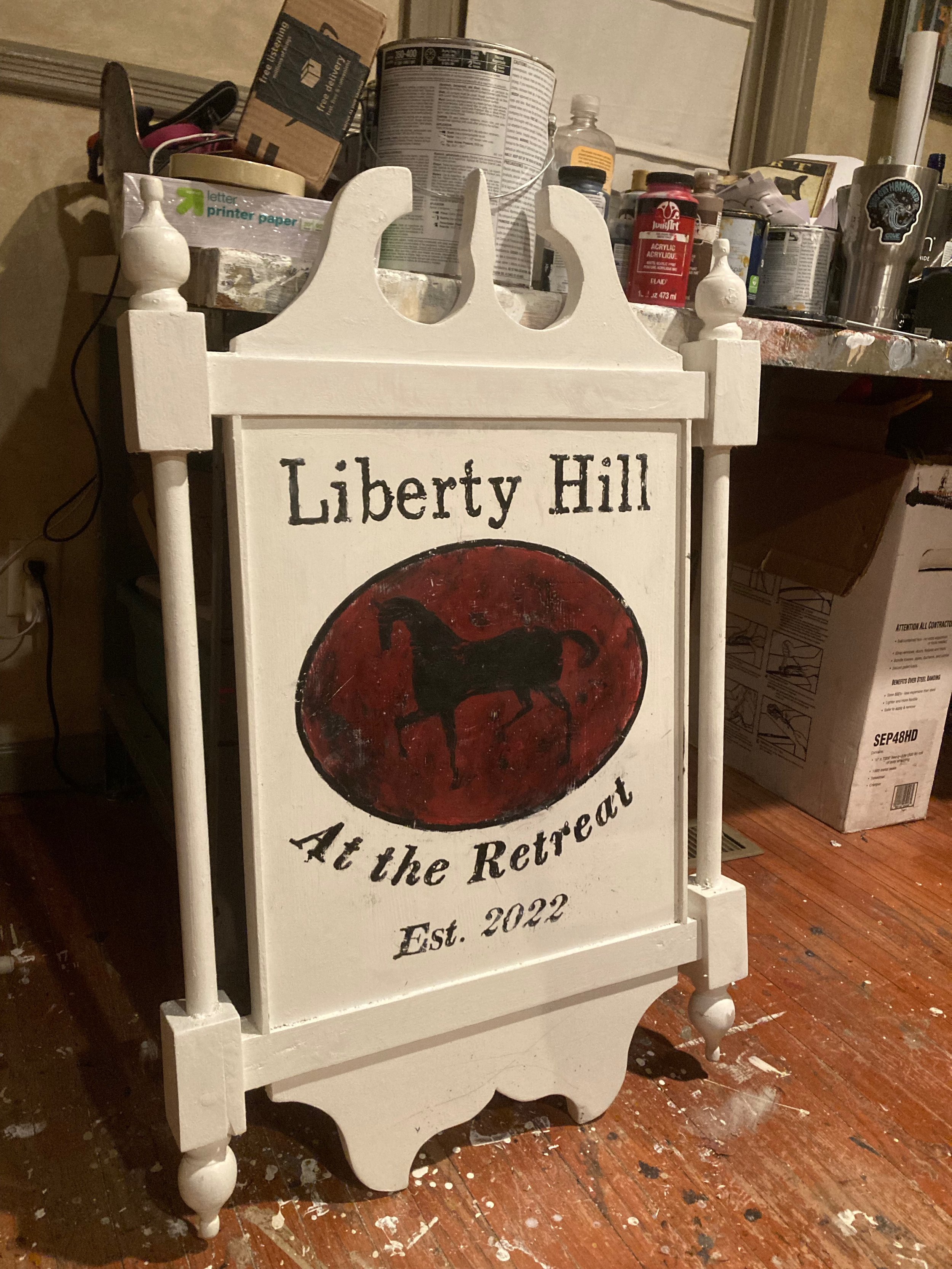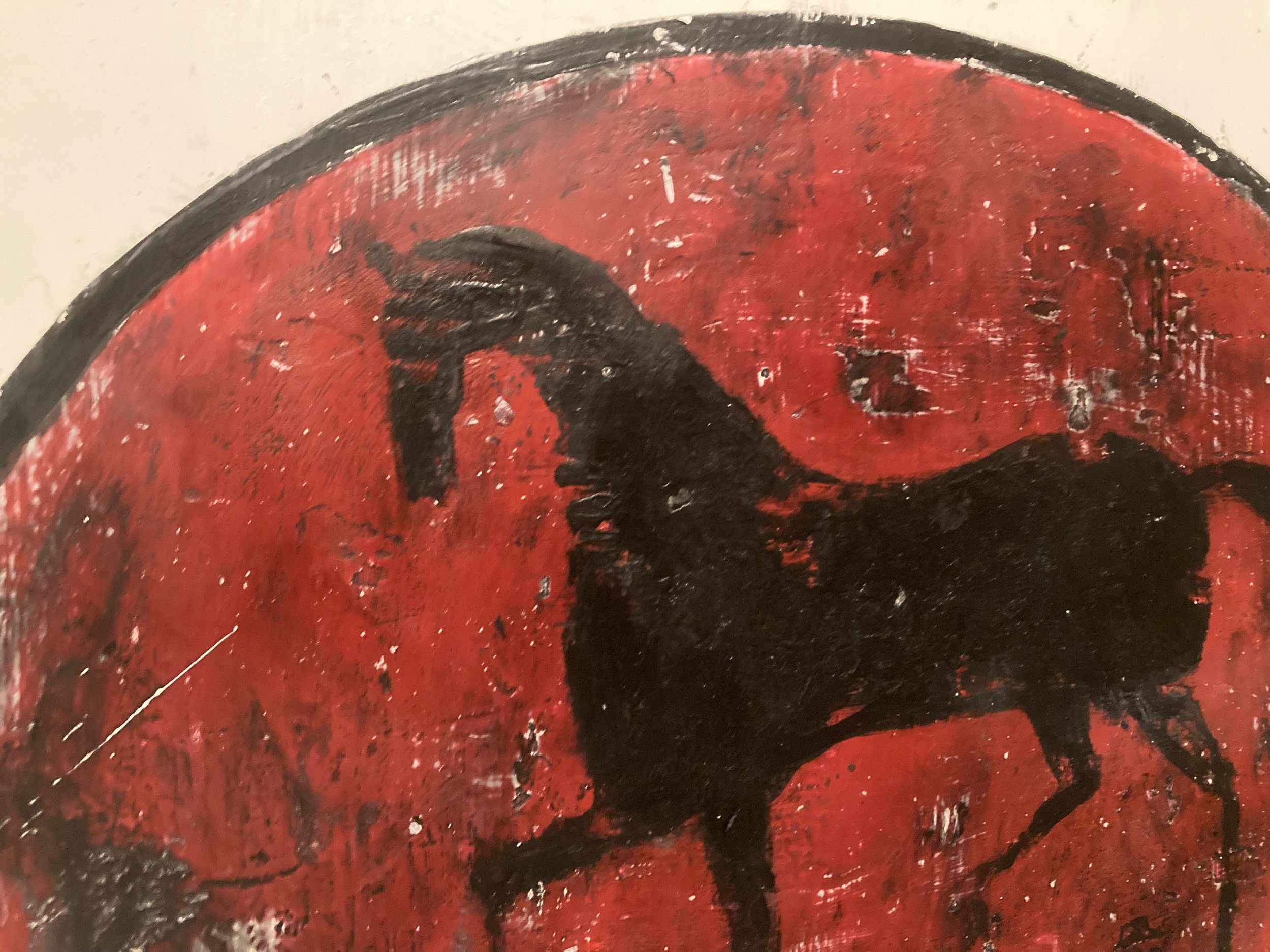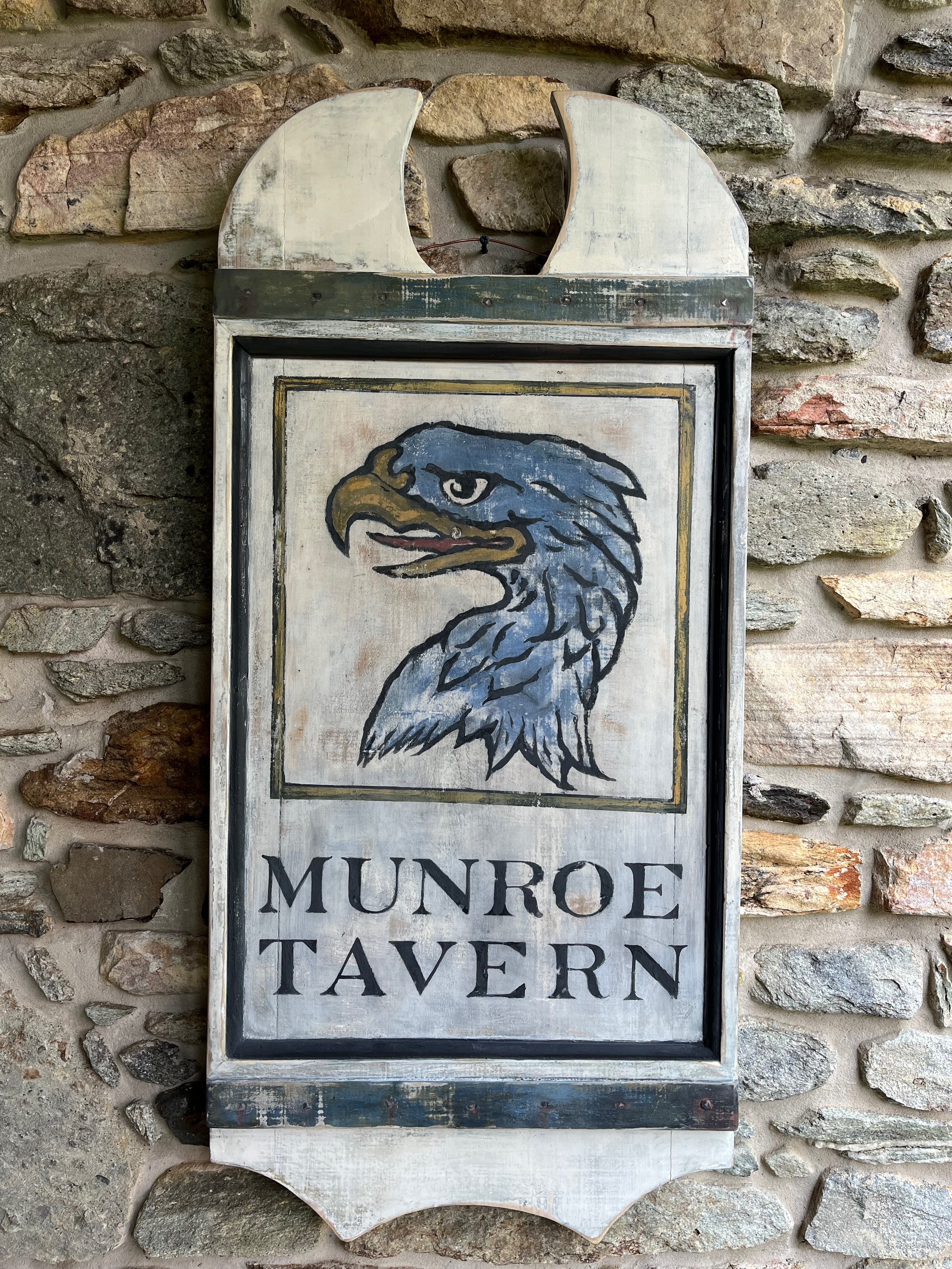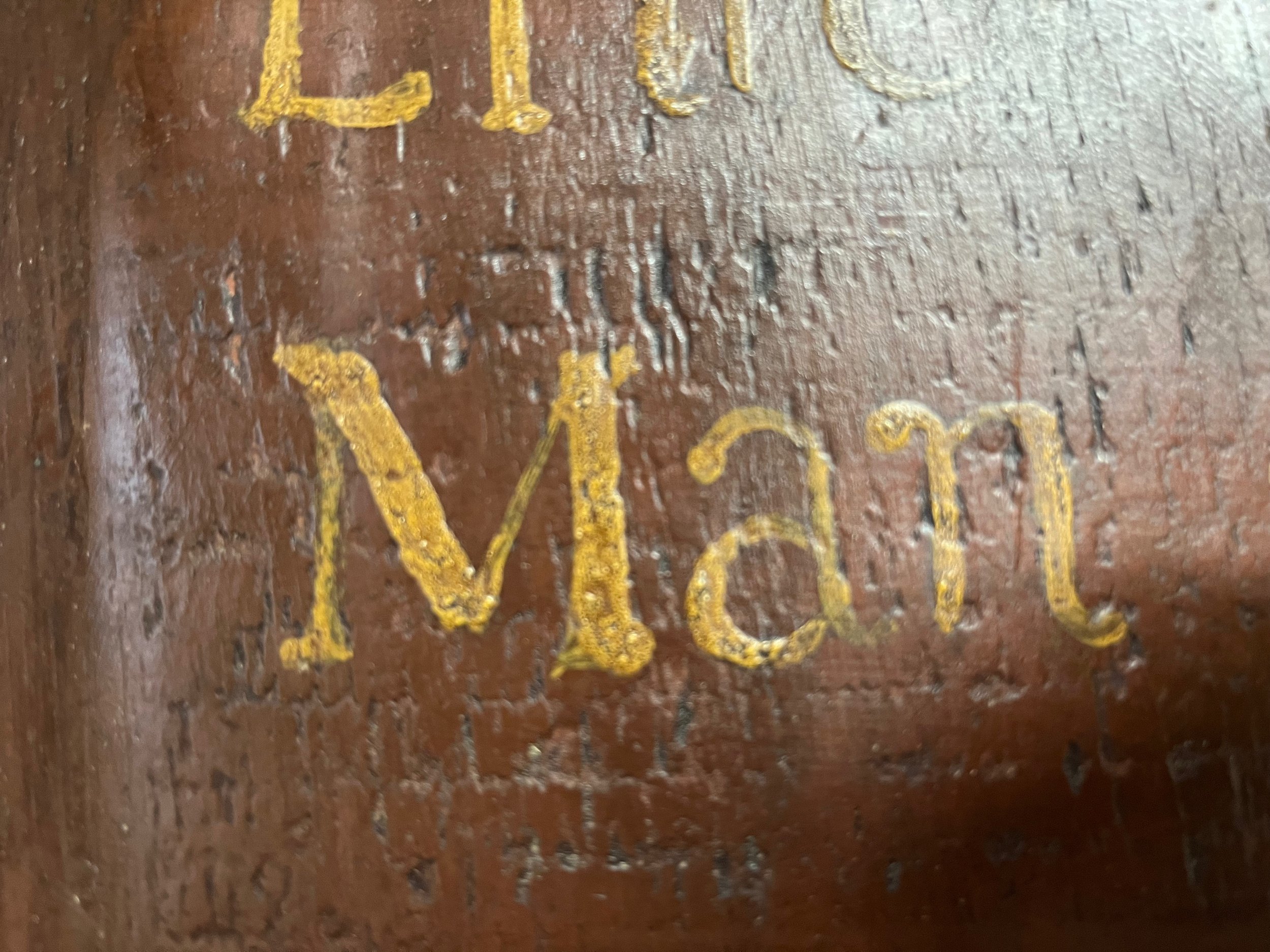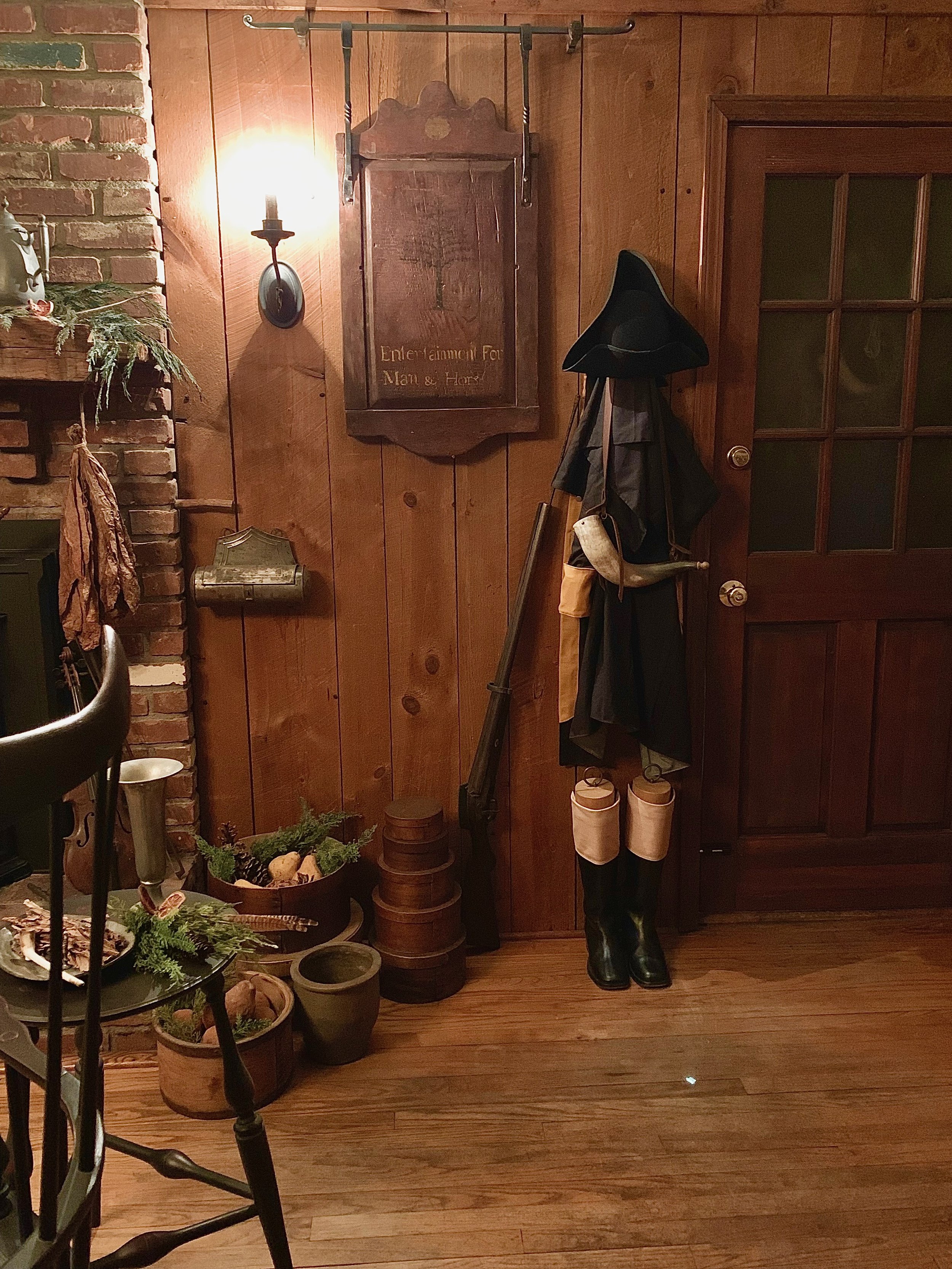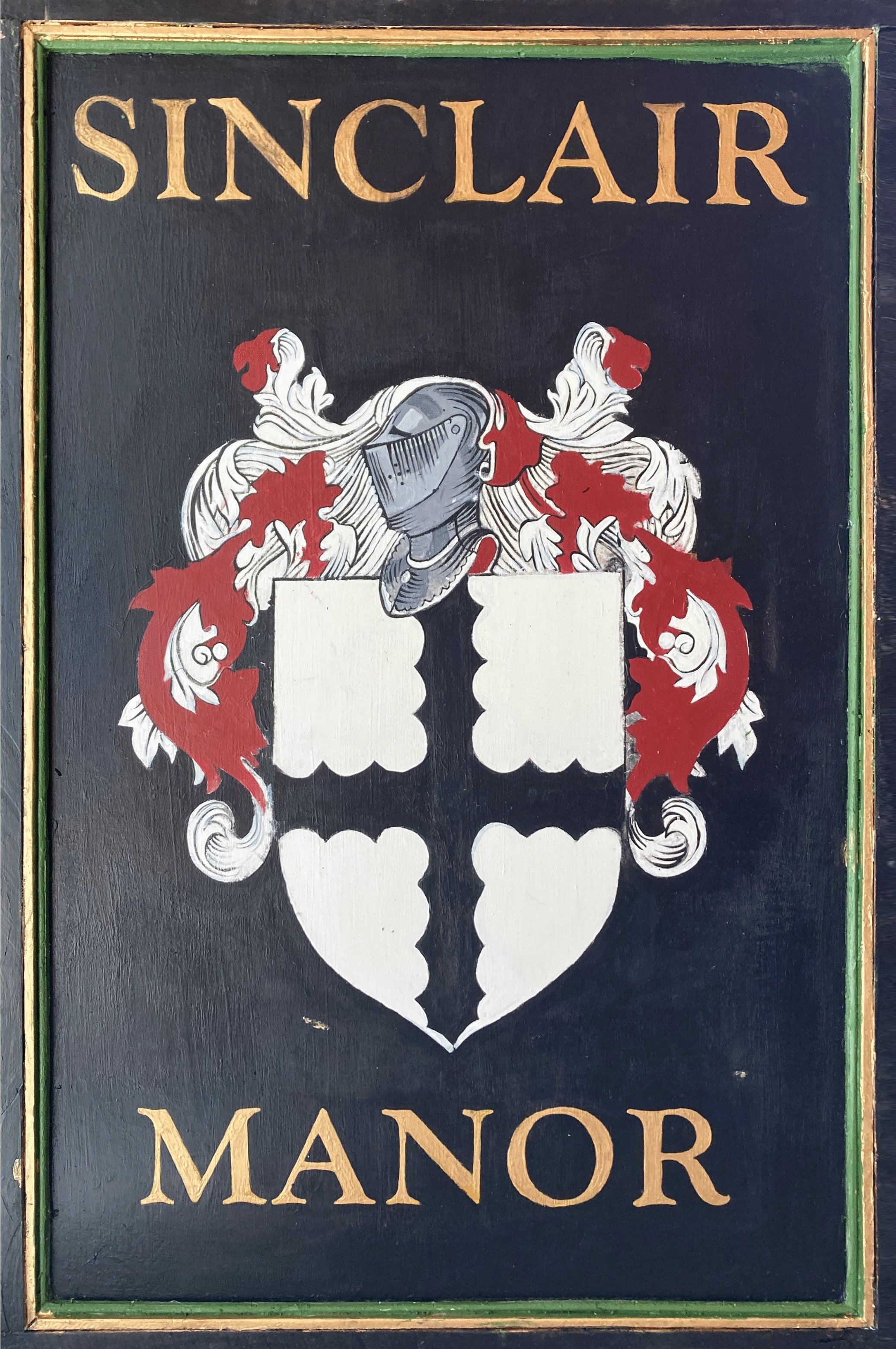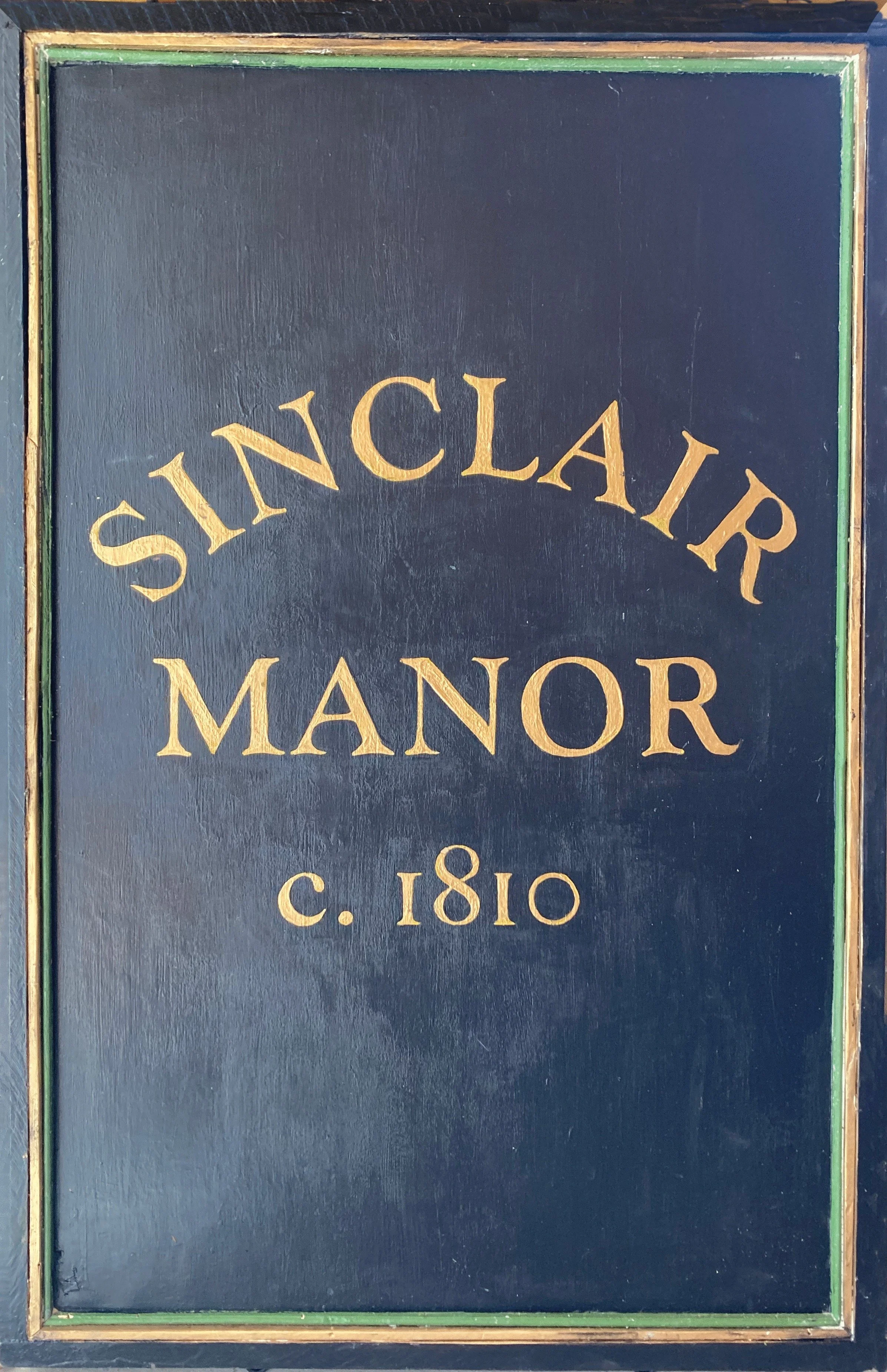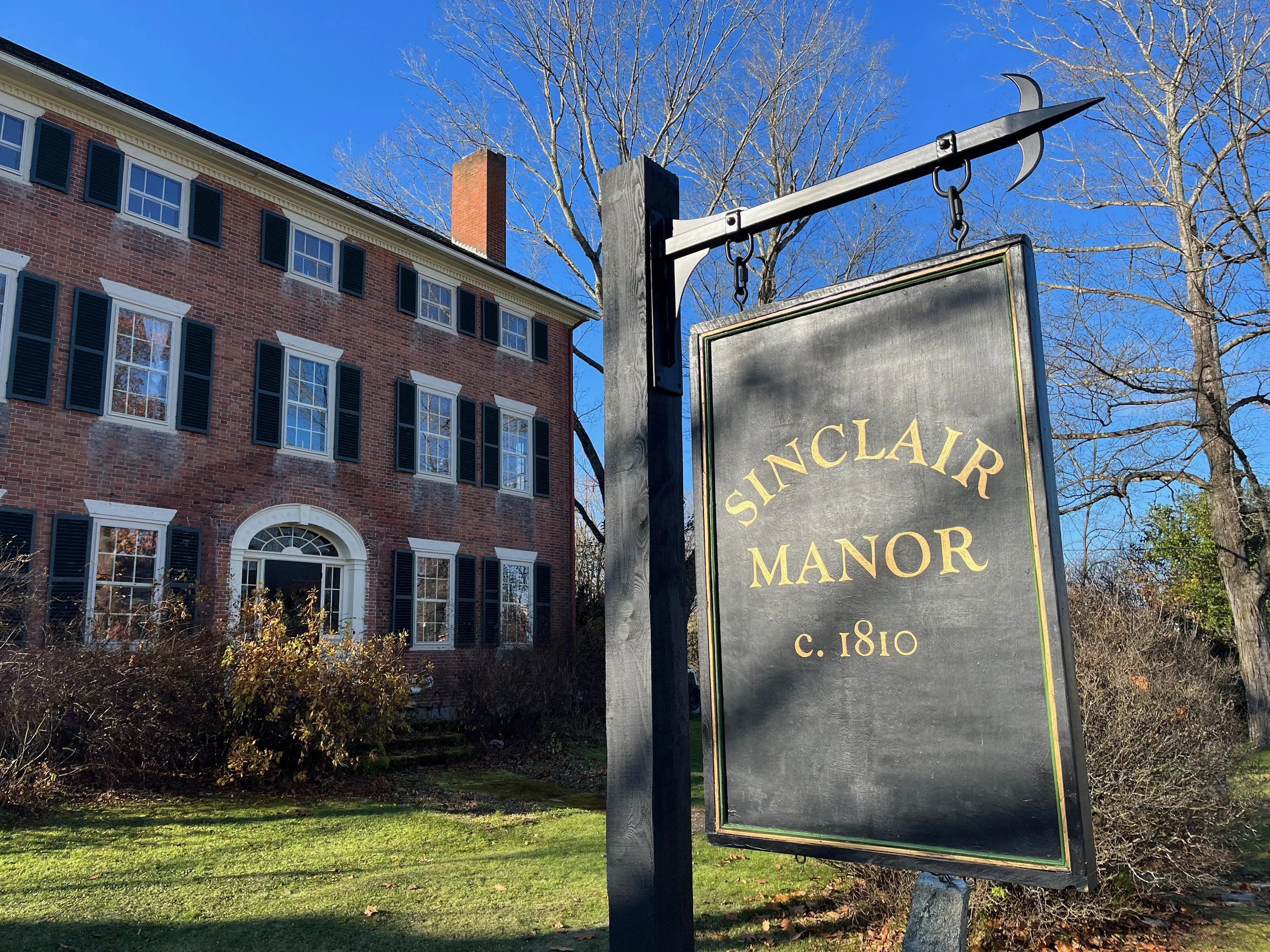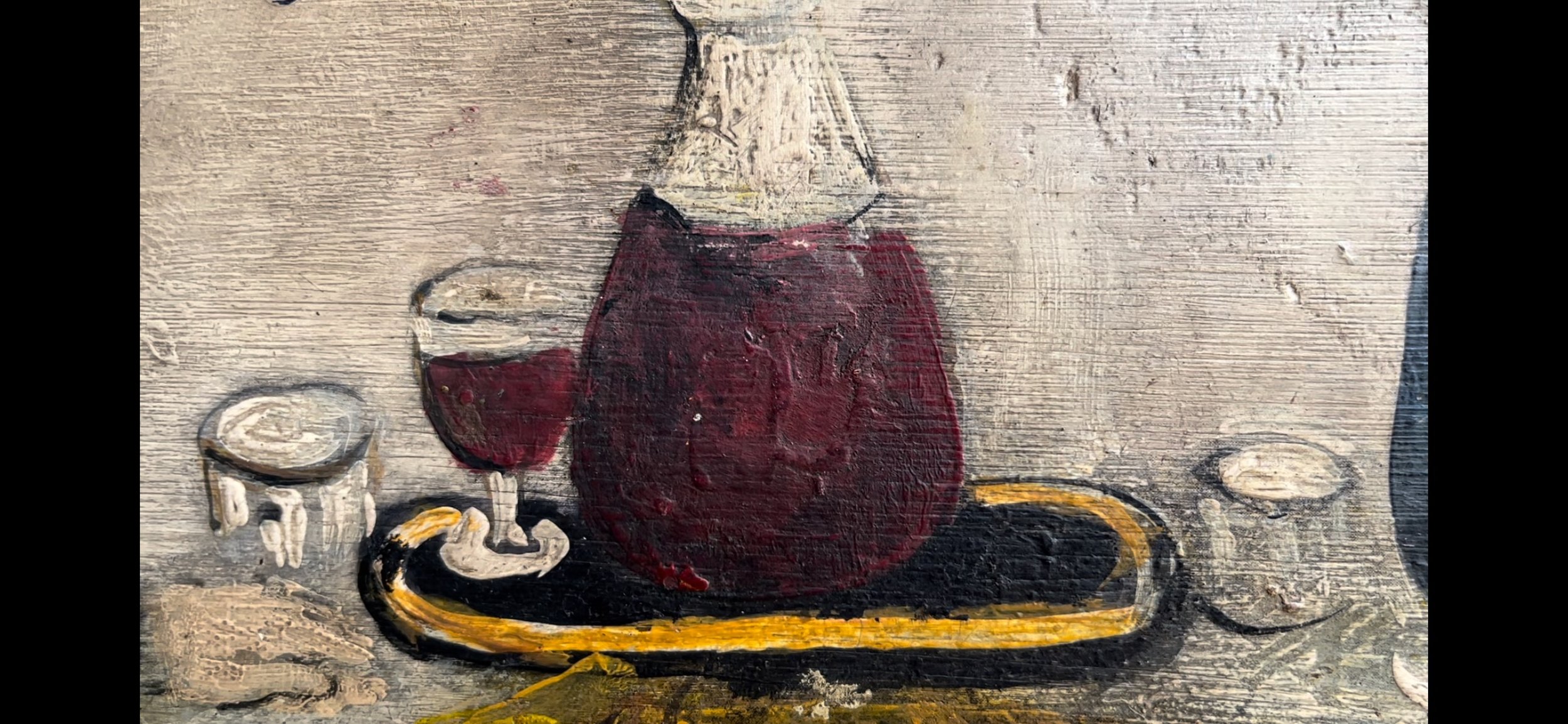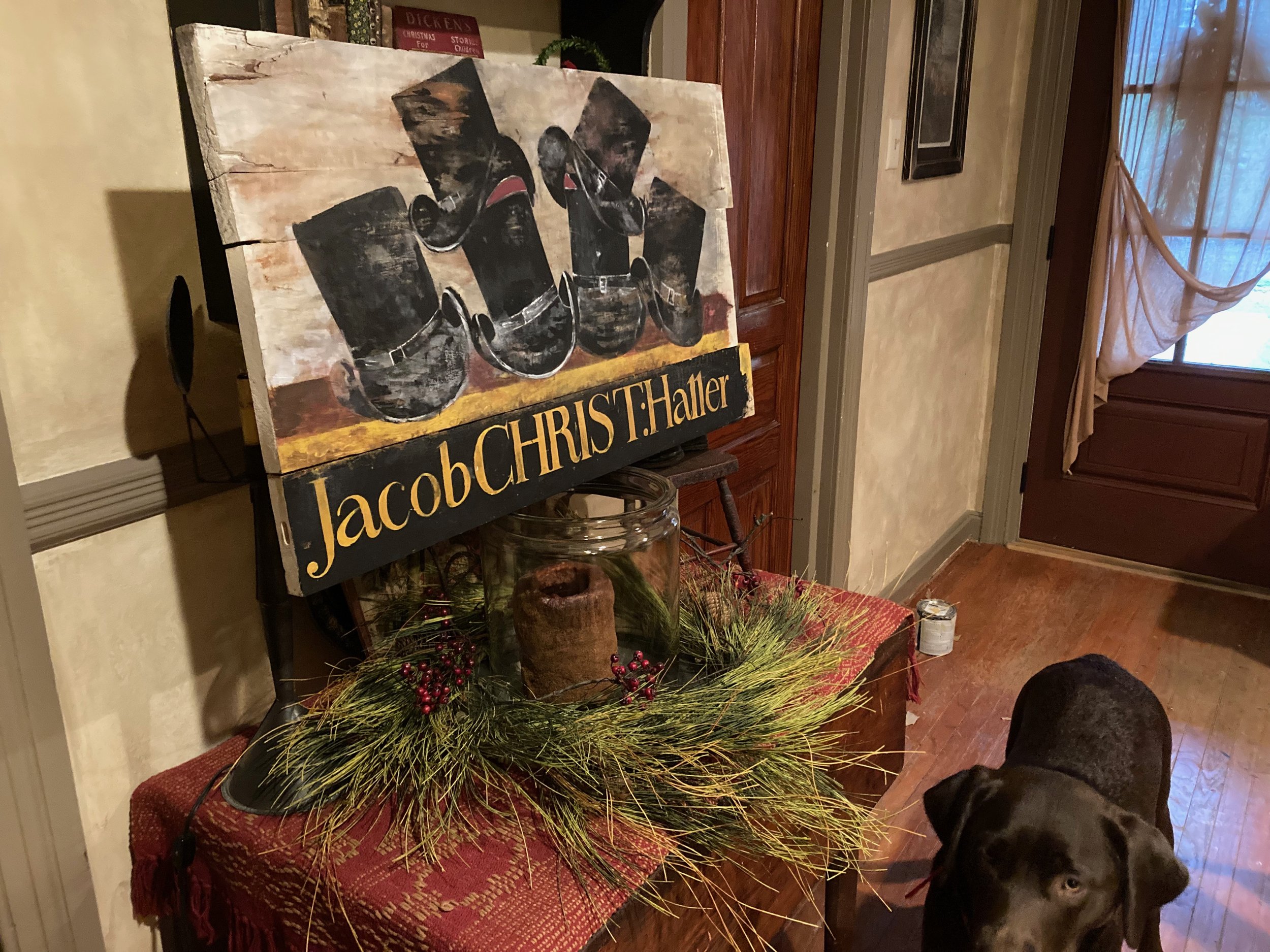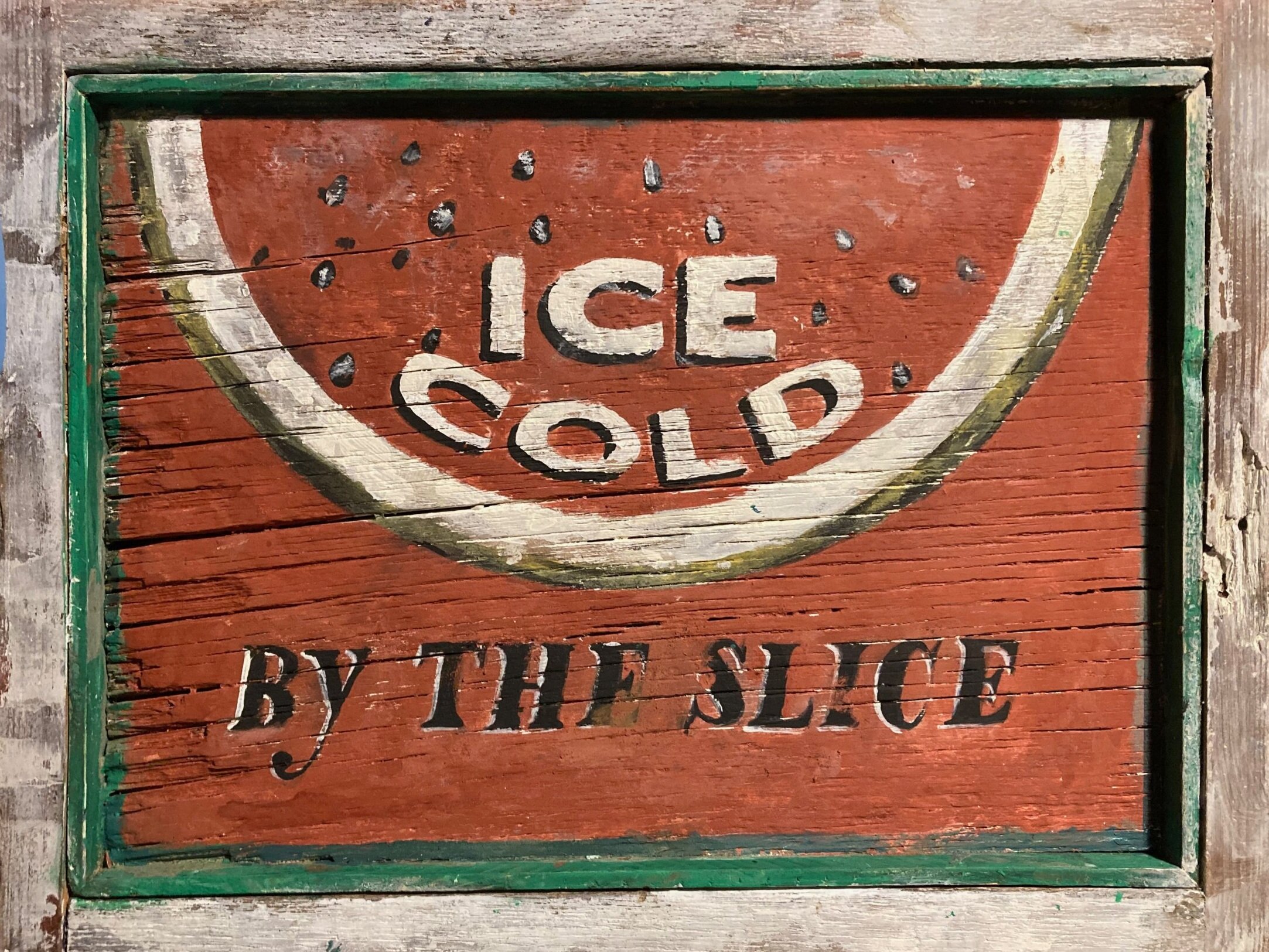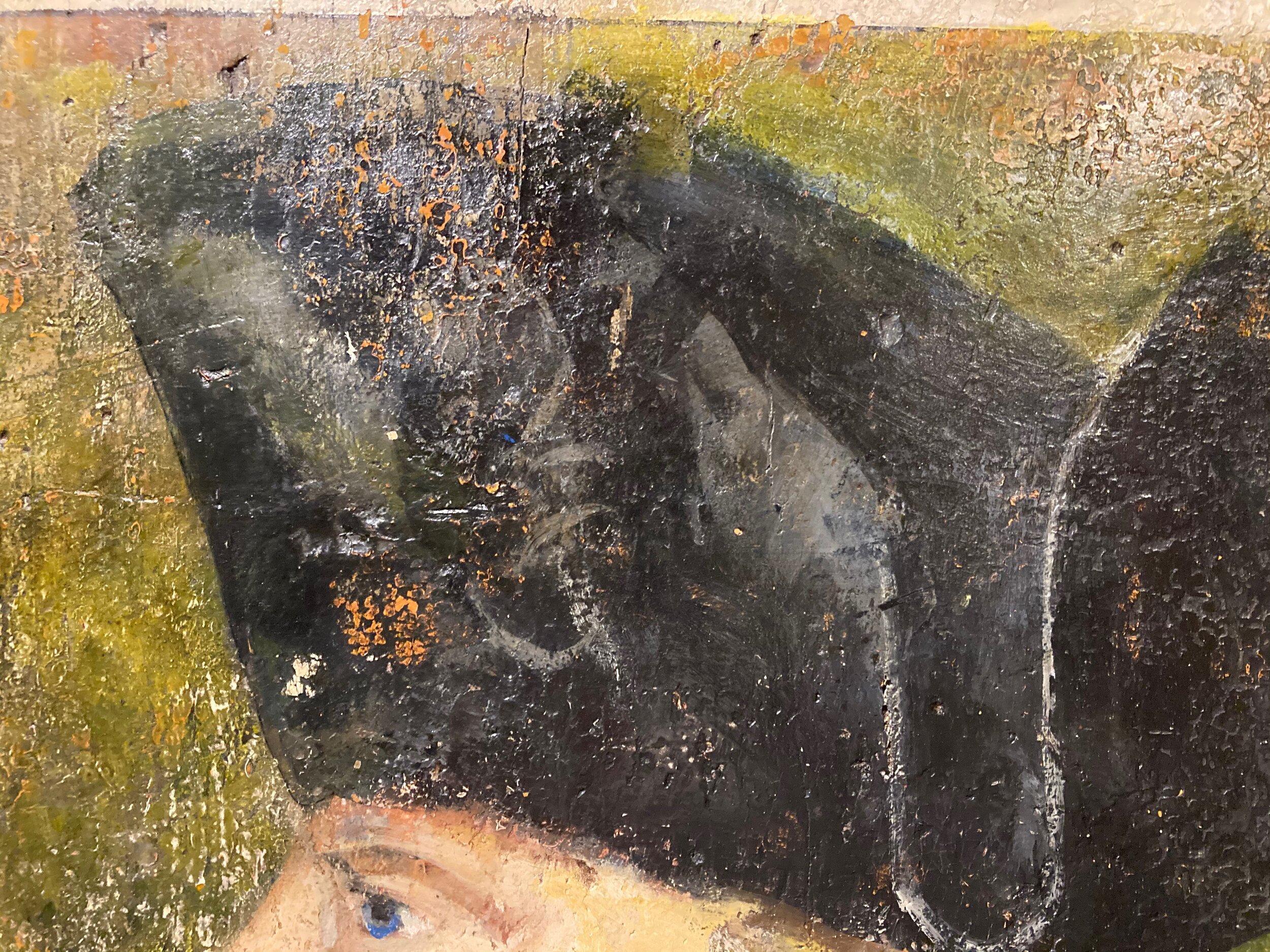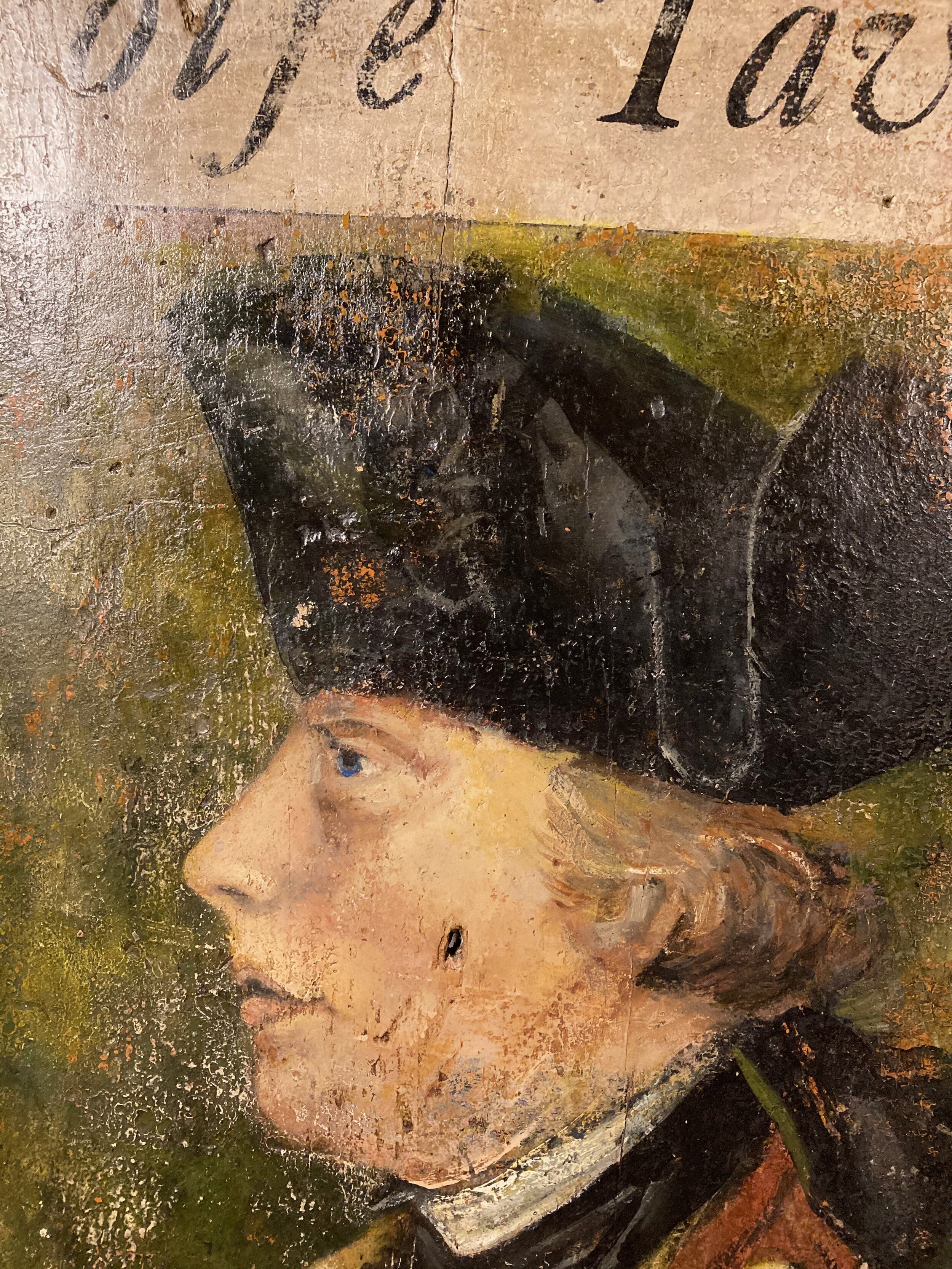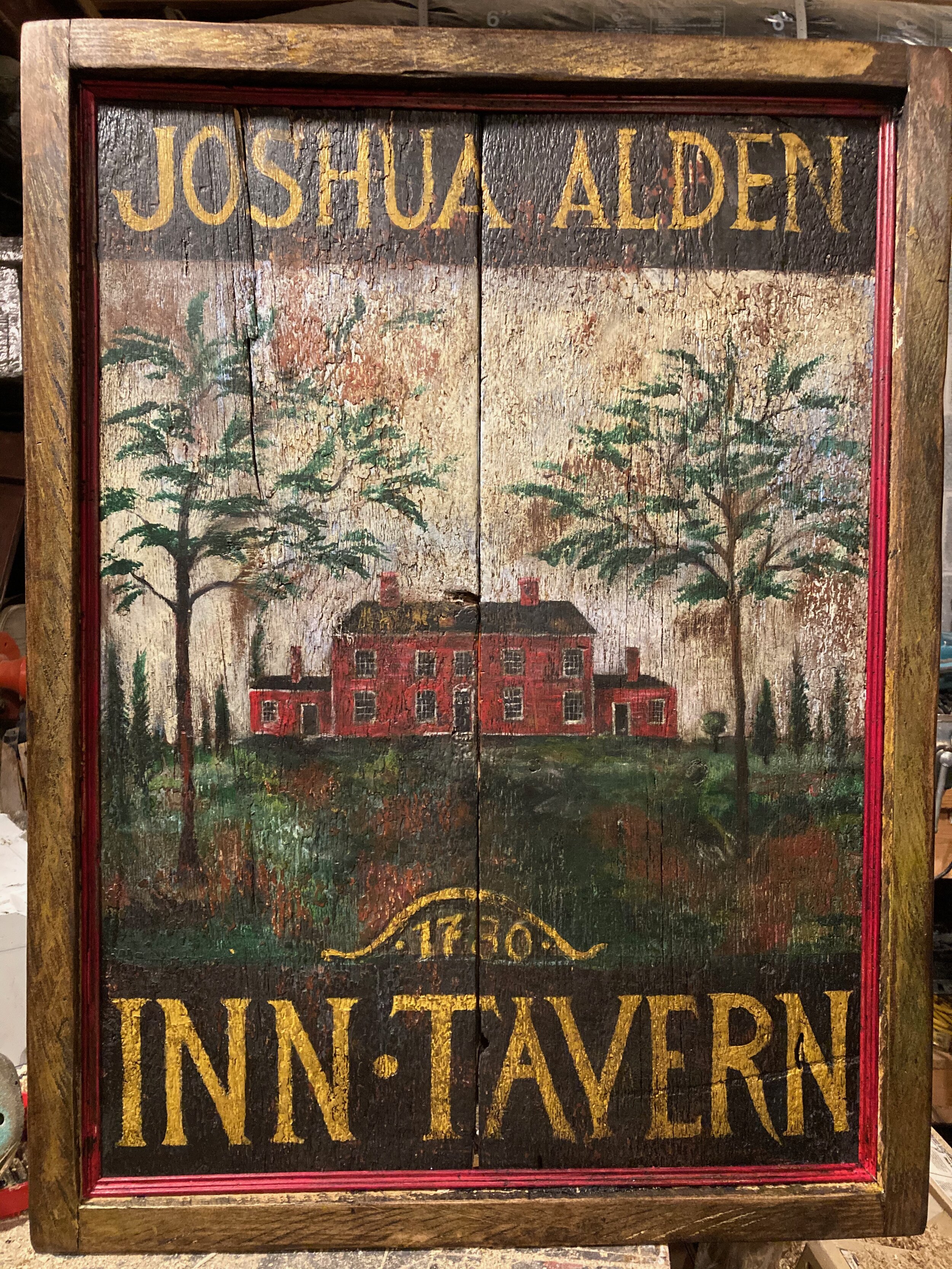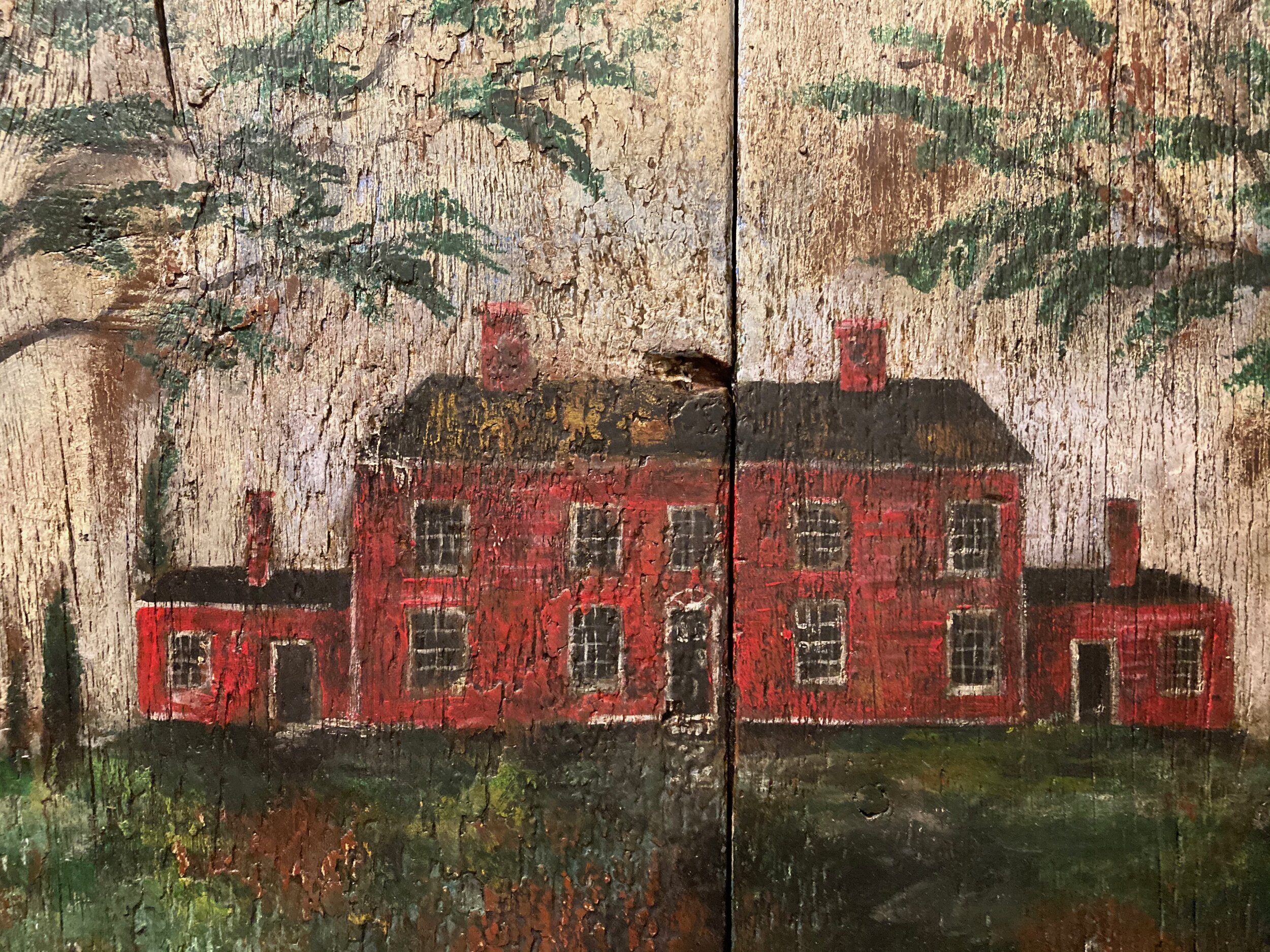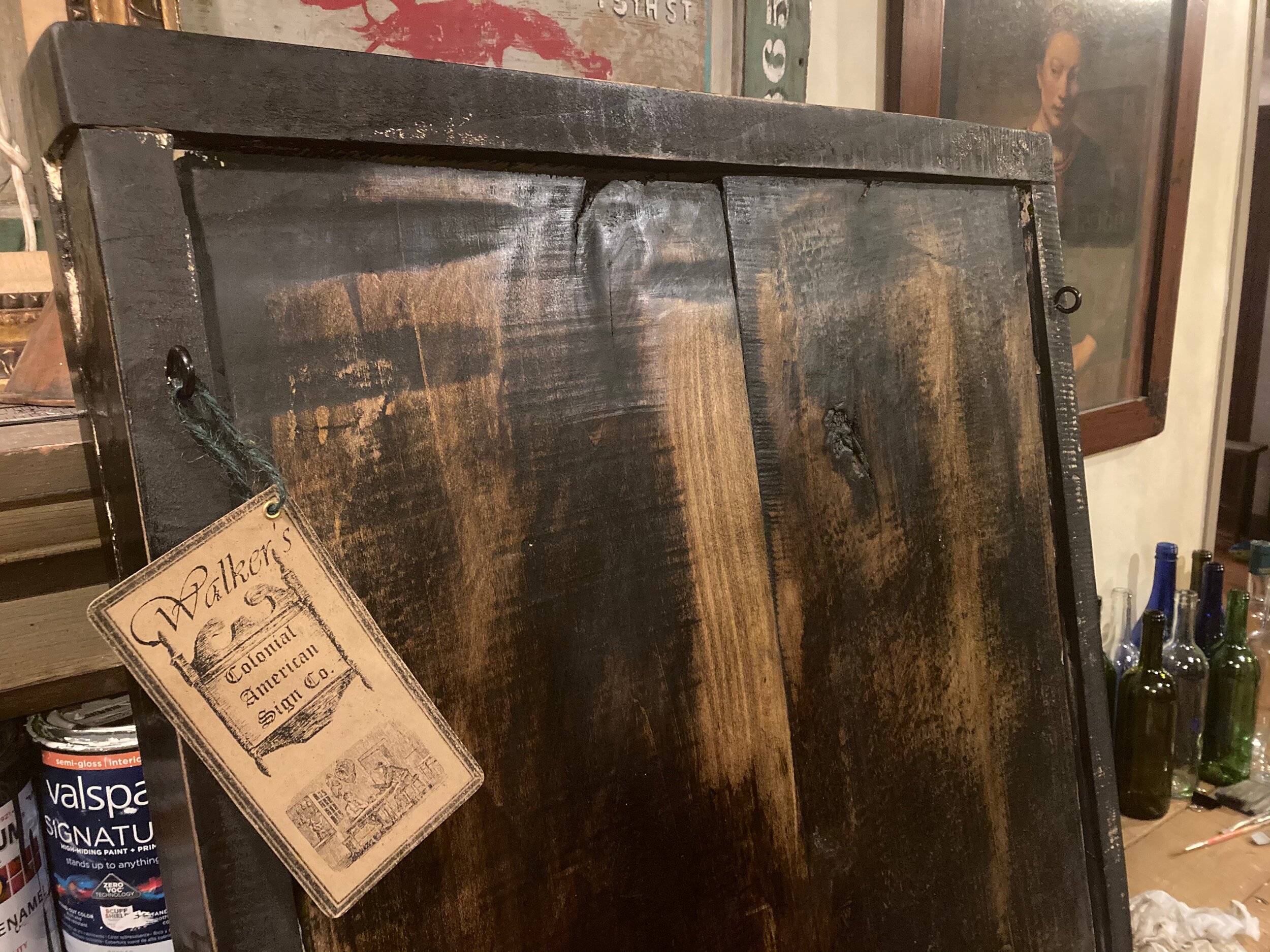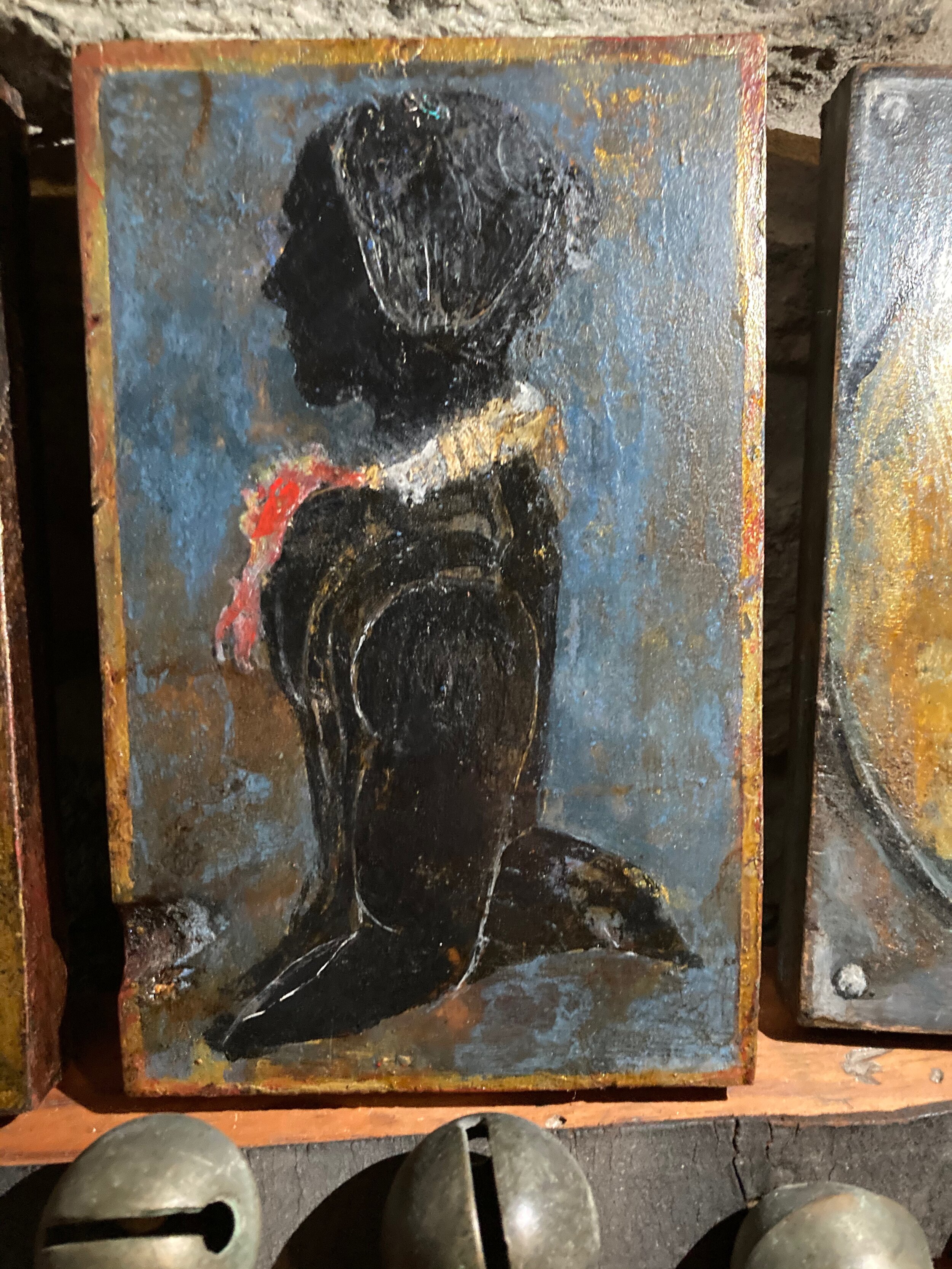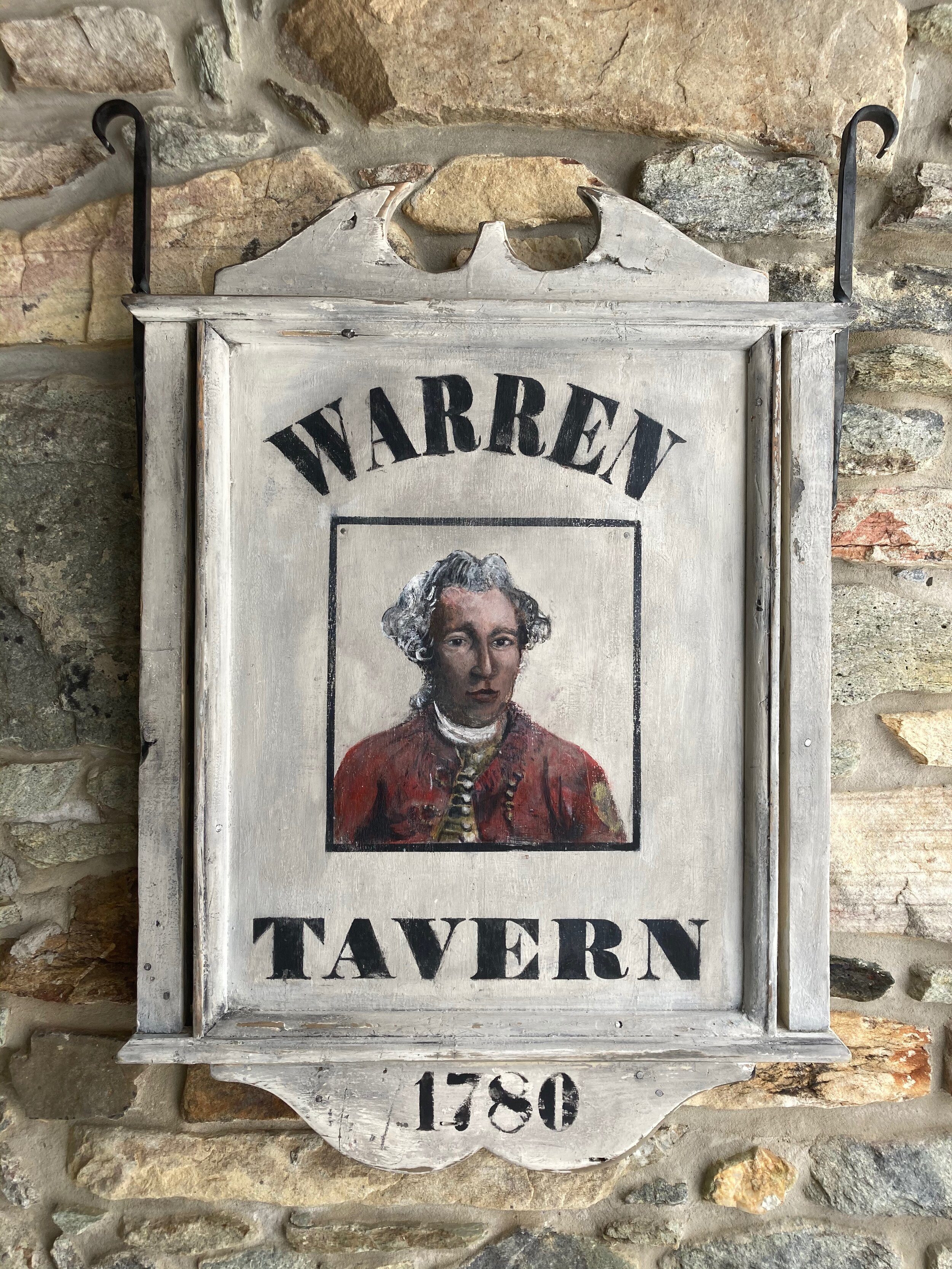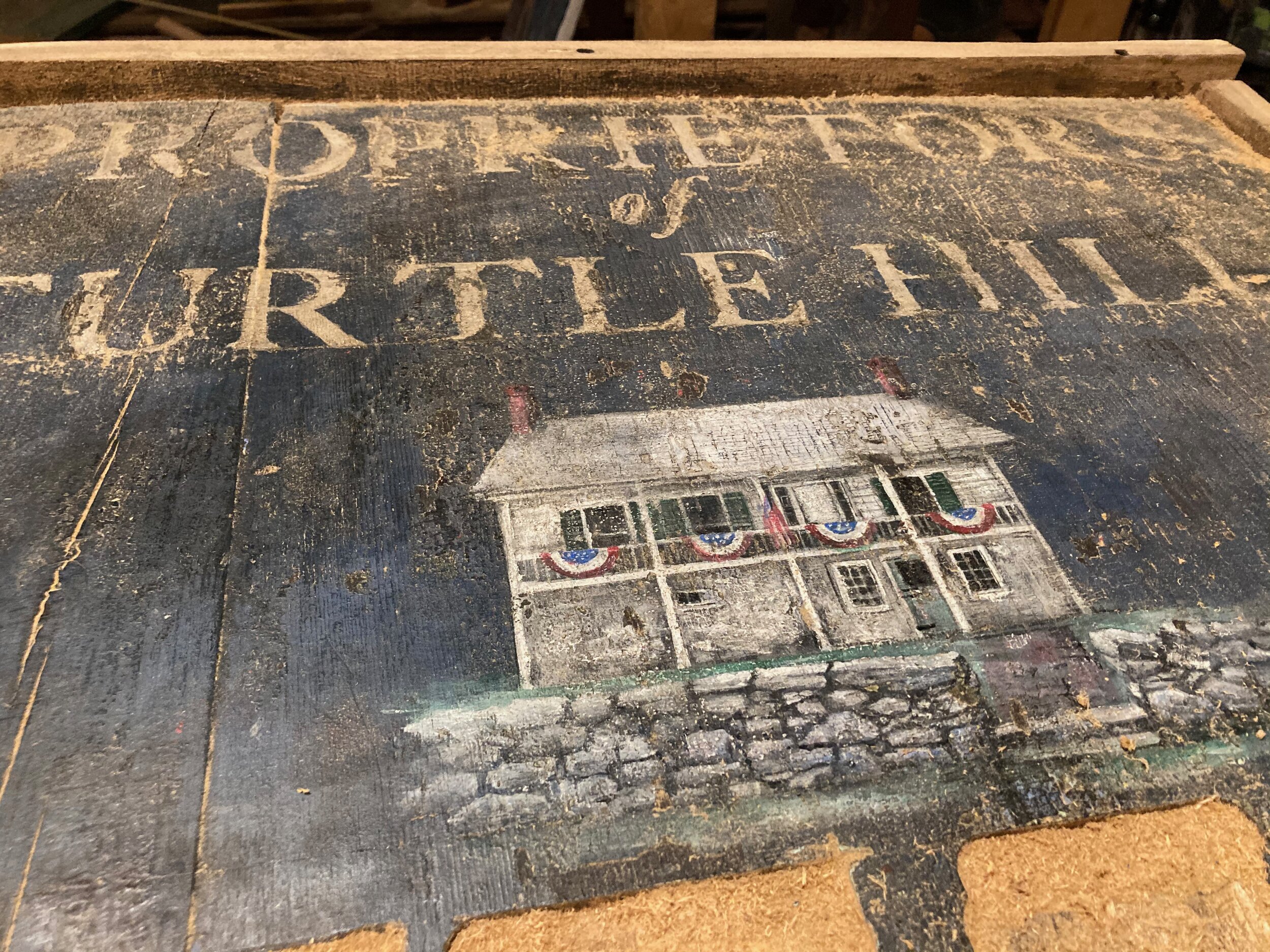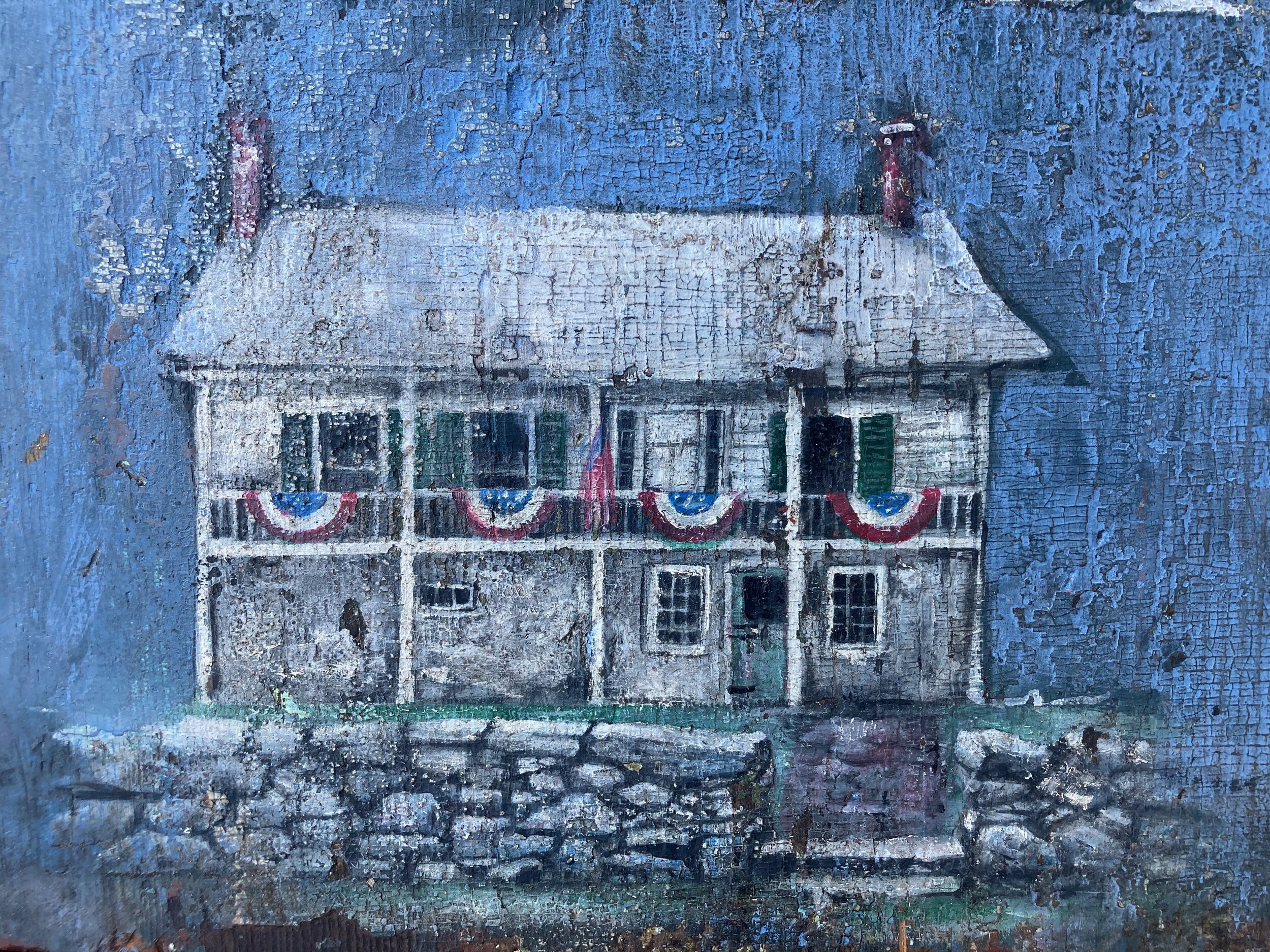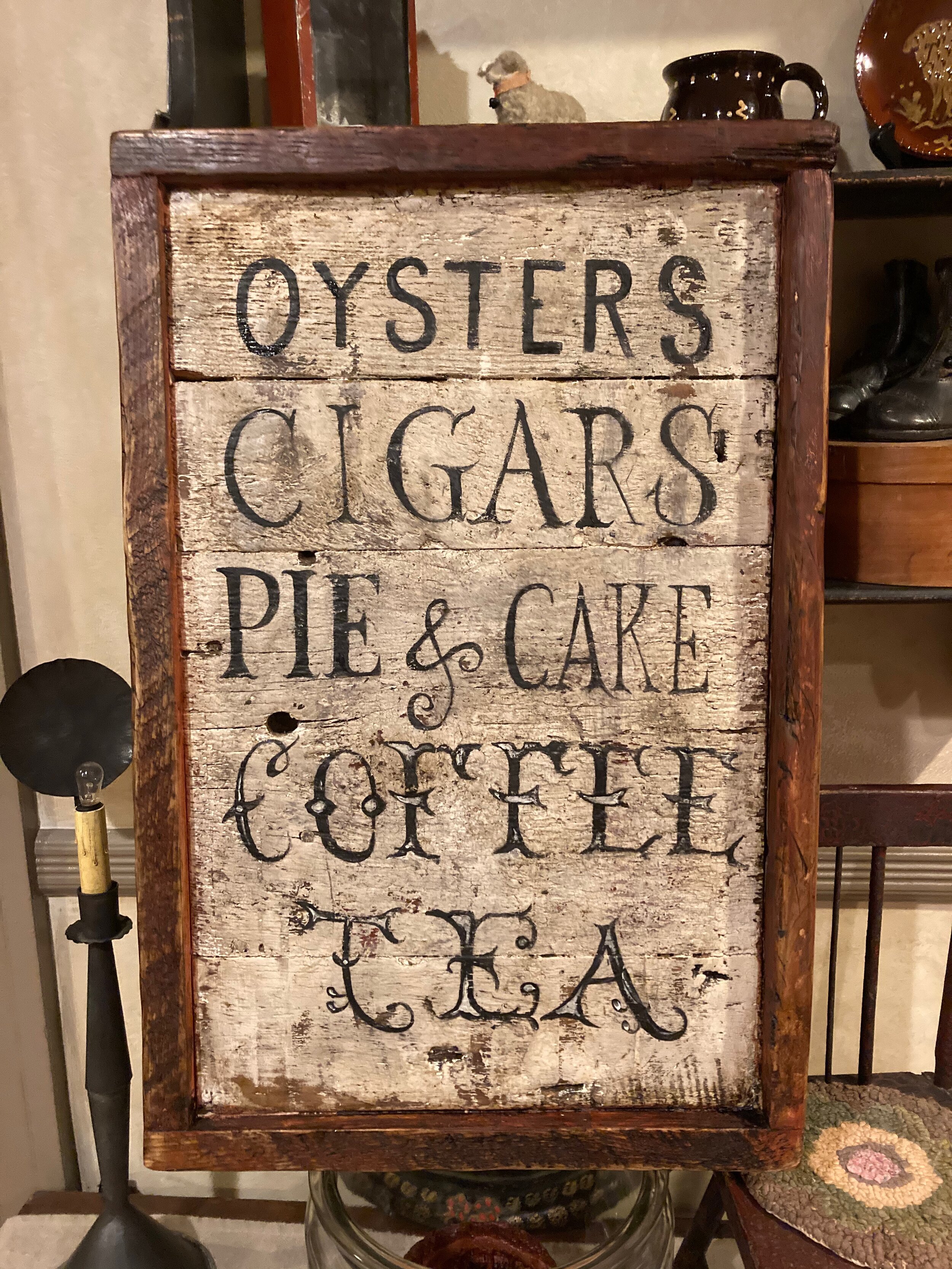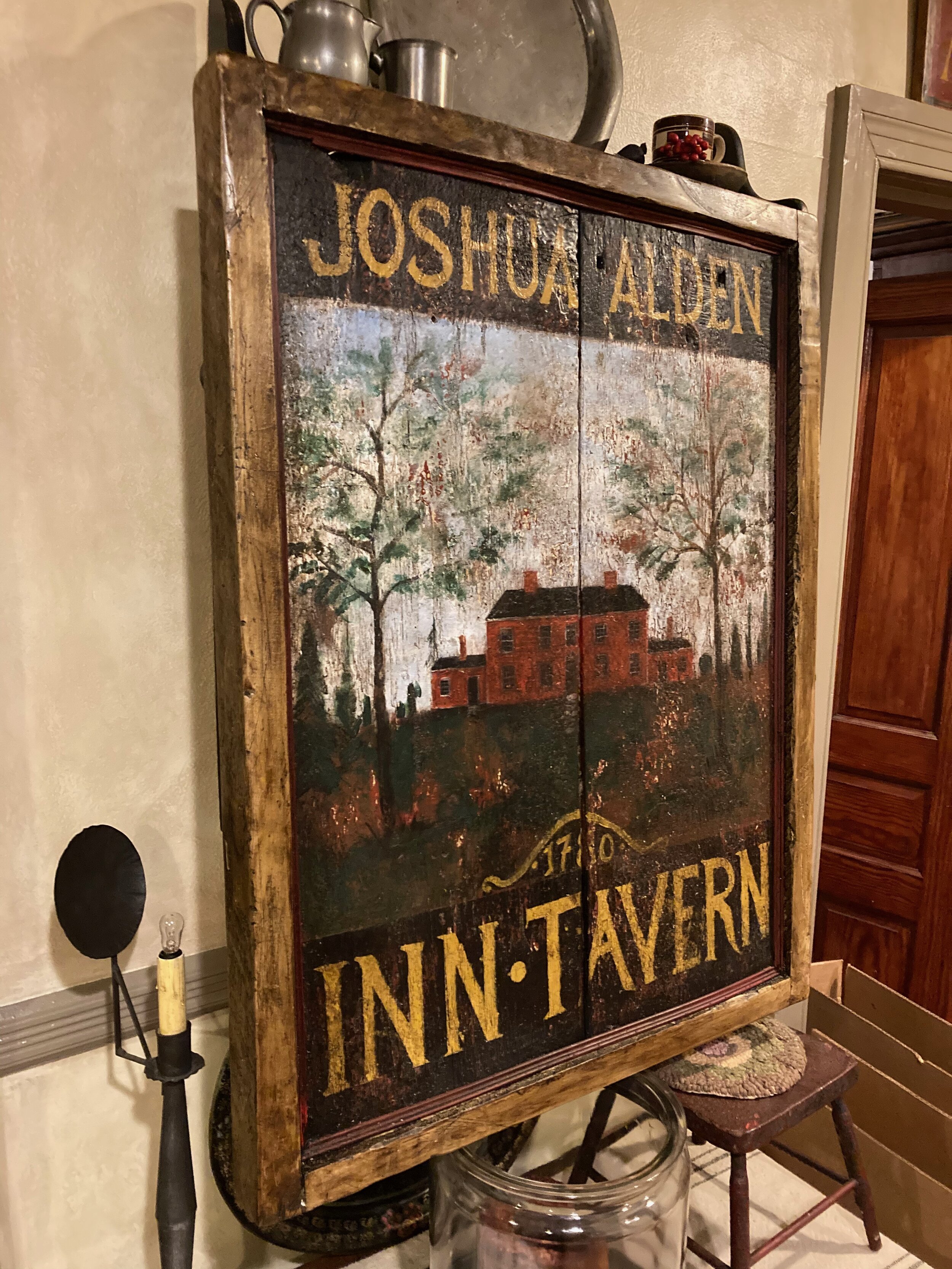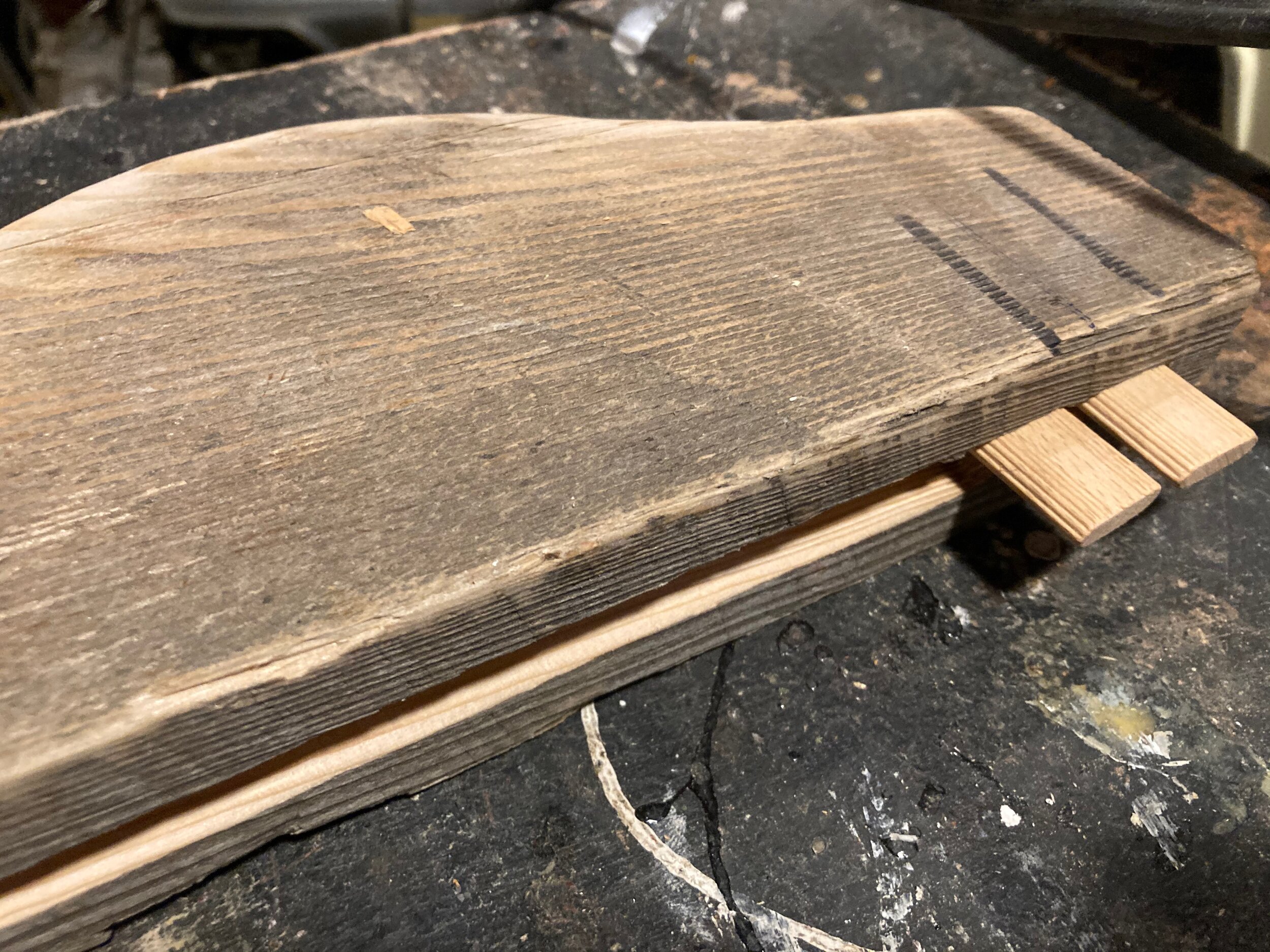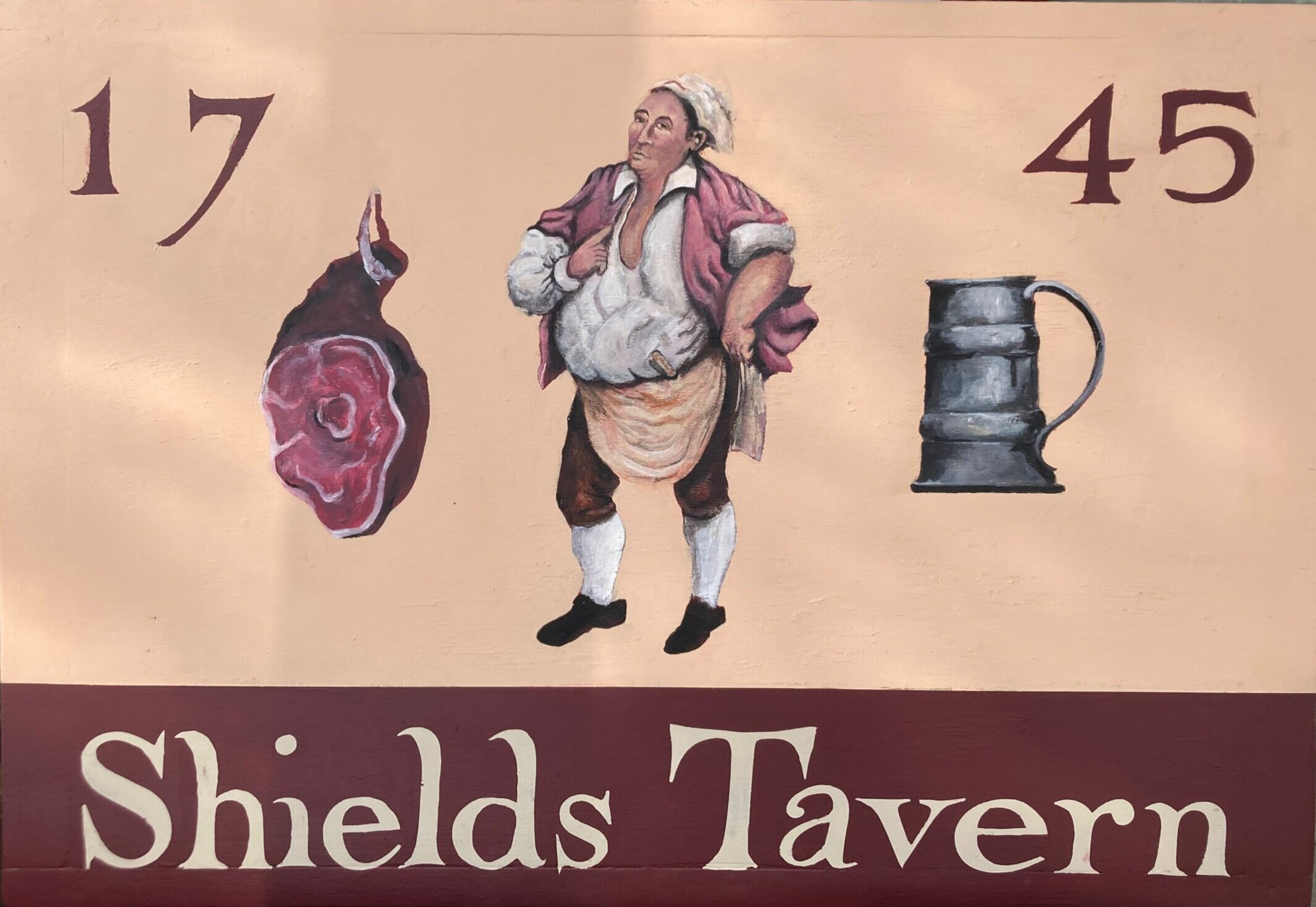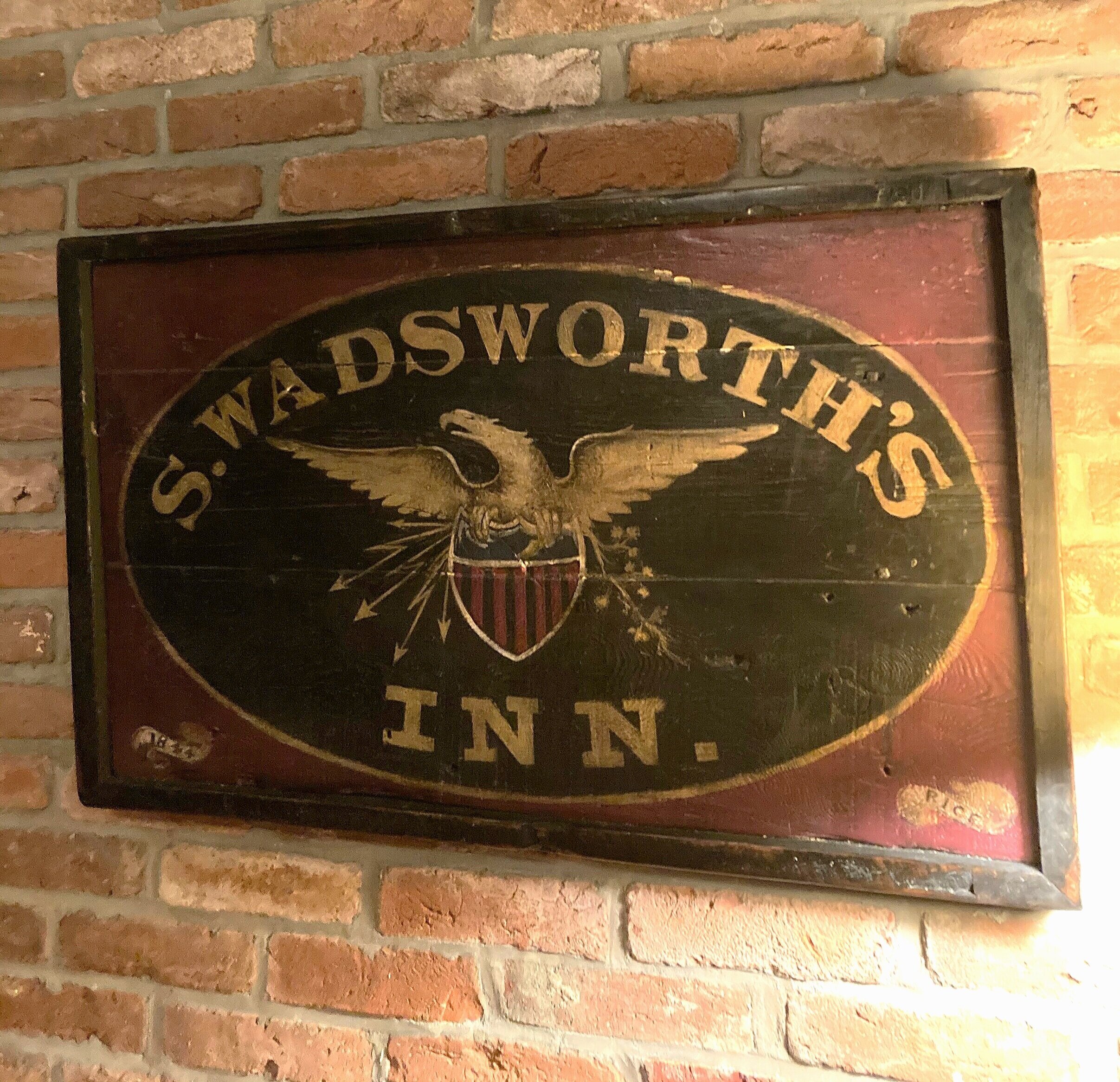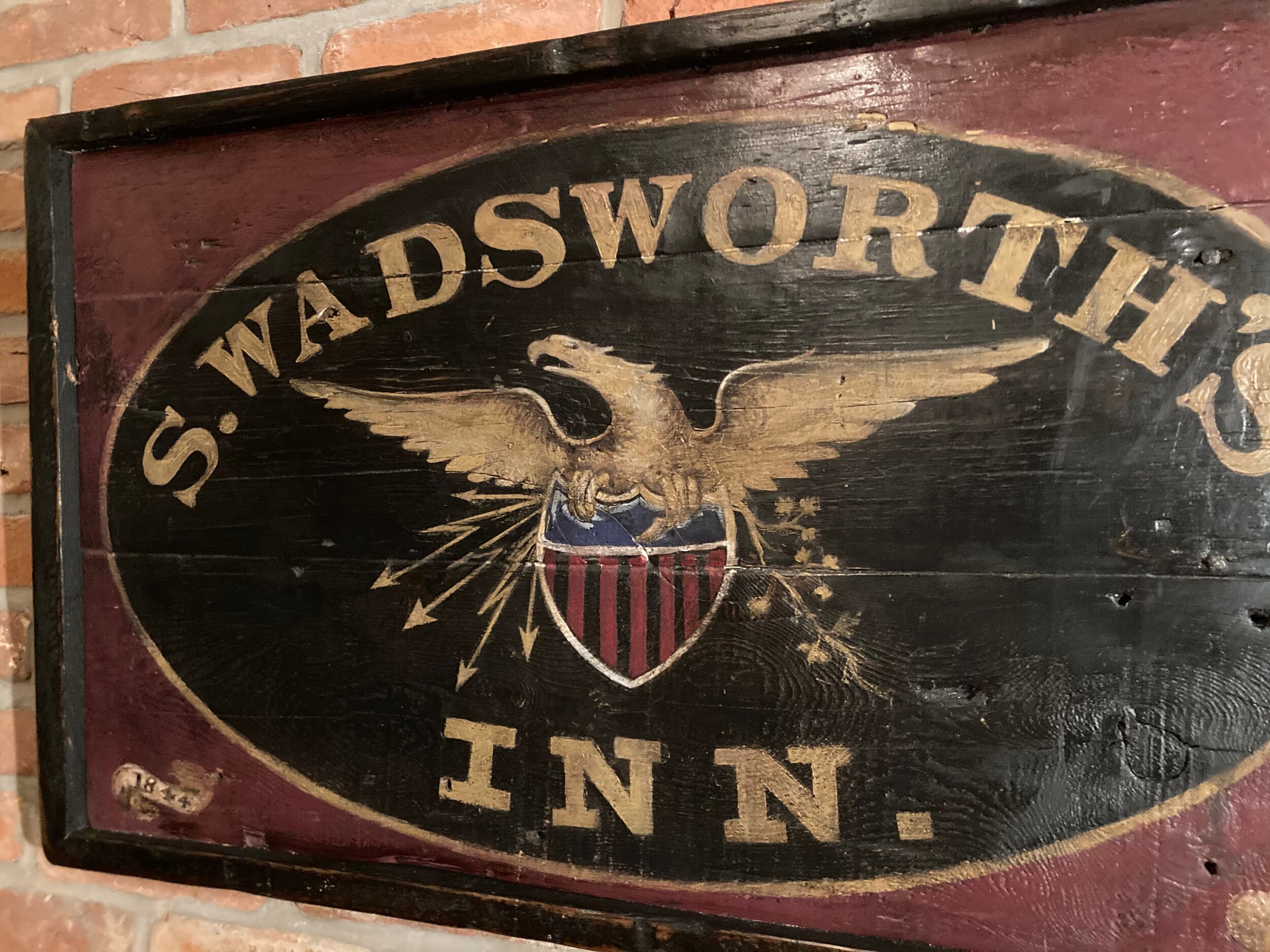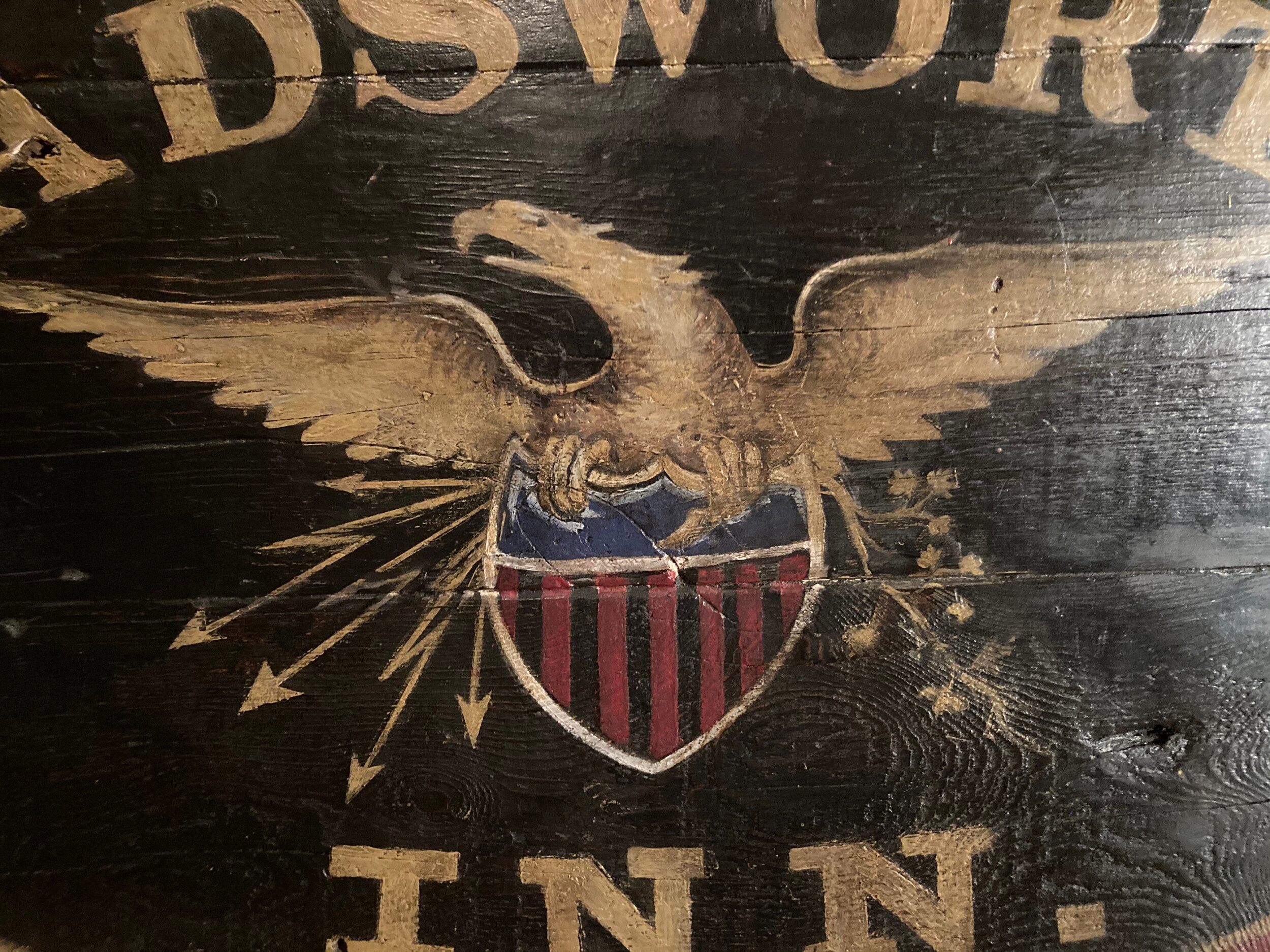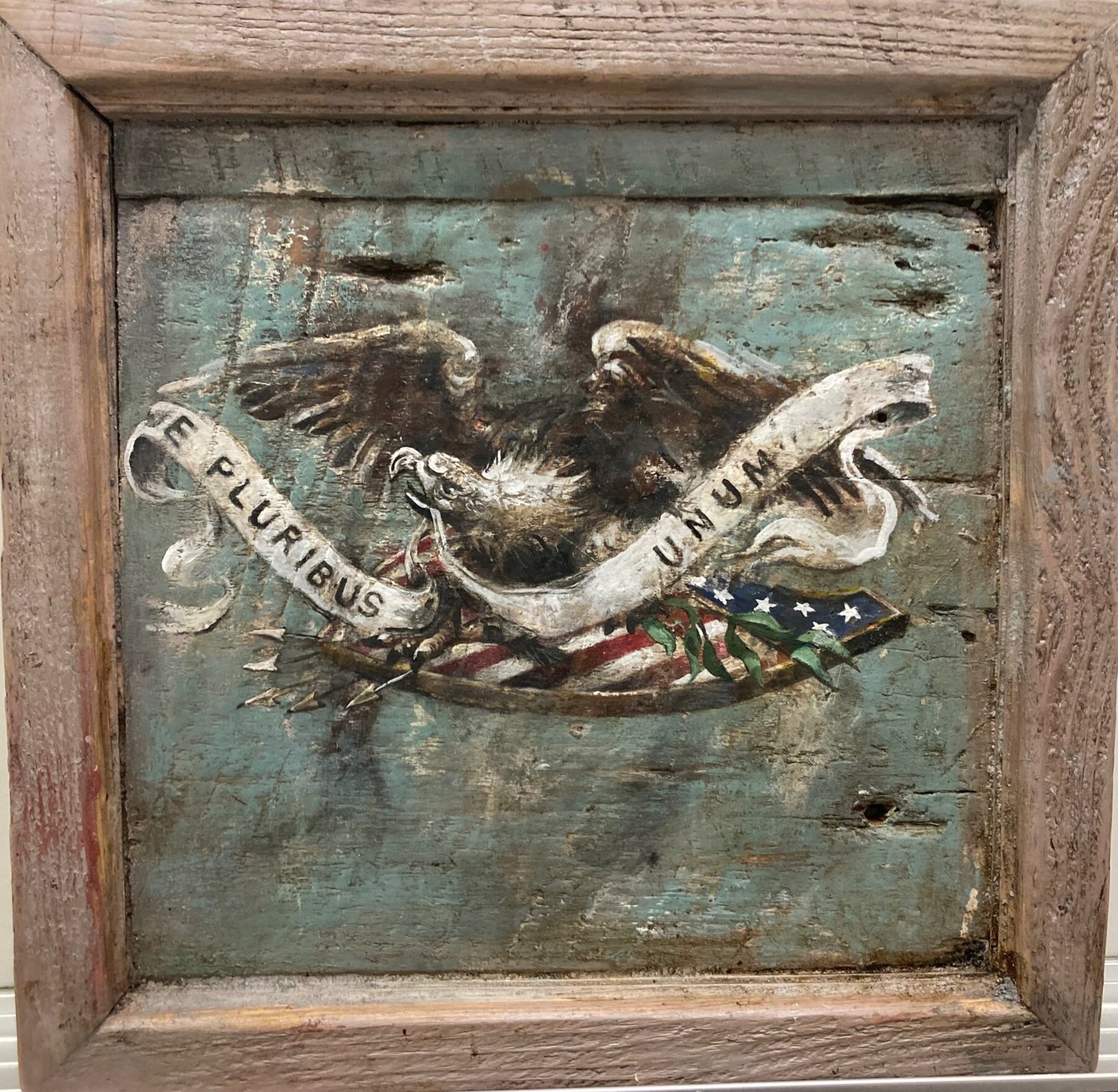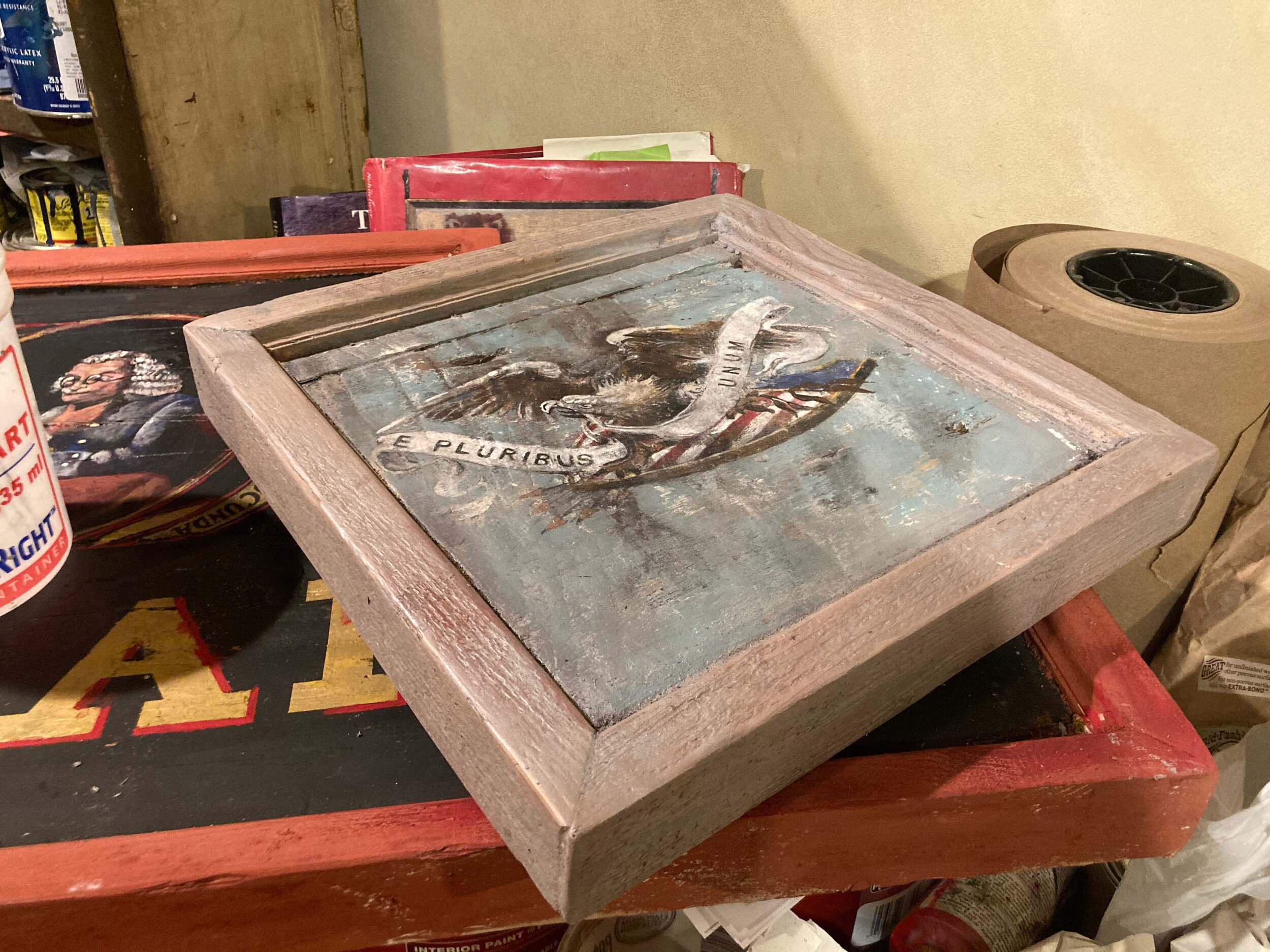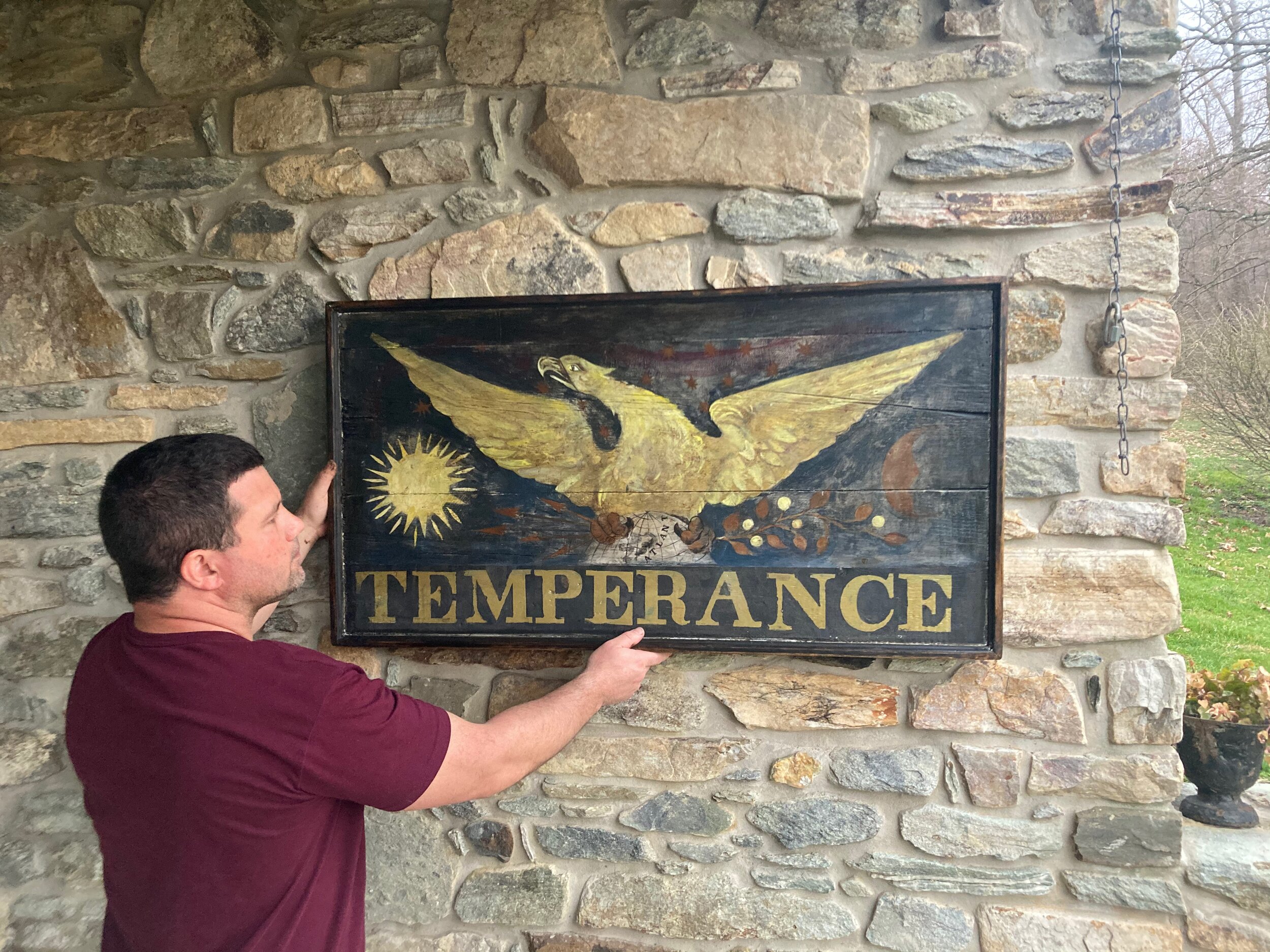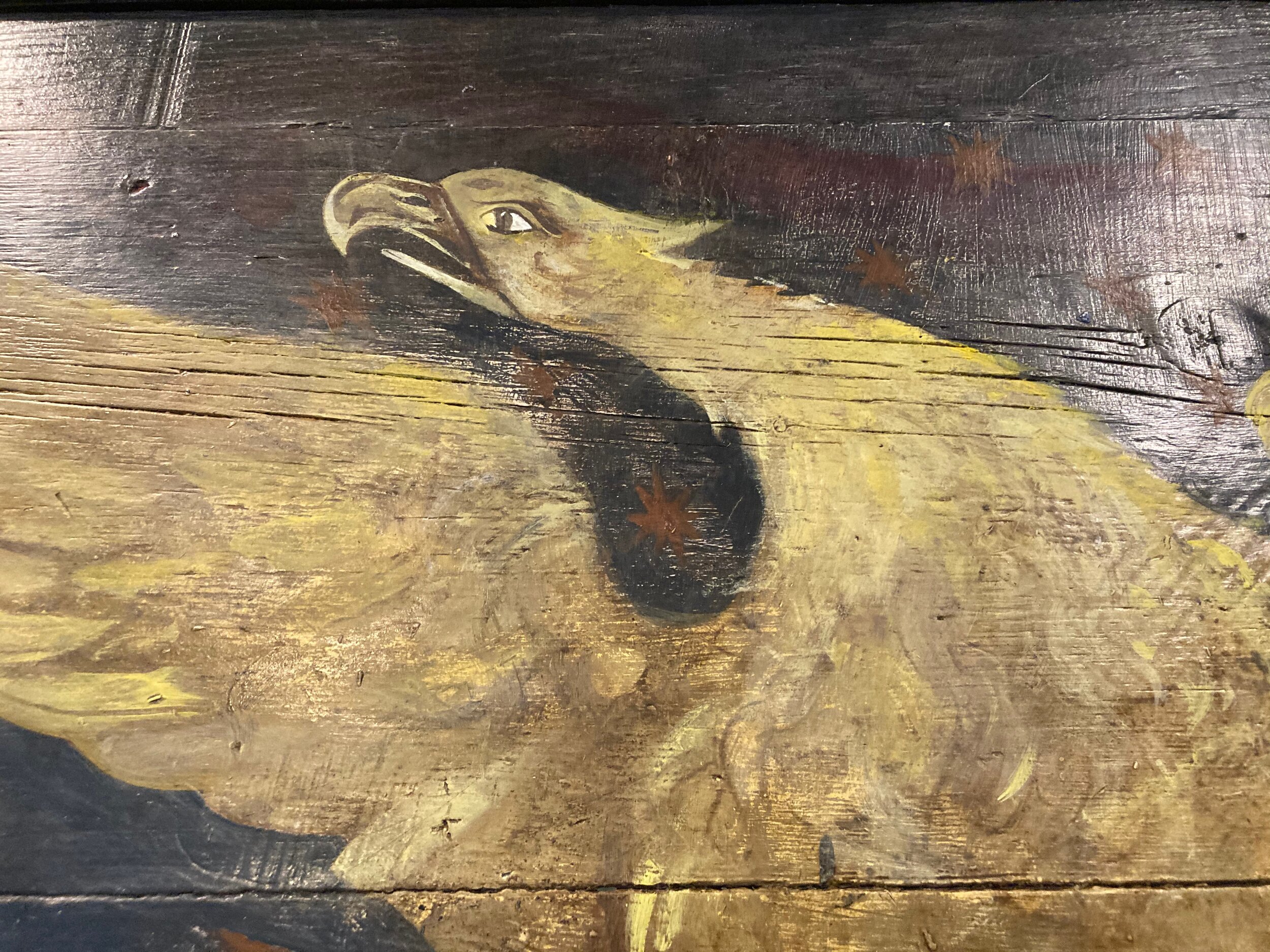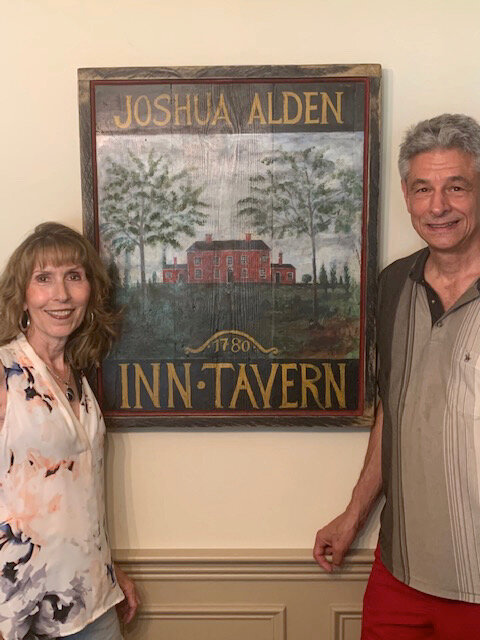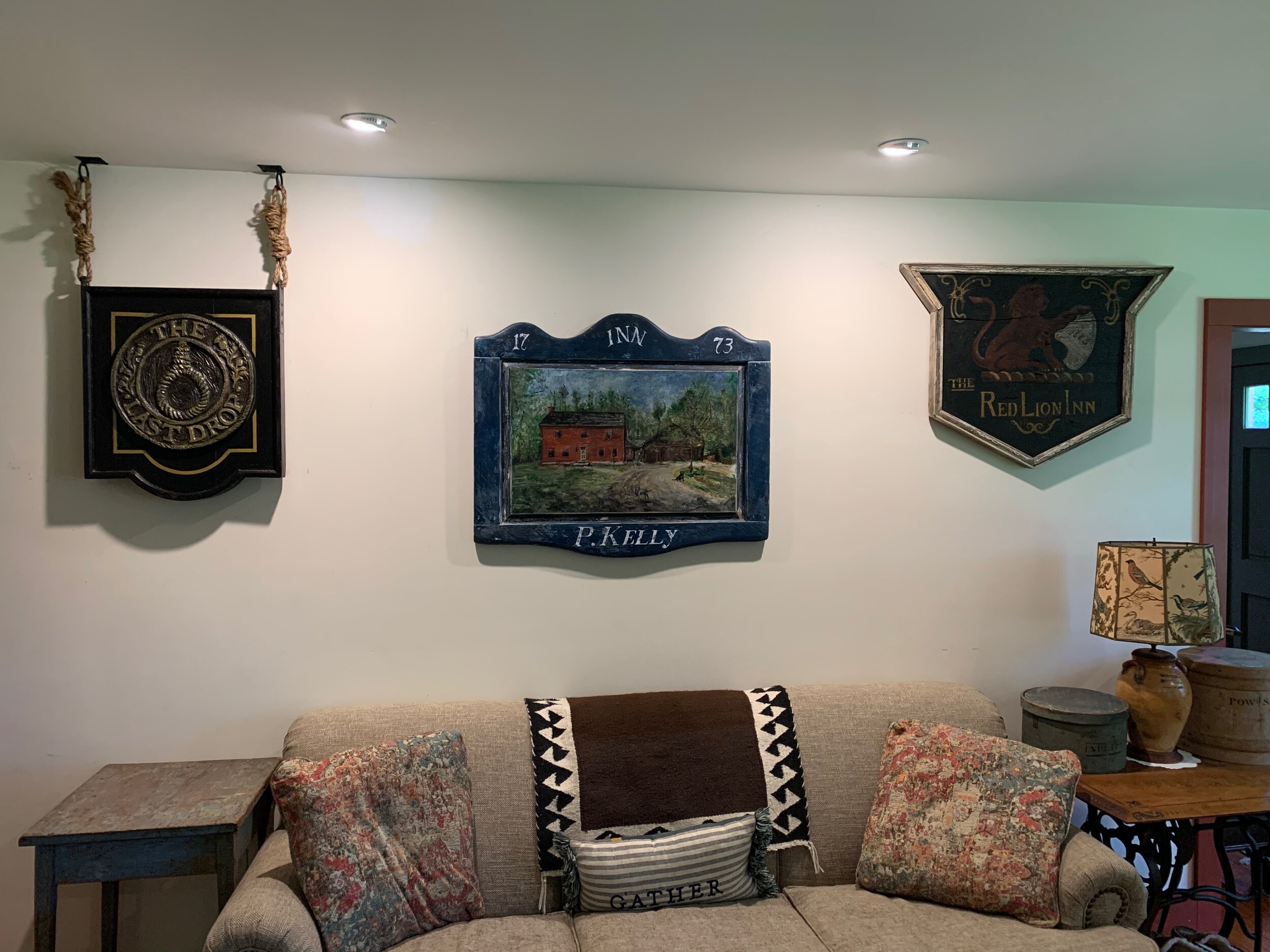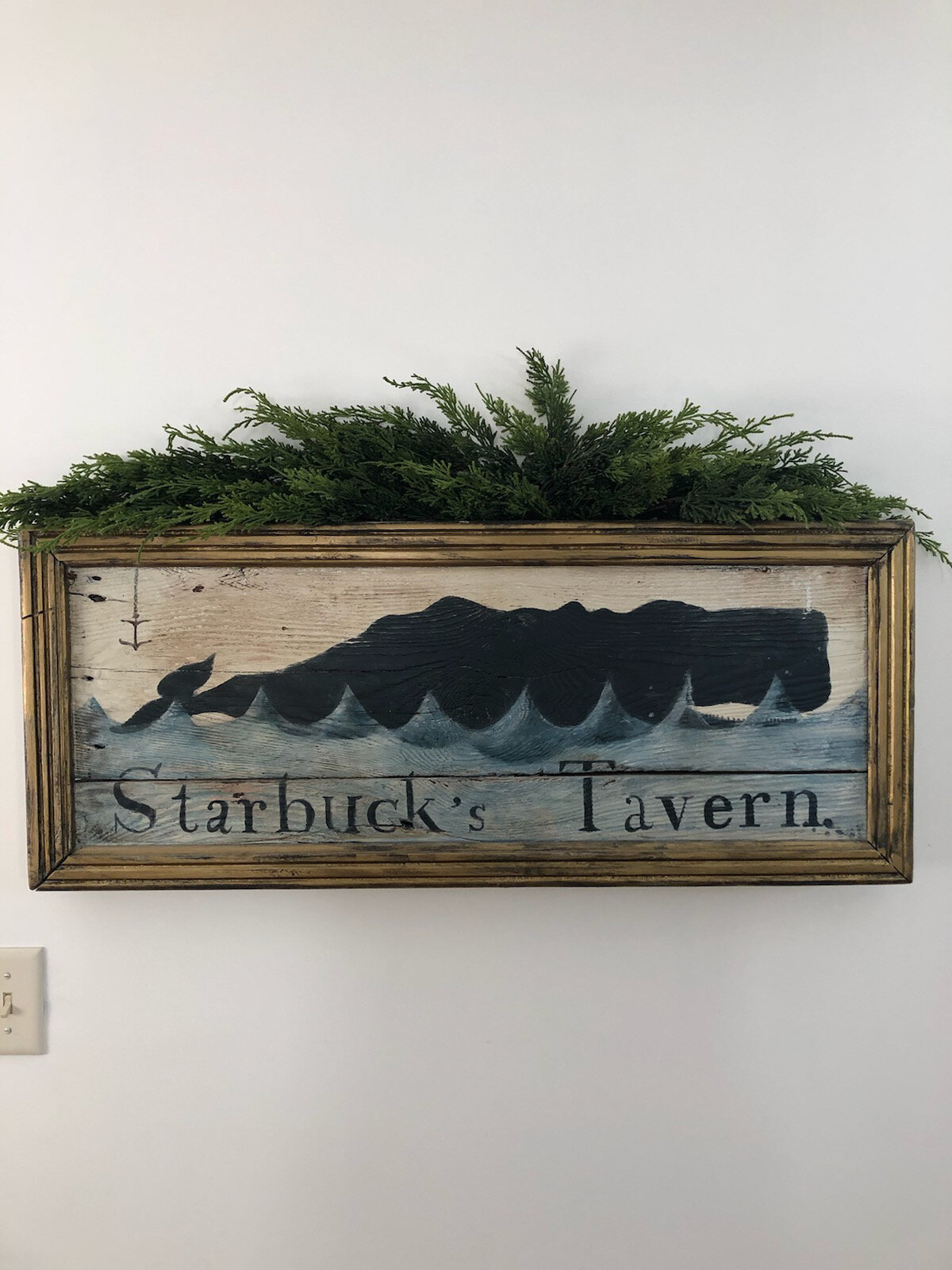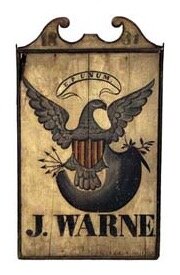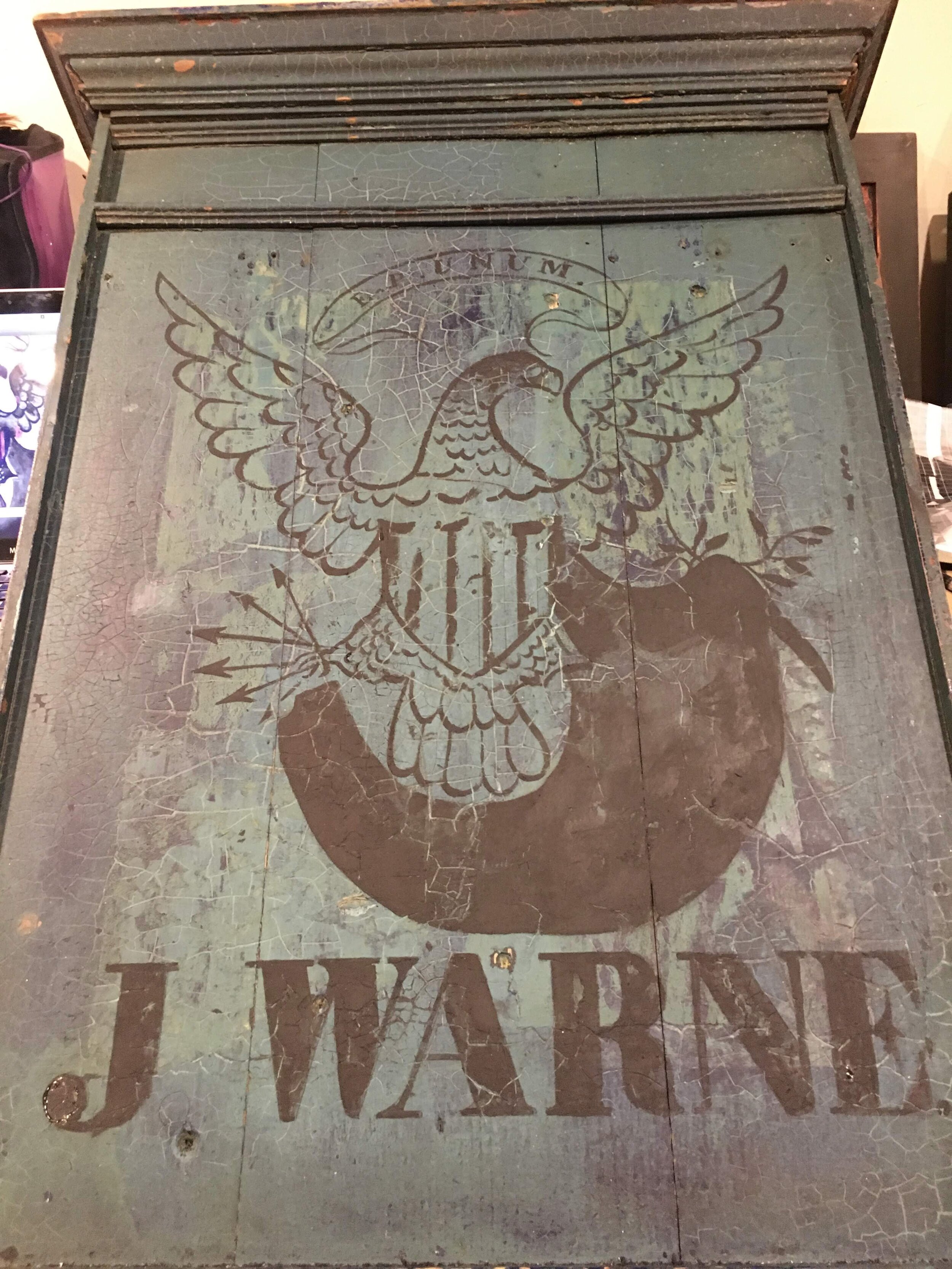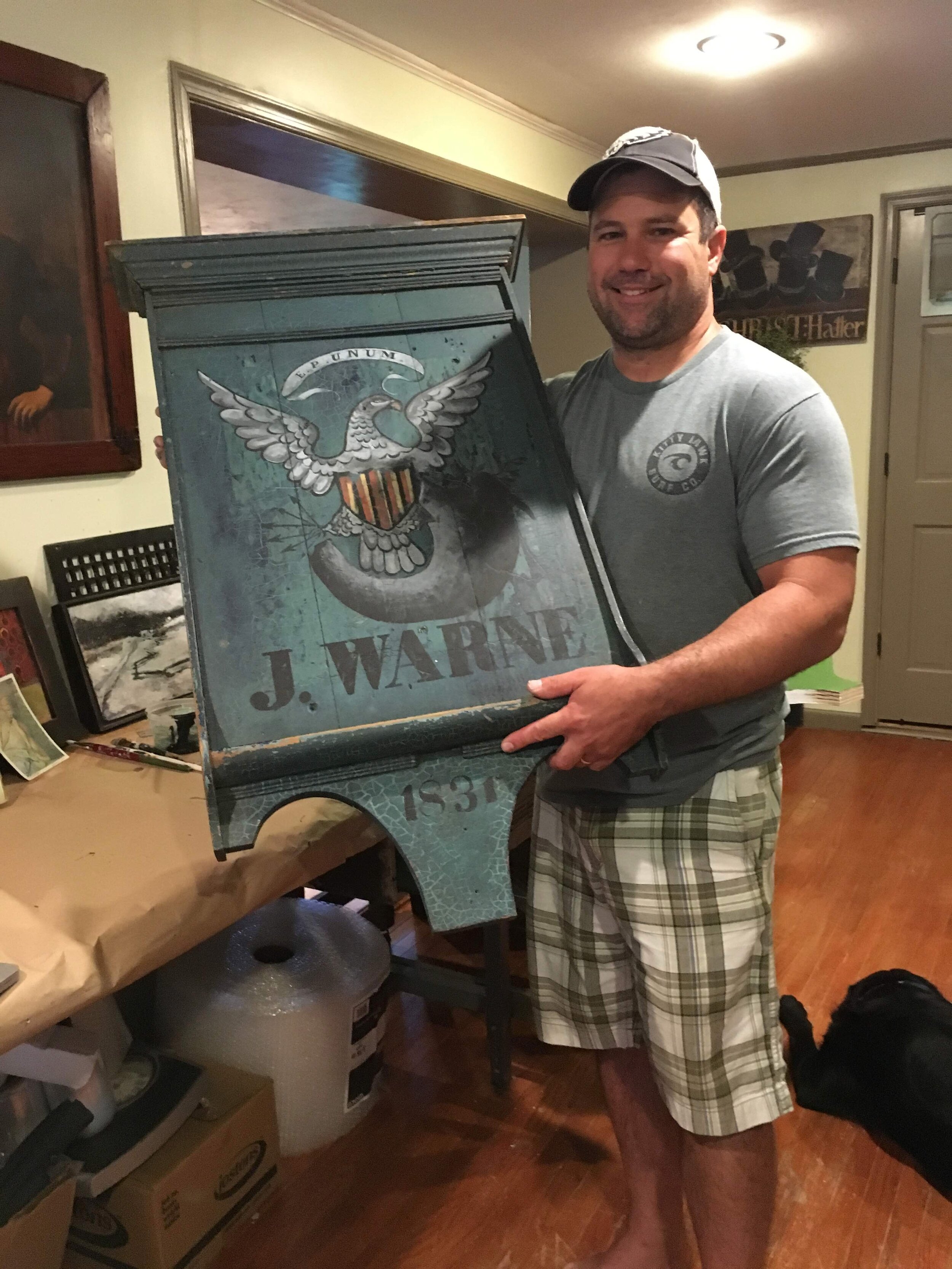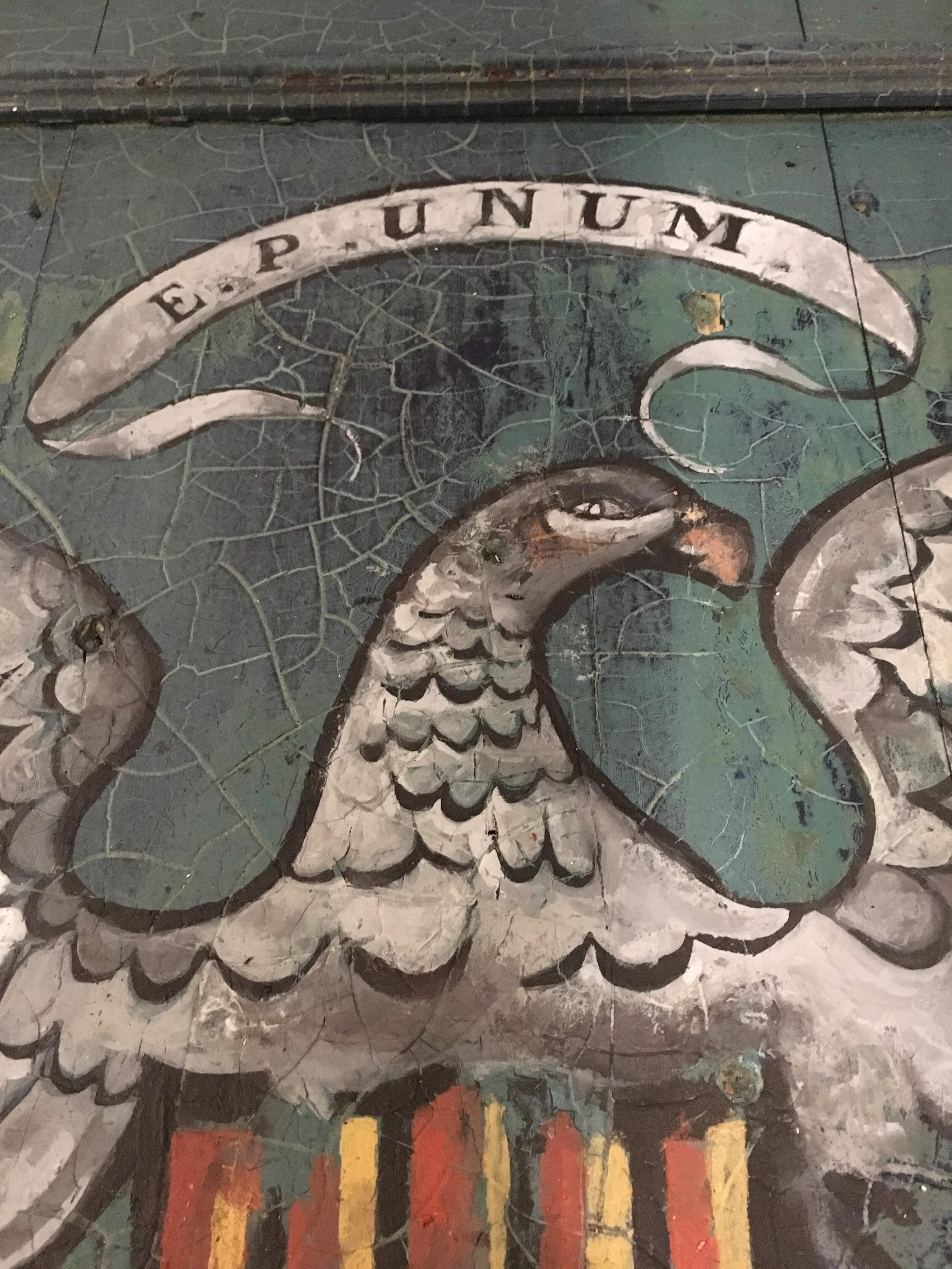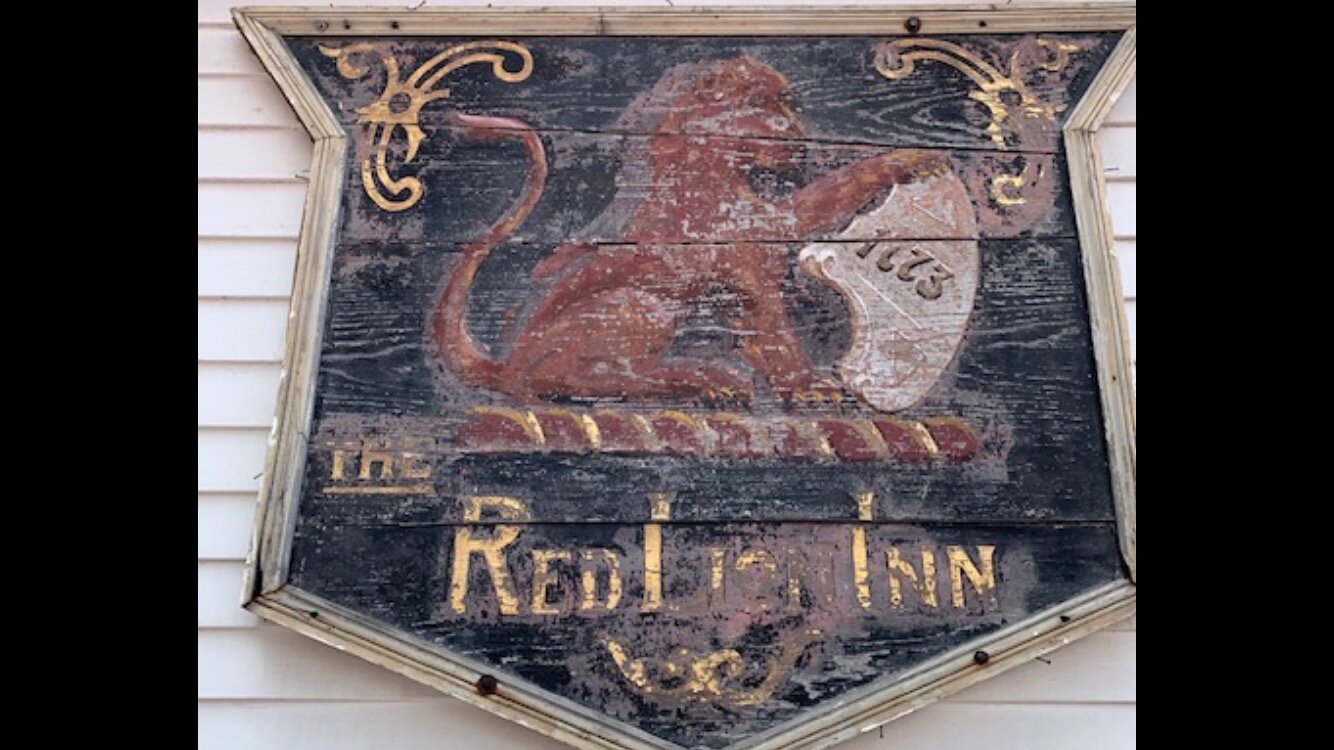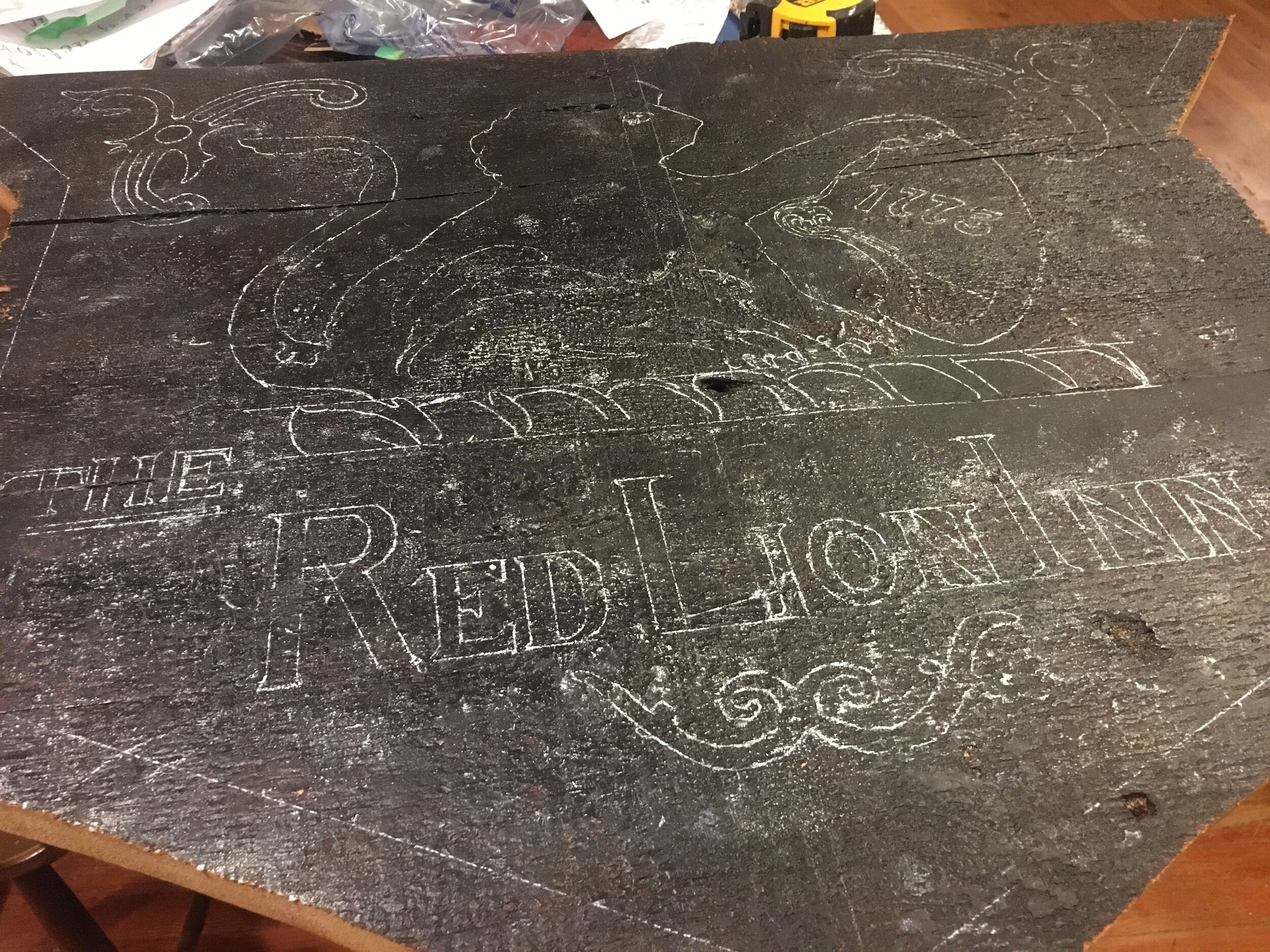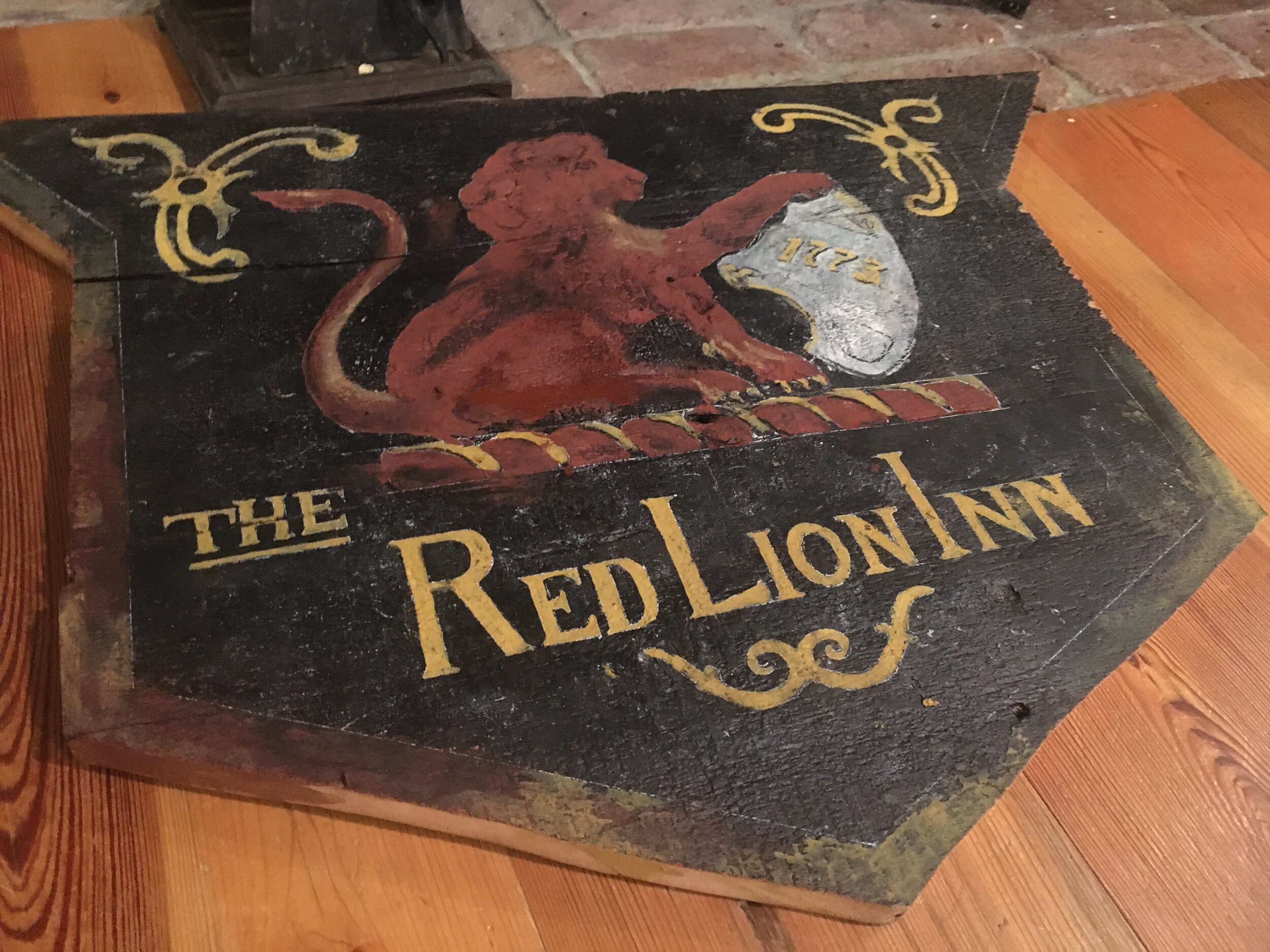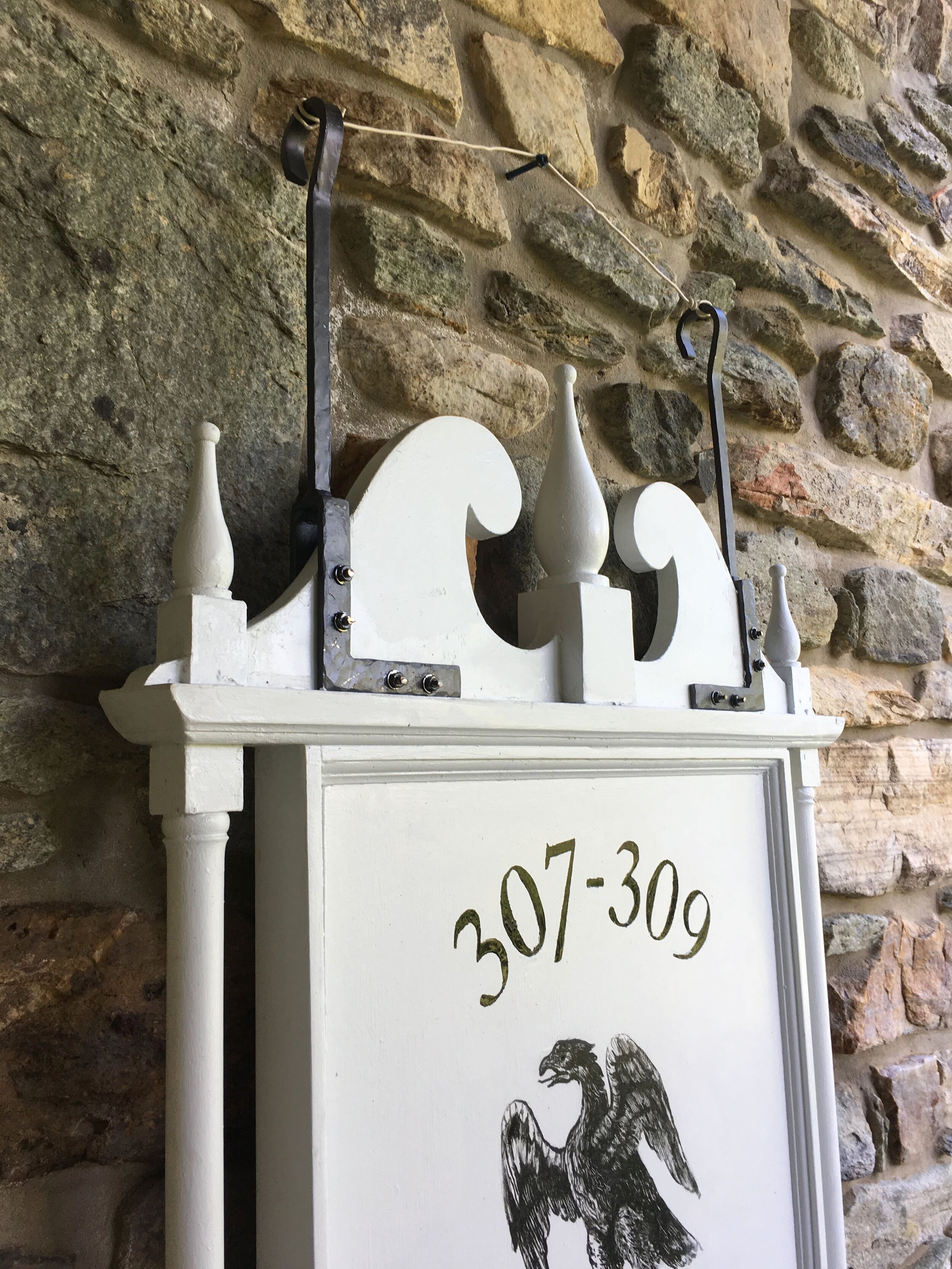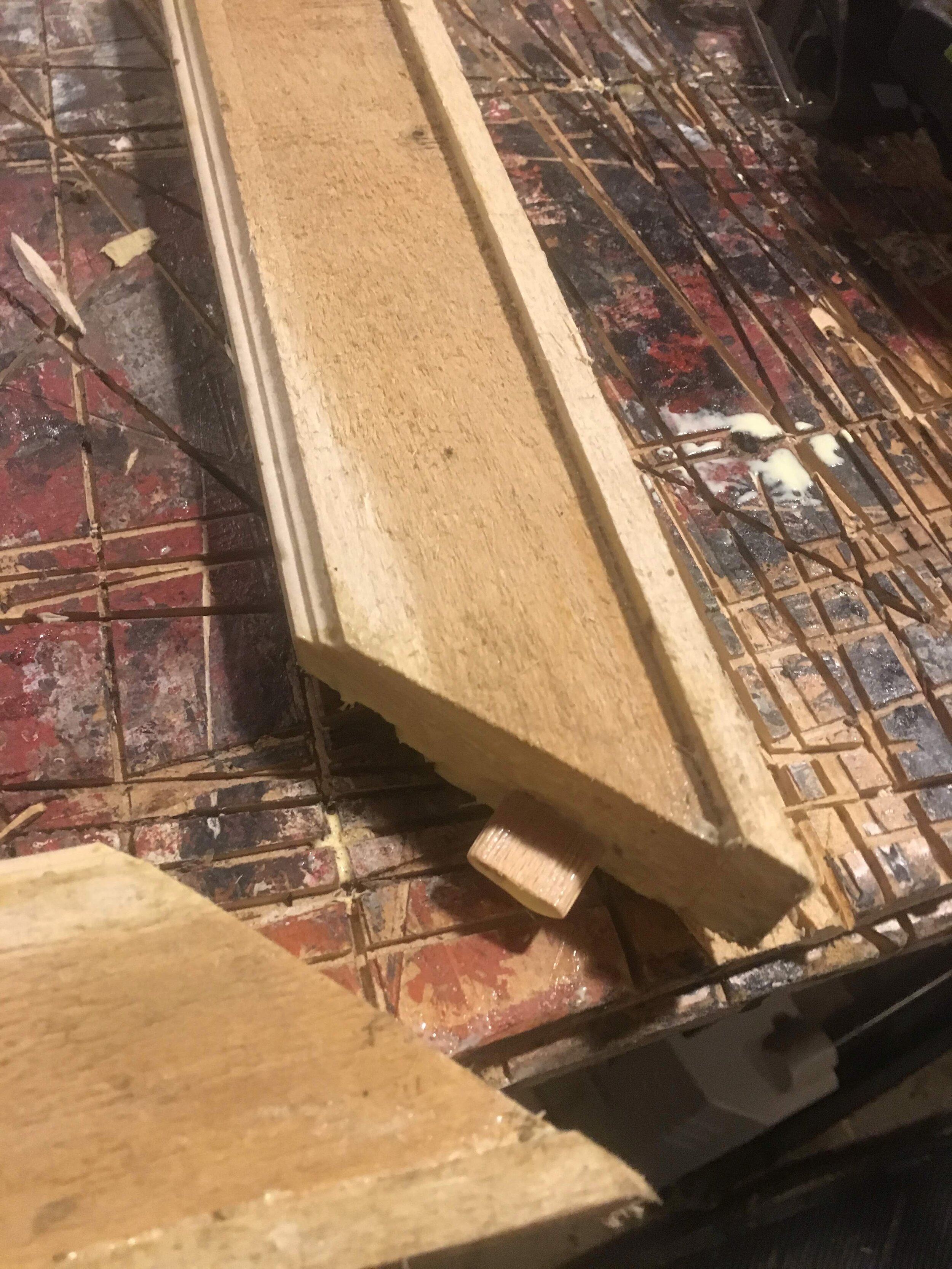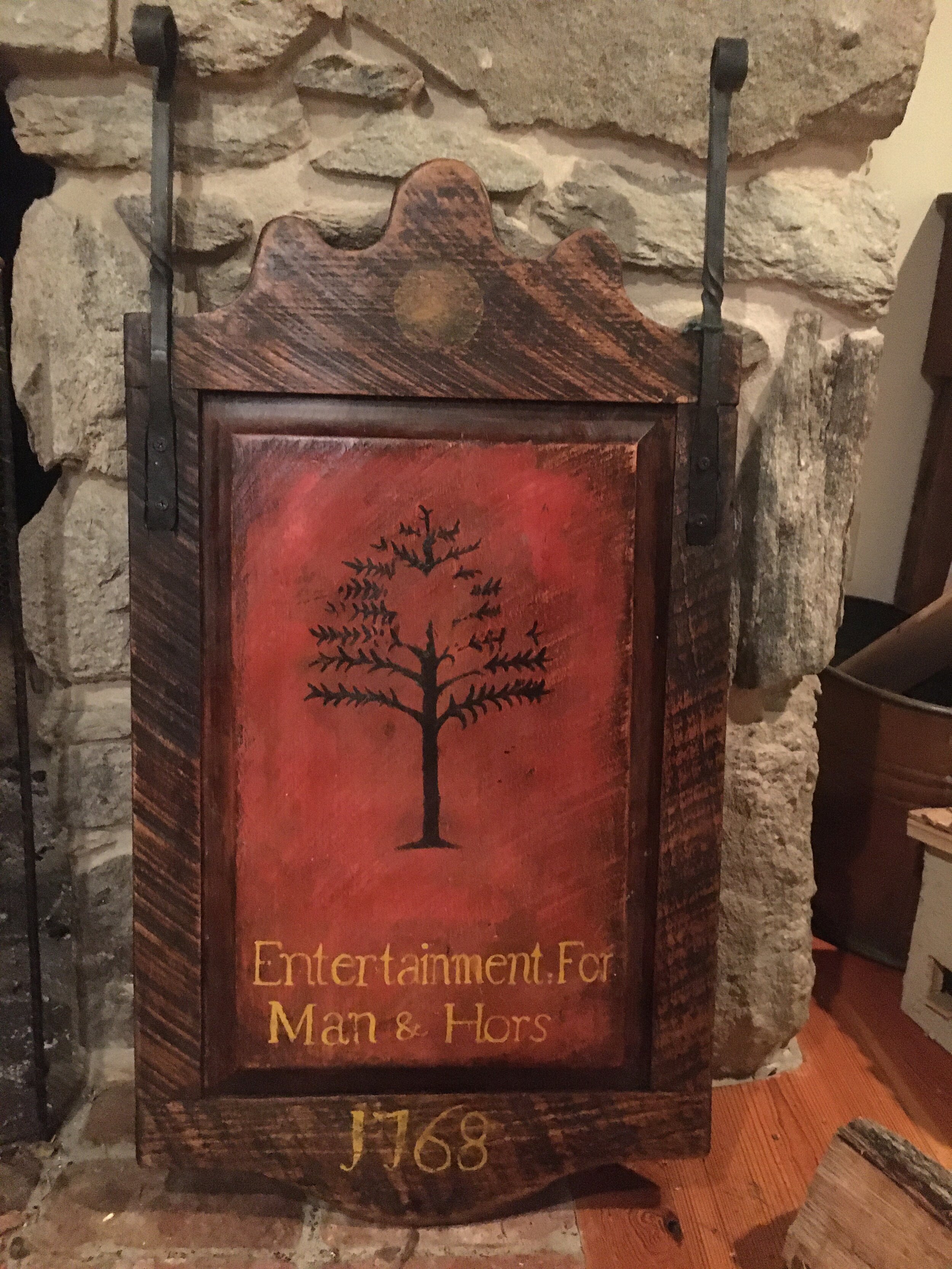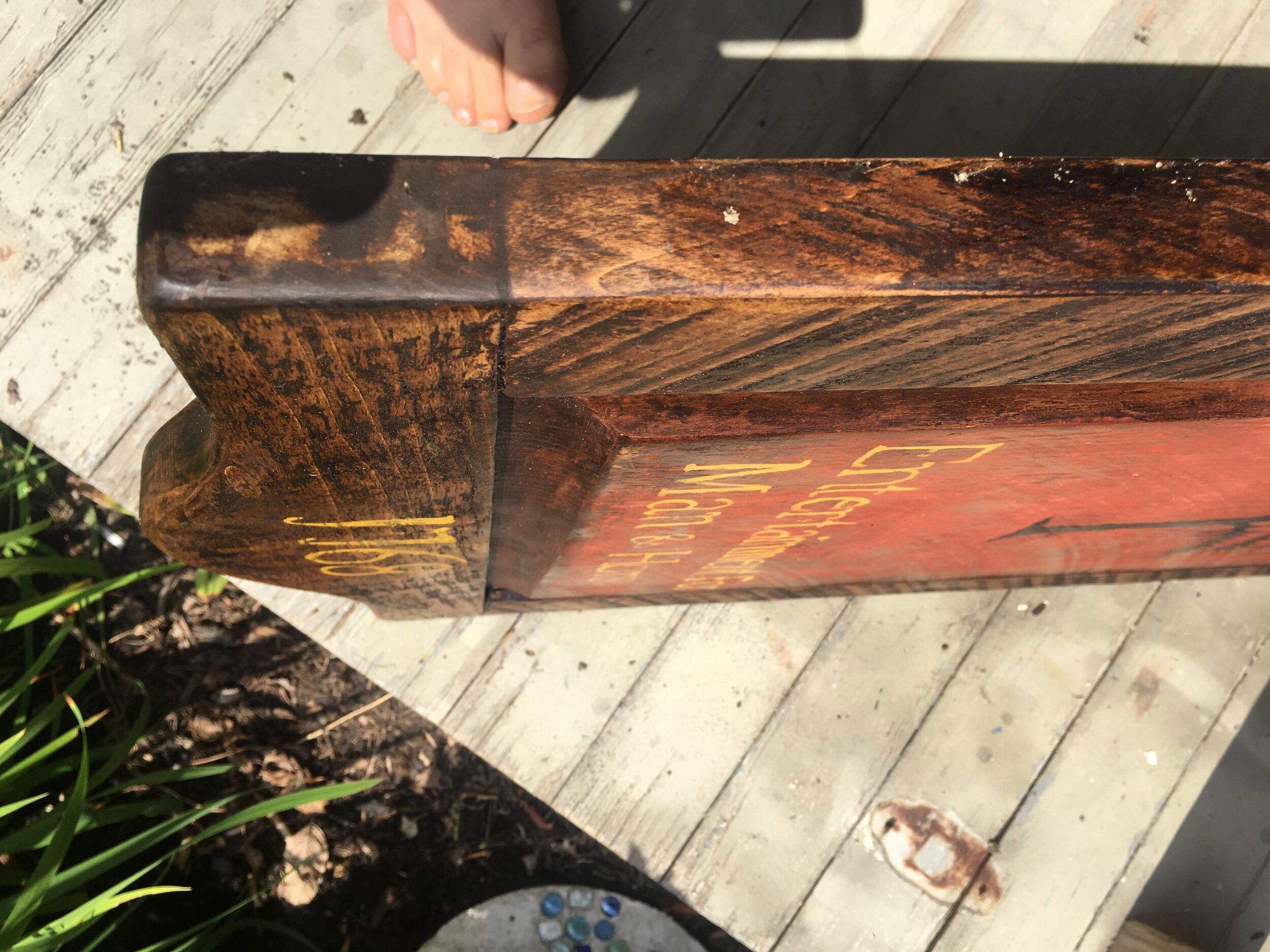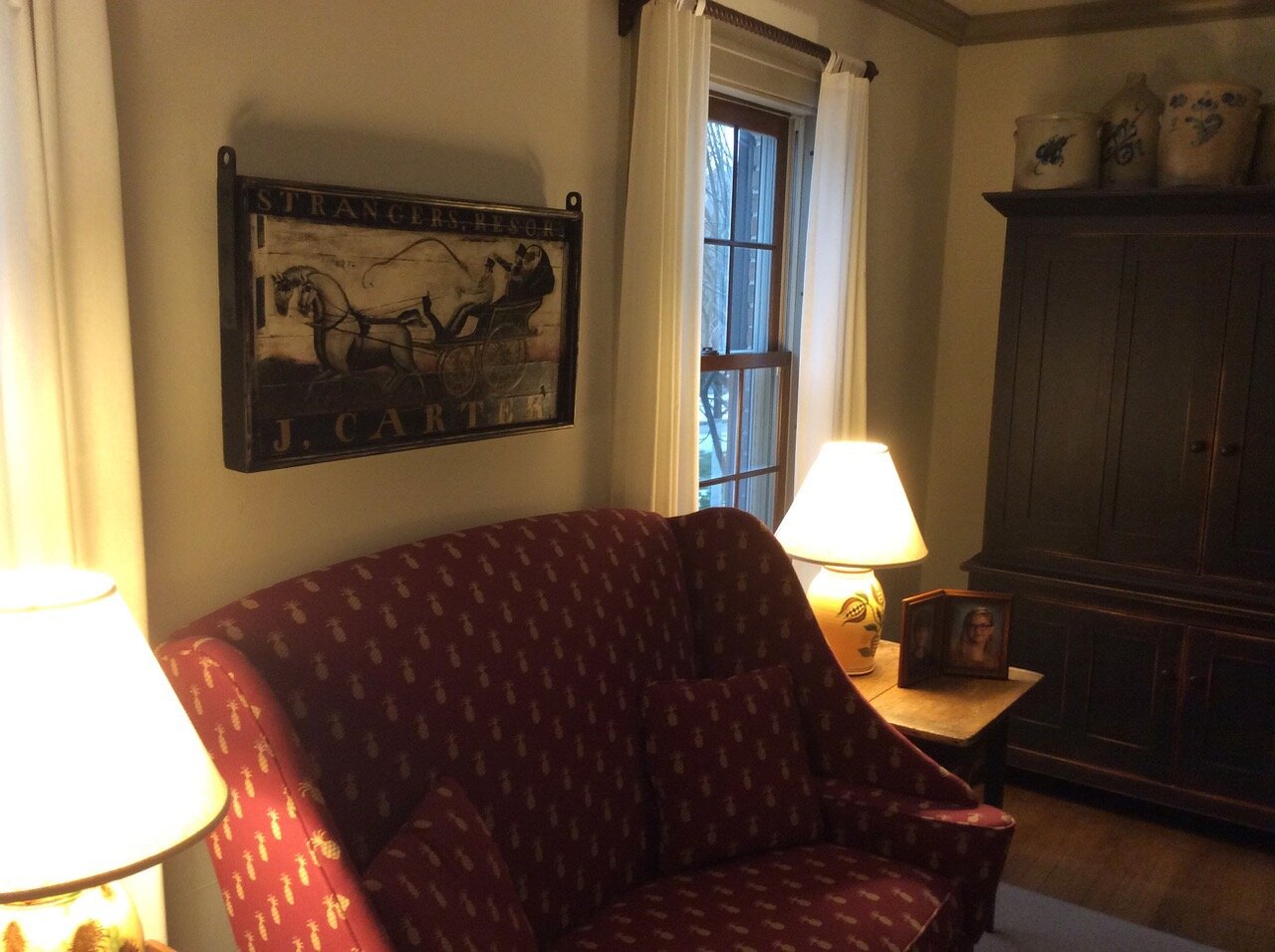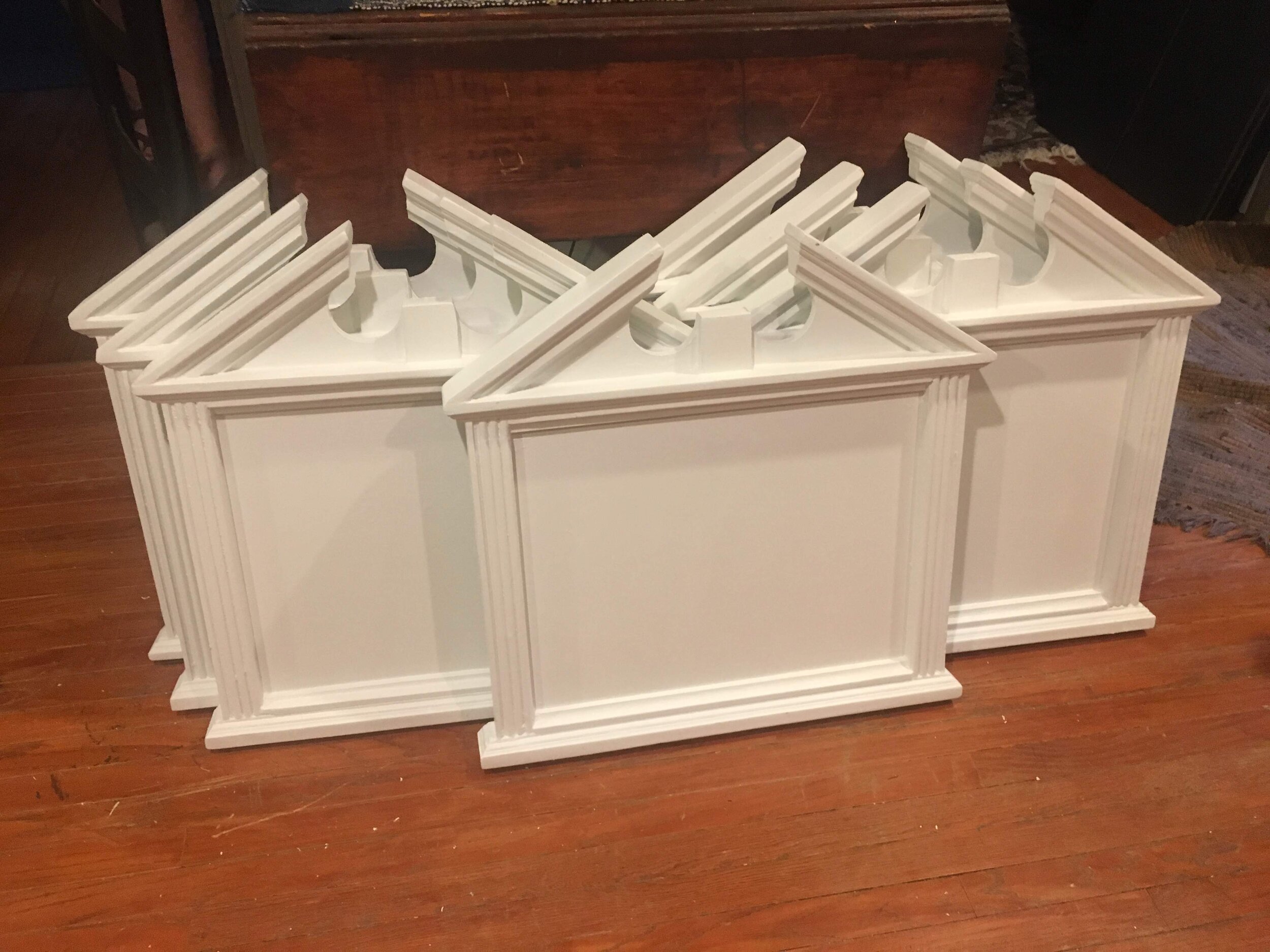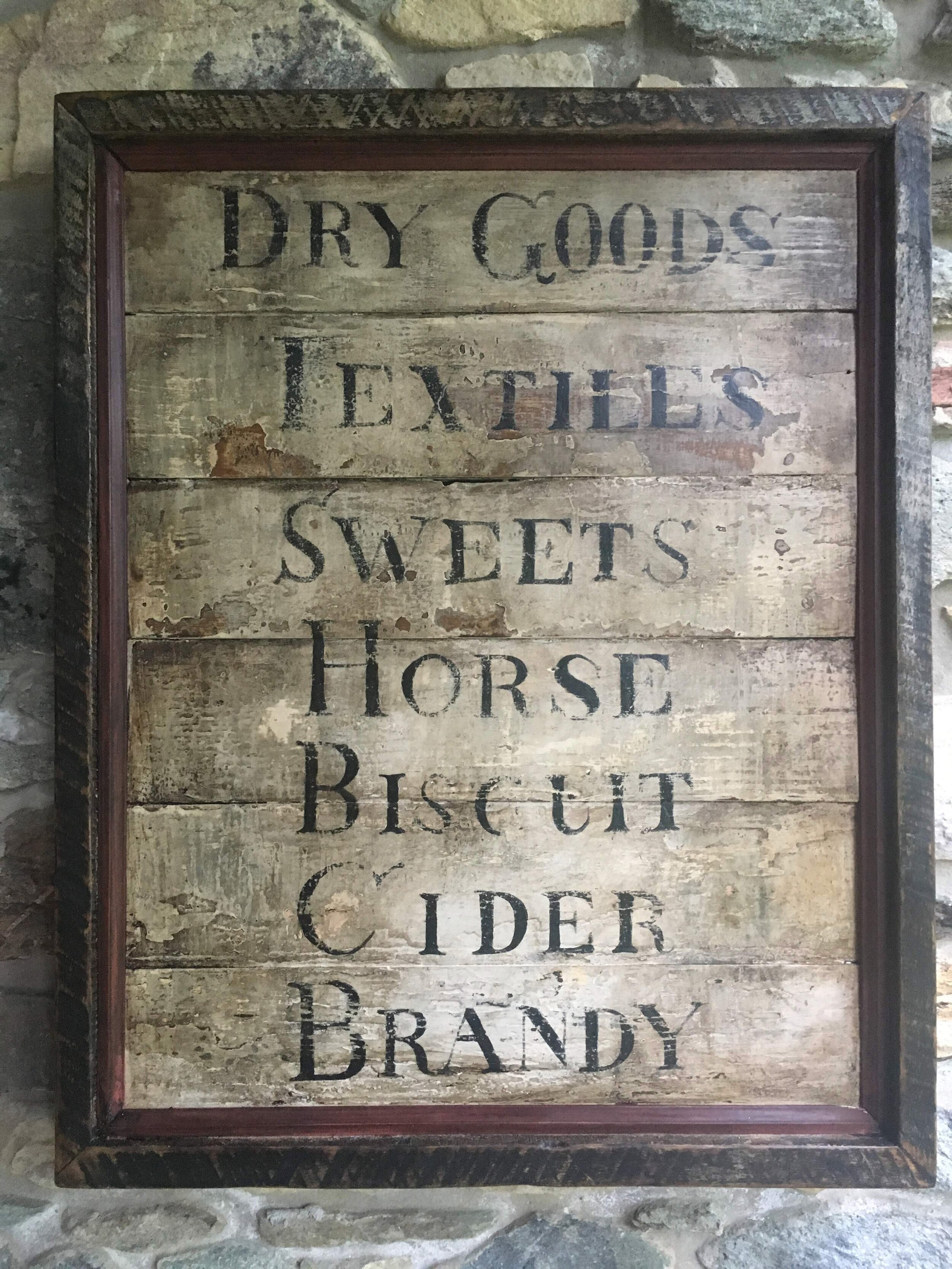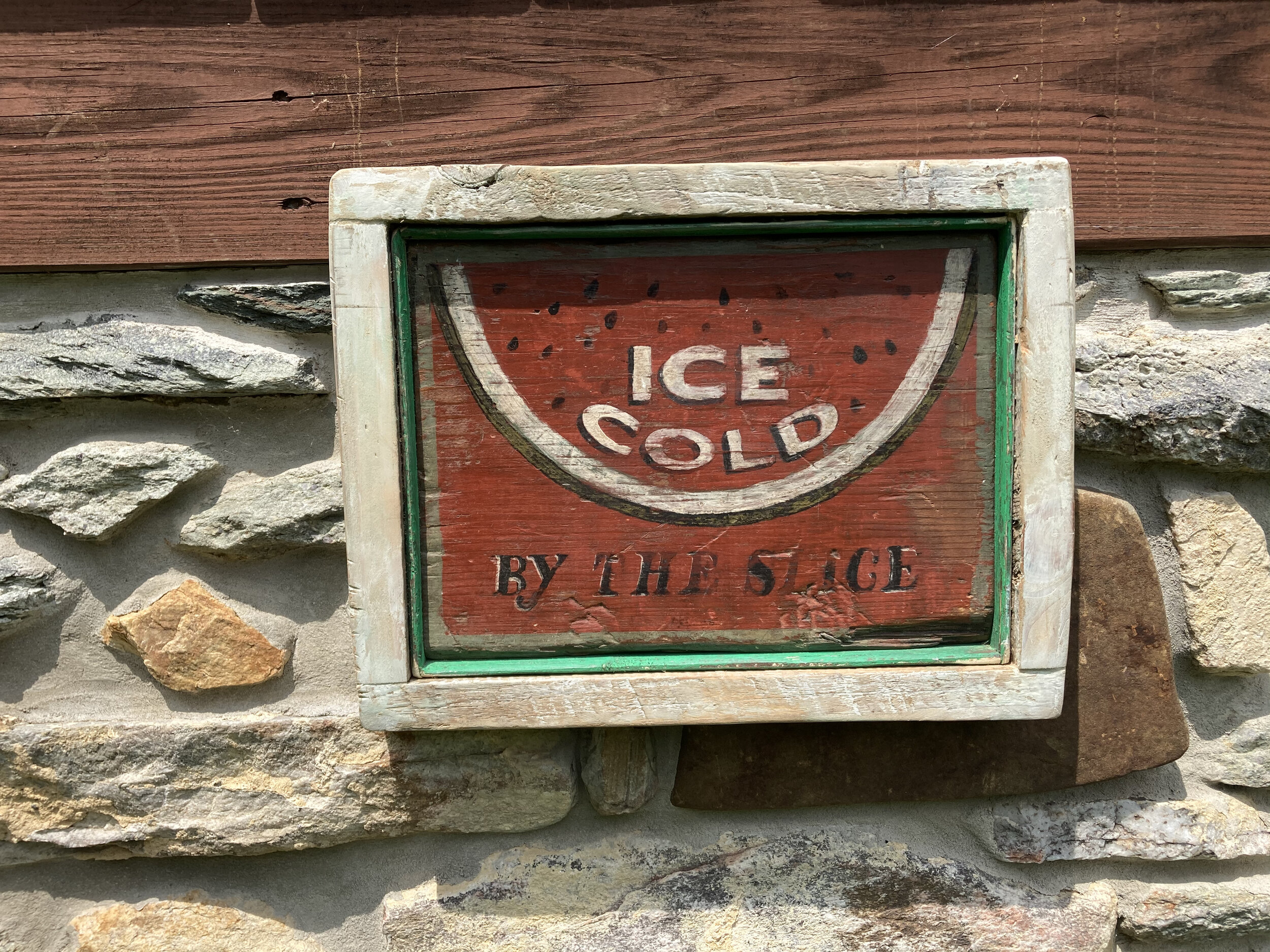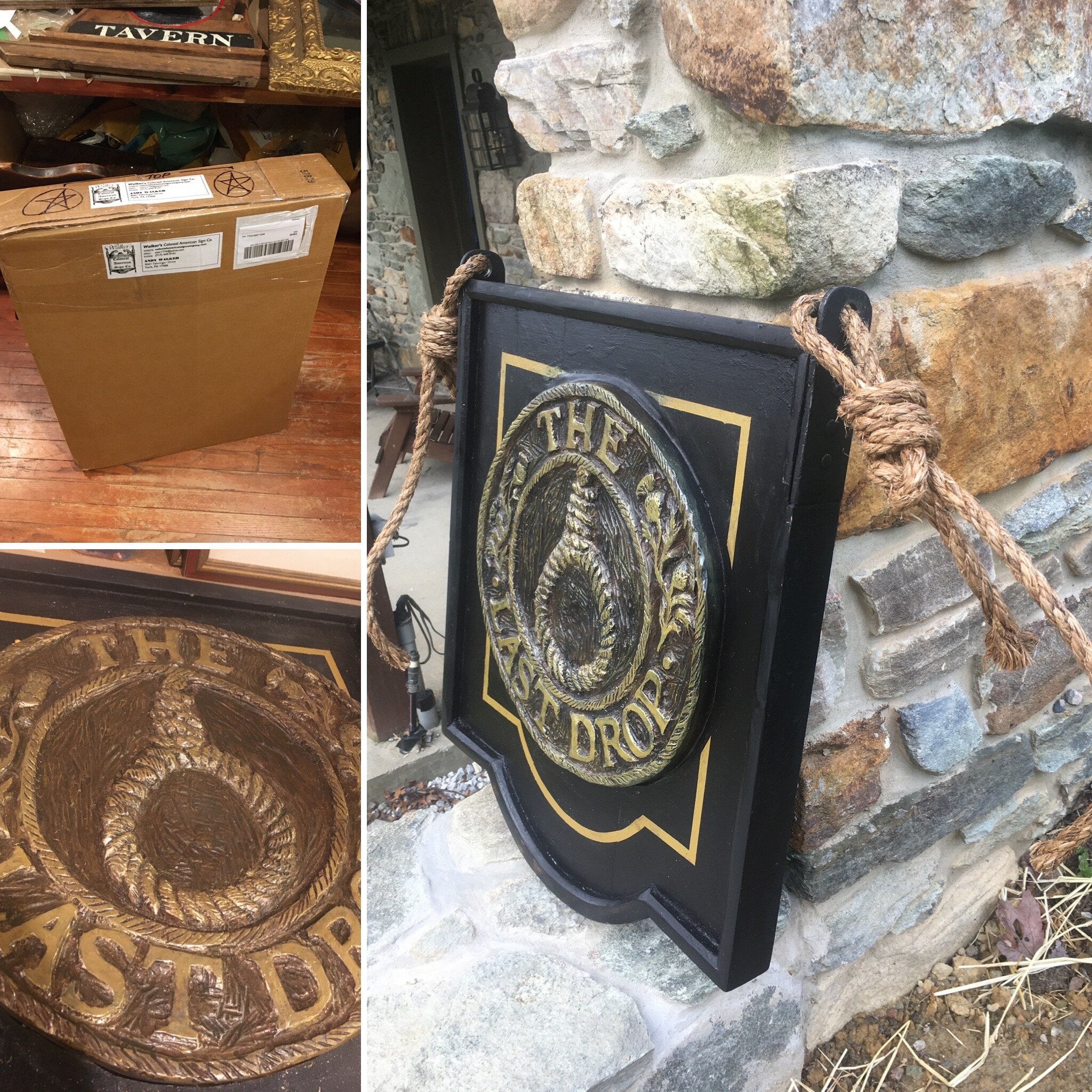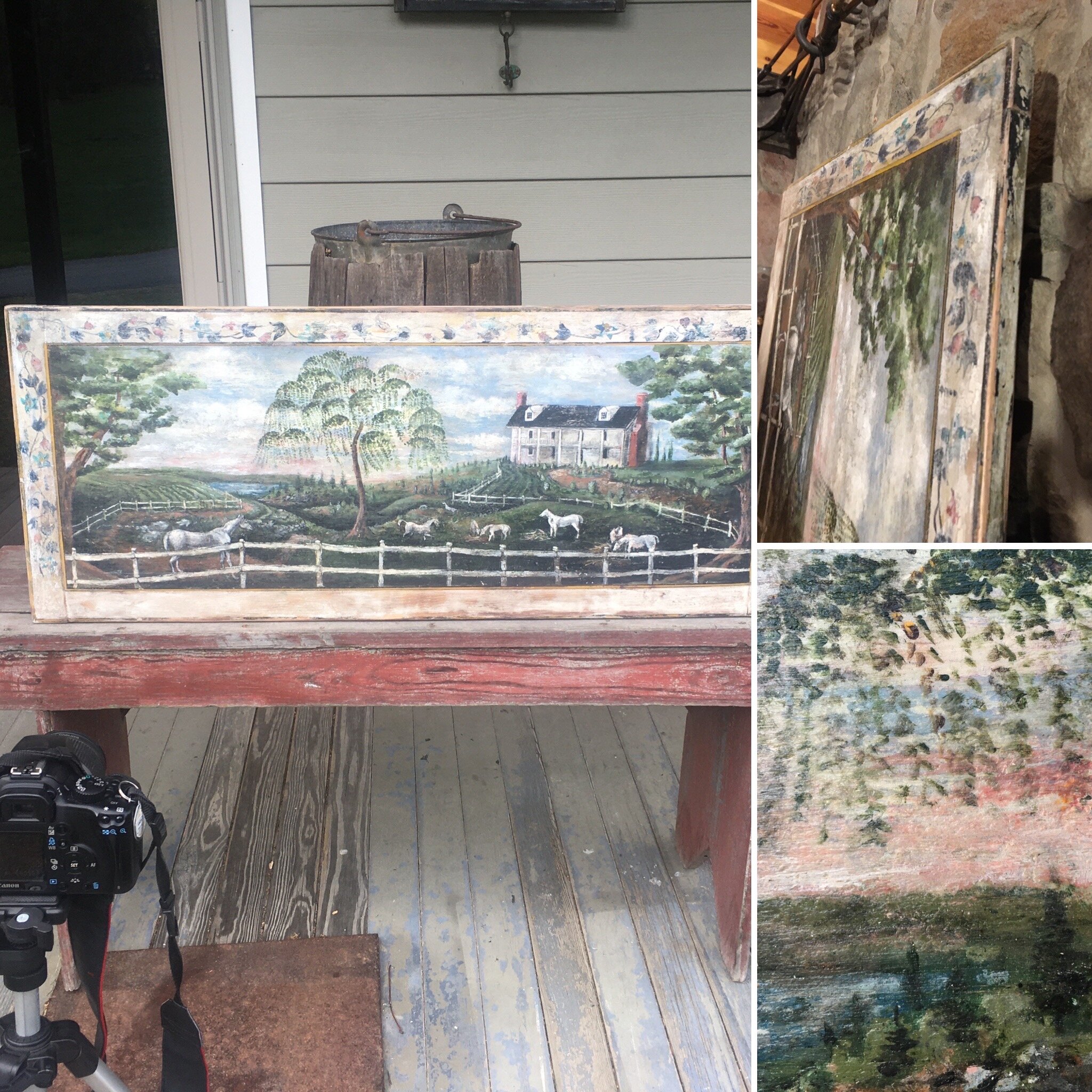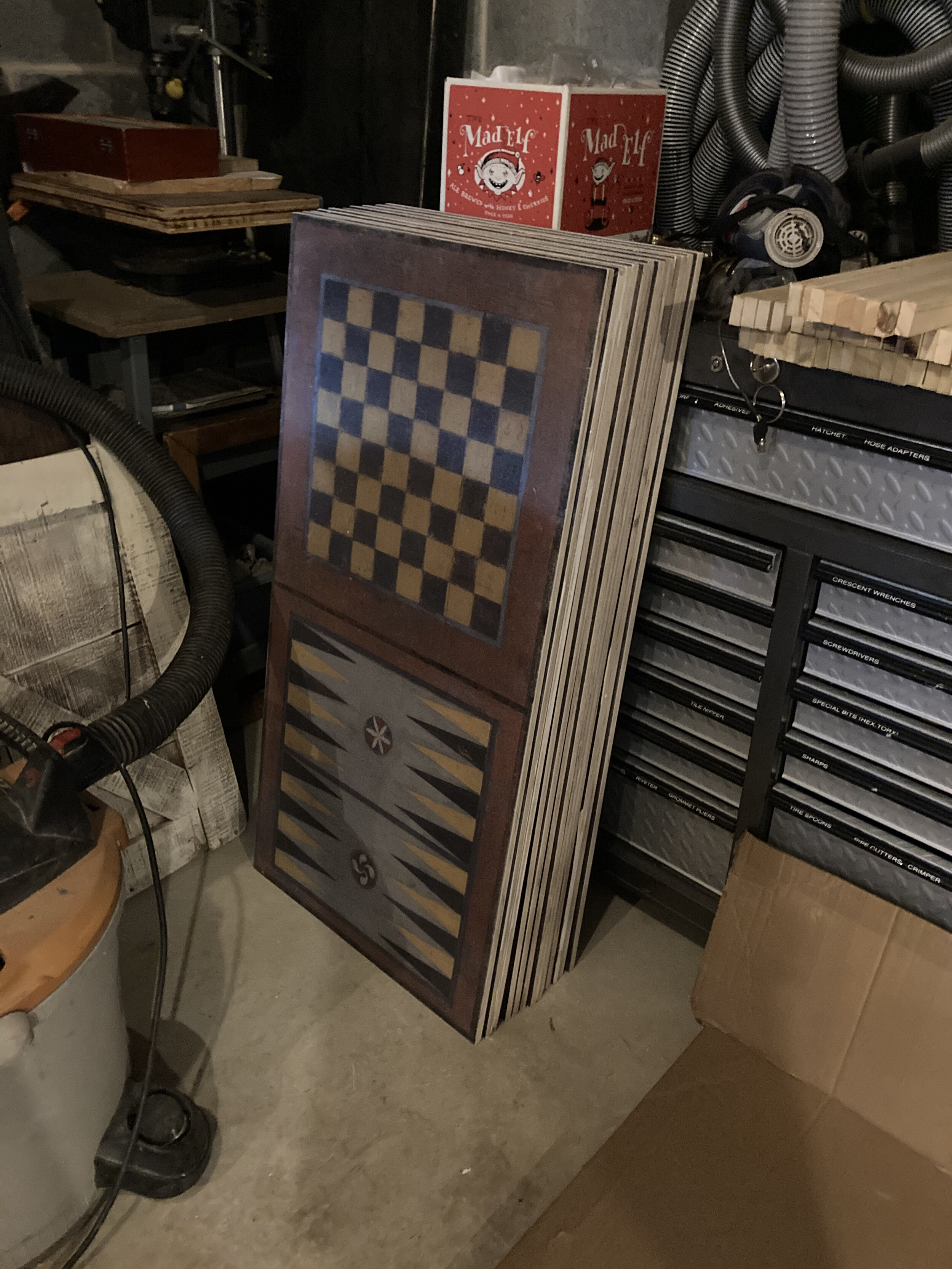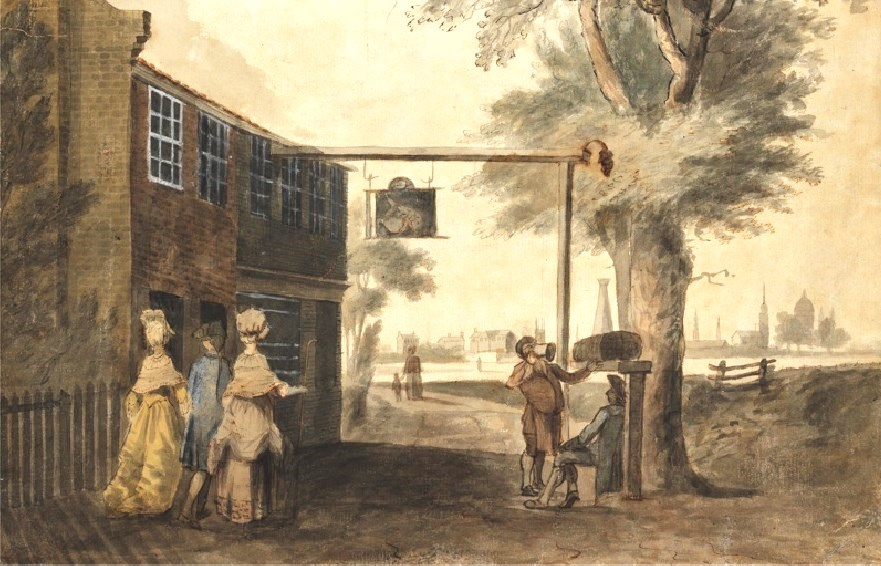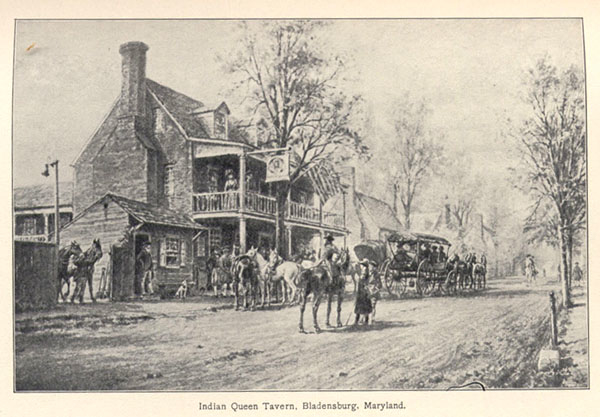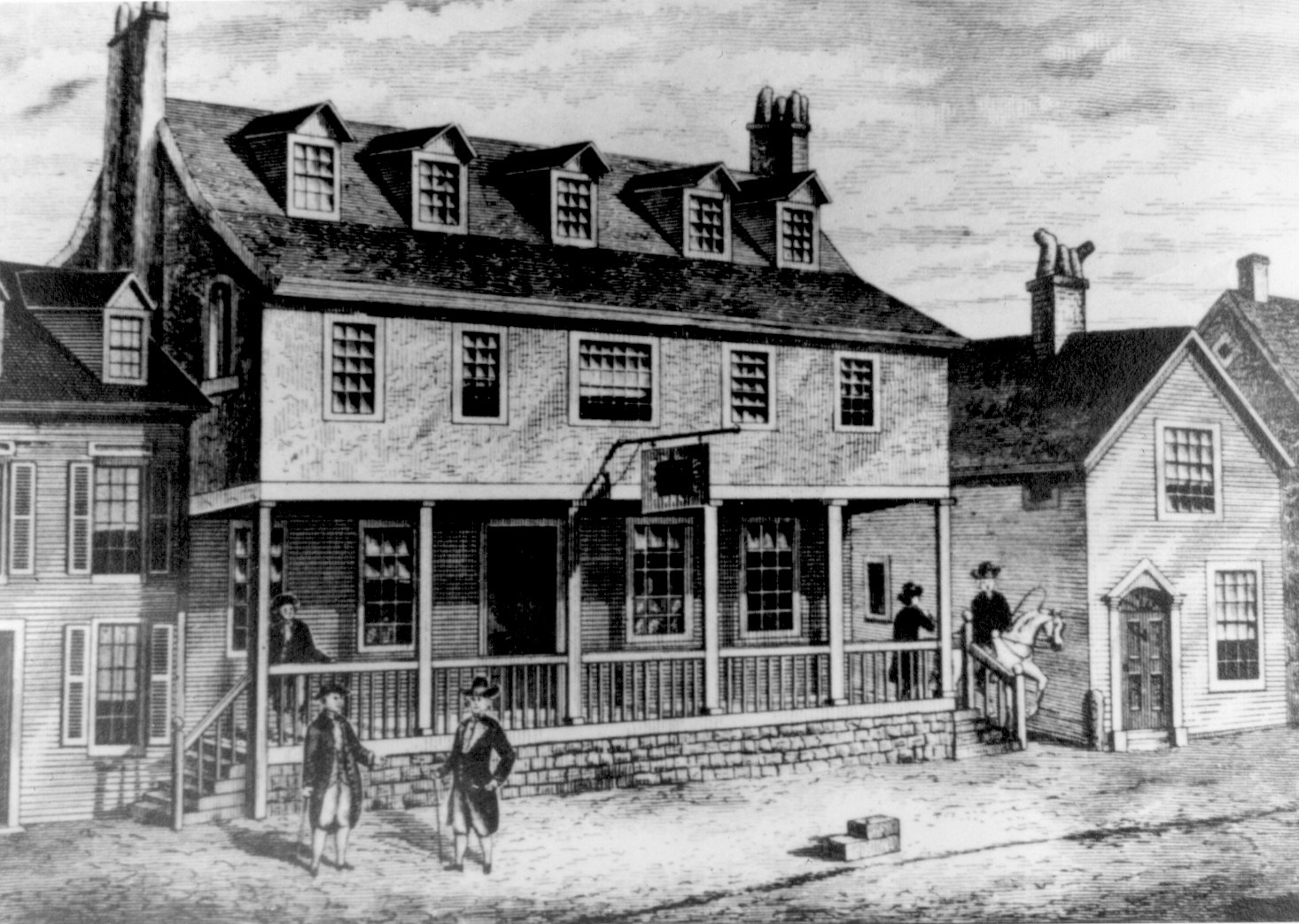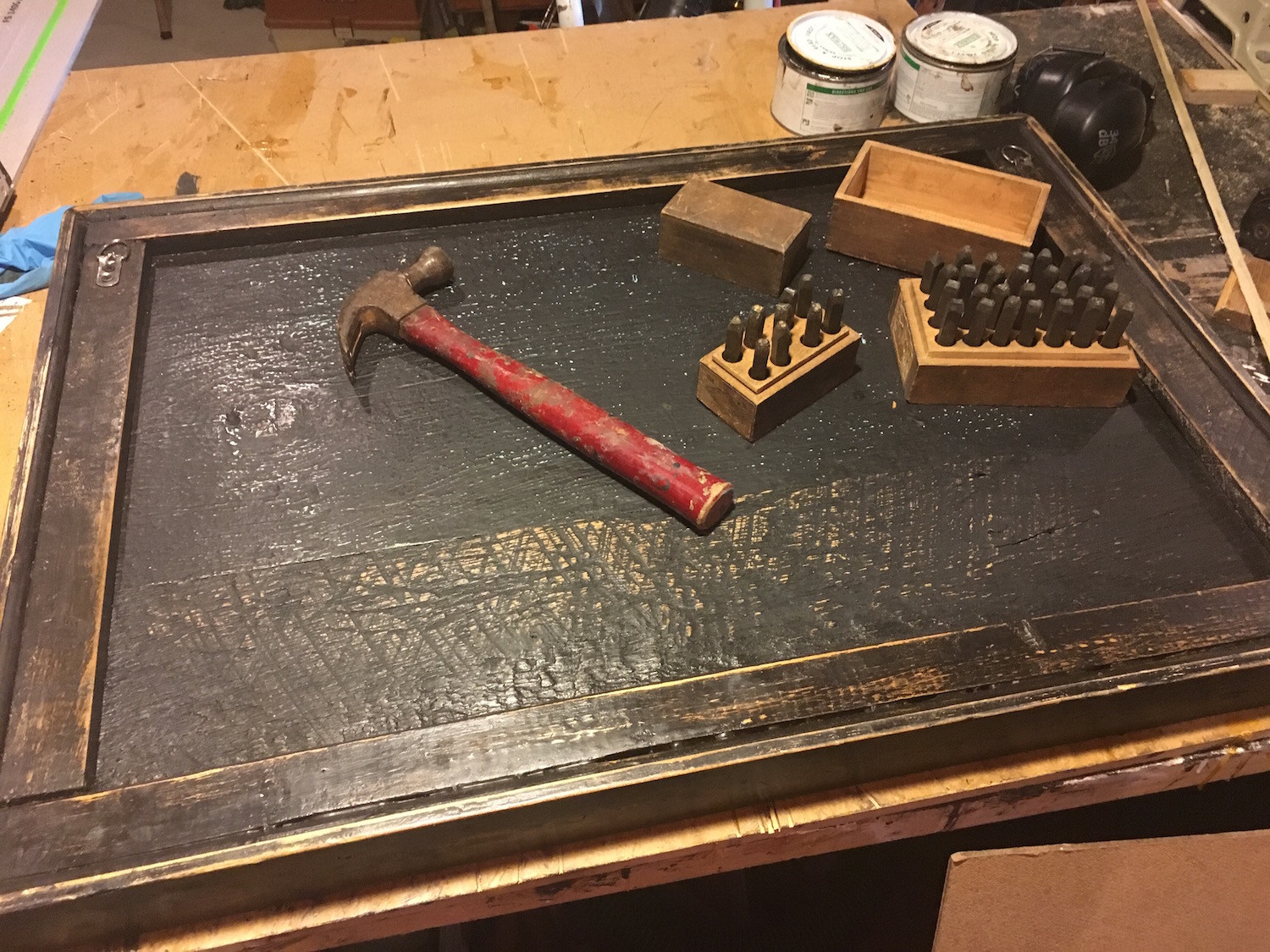My very first sign?
As the 2016 year mysteriously (I mean, like - wasn't it just March!?) comes to a close, I find it appropriate to reflect - not only on this year, but 'in general'.
A few months ago, my dad told me he had something very interesting to show me. He alluded that it somehow related to my present endeavor in sign-making, but wanted to surprise me. Being an appreciator of mystery and suspense, I eagerly anticipated what this enigma might be. When my dad ultimately revealed this item to me, my face instantly lit up. My face wore a large grin - the kind that can only be rendered by a great wave of nostalgia. Before my eyes, I witnessed what may possibly represent my "very first signboard". This rather small object powerfully time-warped me to my early adolescence. All but three decades were vaporized by the mere sight of it.
So, what exactly was this object? Well, it was a sign that I had made for my dad... one that was created a very long time ago. The sign itself had been forgotten (at least the details of it), yet its presence triggered a boatload of nostalgia for me. Somewhere in this nostalgia, I may have pinpointed an early seed that affirms my present efforts in 'sign making'. If I have your interest, please read on...
As a young boy, my dad maintained a part-time / side business (much like the sign business here) that was run from a small, detached cement-block building located a mere stone's-throw from our family house. When he wasn't tinkering, my dad spent his time repairing radiators in this building. The business was aptly named Jim's Radiator Service and its humble headquarters represented, for me, a sheer wonderland for my own imagination. To this day, I would hold my dad's work ethic up to anyone who proclaims to be a 'hard worker'. His full-time factory job demanded great energy from him. To boot, most weeks were overflowing in overtime hours, of which he took full advantage. Despite this, my dad spent considerable time in his small unassuming garage space - engaging in the gritty pursuit of radiator repair.
Like most good kids my age, I delighted in offering my dad a helping hand (<<< Not always, but most times). Not one to engage in the specialty tasks that would be performed in this small space (such as: welding, grinding, or soldering), I oftentimes reached for the broom and dustpan - making small strides each session to reveal the hidden cement floor that lied beneath the layers of debris and dust. Great pride was taken in my "garage-beautification" efforts, as the words and facial expressions from my dad's face were more than affirming to me - his loyal helper. Sometimes, I would reach the point in my organizational activity where I felt that 'everything that can possibly be done had thoroughly been done'; While I would love to go back in time to observe whether or not I was indeed correct in such assessments (haha), I am happy to say that such milestones would permit me the opportunity to engage in hands-on creation of my own.
Such creation fell into one of two activities - using a wood-burning tool to make marks on wood or grinding into wood with an electric Dremel tool. Yes, employing the good ol' Dremel tool would ironically contradict the clean-up efforts that, most likely, preceded this. But, this point merely confirms my mom's all too familiar statement of me - that "There is nothing more enticing to you than a clean room." Yes, I absolutely love to begin a new hands-on activities in a clean environment, but I regress... :)
Most of the time, I would make various types of signs with these tools, much like the cool CNC-routered specimens I would casually admire at places like the Ocean City boardwalk, various trade shows and the annual York County Fair. I recall making signs stating words and expressions like "Open" and "Jim's Radiator Service", but also remember a few depicting scenes of whitetail deer and game fish. Wearing my safety goggles, I would hack away at my creations - most times within a veil of secrecy. You see - it was my intention to unveil these masterpieces to my dad or other family members as surprises.
Finally cutting to my point, the following example represents one such creation. In my mind's eye, this sign was much more fabulous and grandiose. My dad explained just how much this sign meant to him, especially way back then - when I initially presented him with what I considered the manifestation of my artistic genius. I recall the feeling vividly... it was as if my soul was smiling and bubbling with joy over the satisfaction that met the shock of this well-calculated surprise. To this day, I still thrive on the creation of such emotional well-springs. There are few more authentic indicators of satisfaction to an artist / craftsman than the positive reaction on the part of a person receiving a work in hand.
